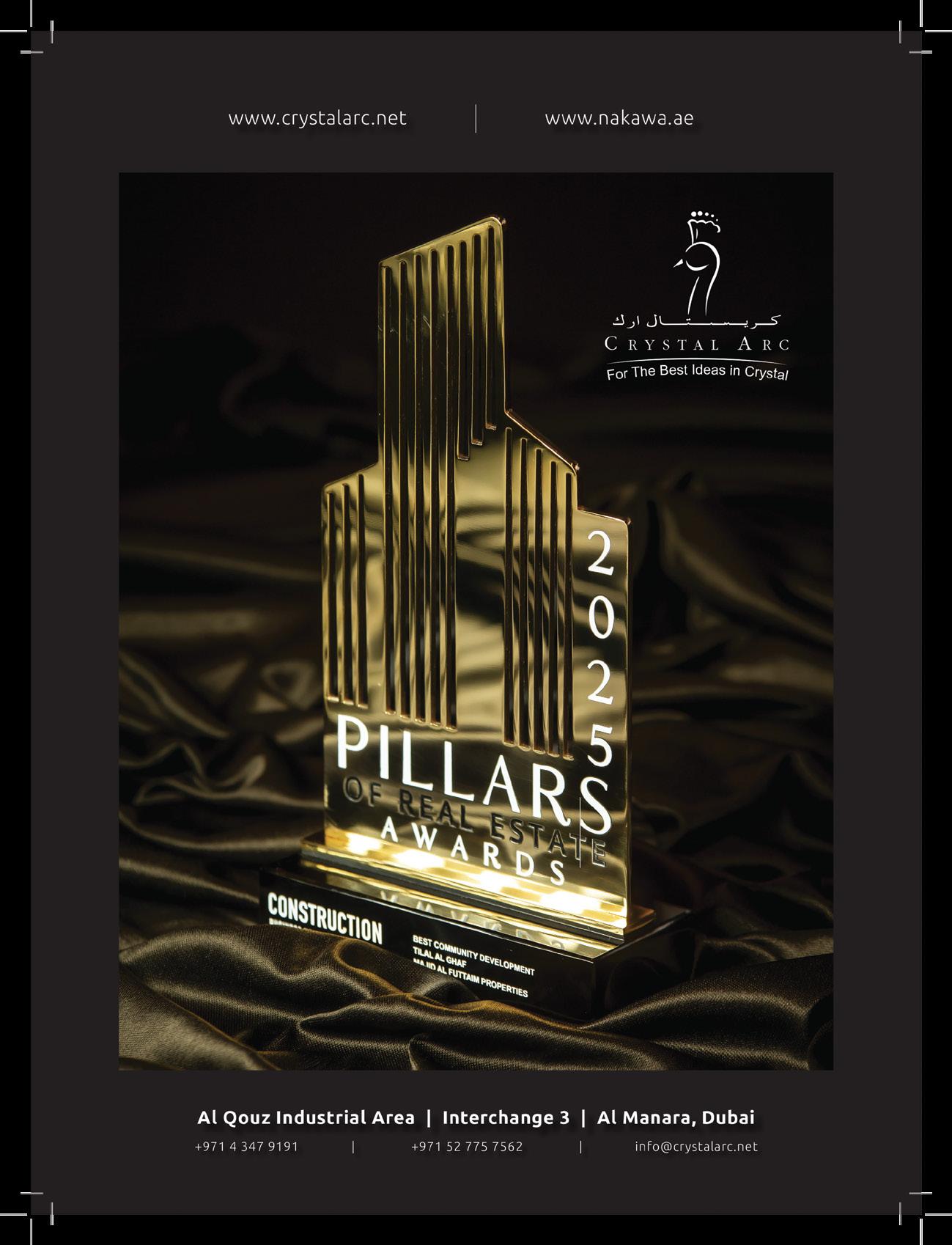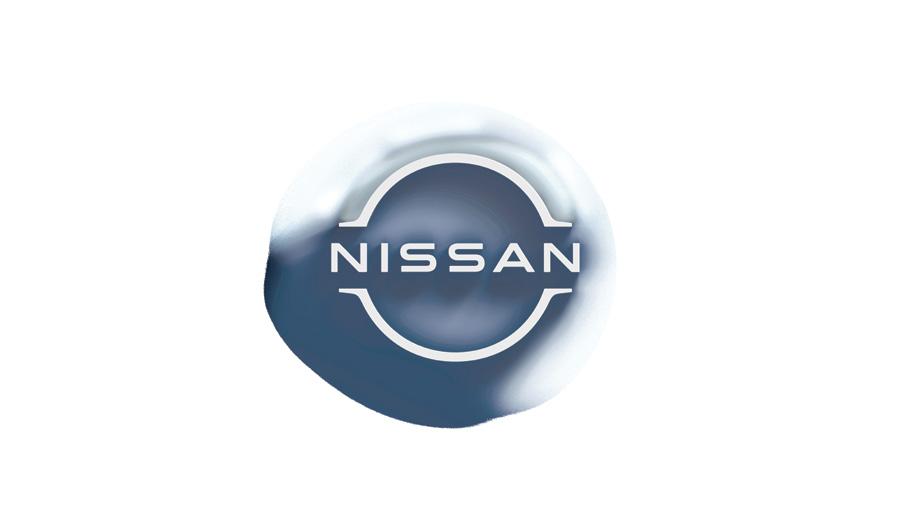
A GLITTERING NIGHT OF GLAMOUR AND TRIUMPH AS THE PILLARS OF REAL ESTATE AWARDS 2025 CELEBRATED THE INDUSTRY’S BRIGHTEST TRAILBLAZERS

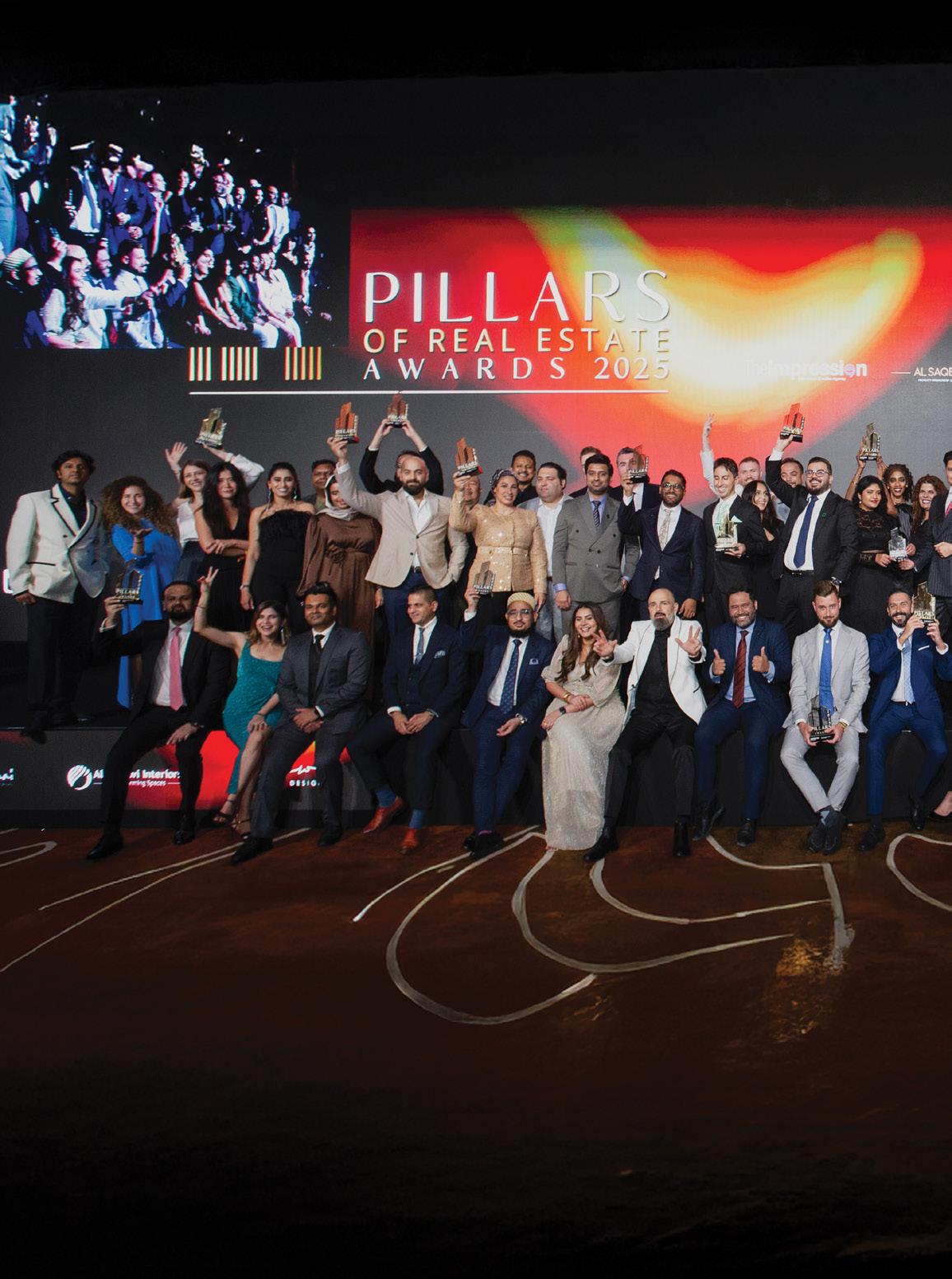




A GLITTERING NIGHT OF GLAMOUR AND TRIUMPH AS THE PILLARS OF REAL ESTATE AWARDS 2025 CELEBRATED THE INDUSTRY’S BRIGHTEST TRAILBLAZERS




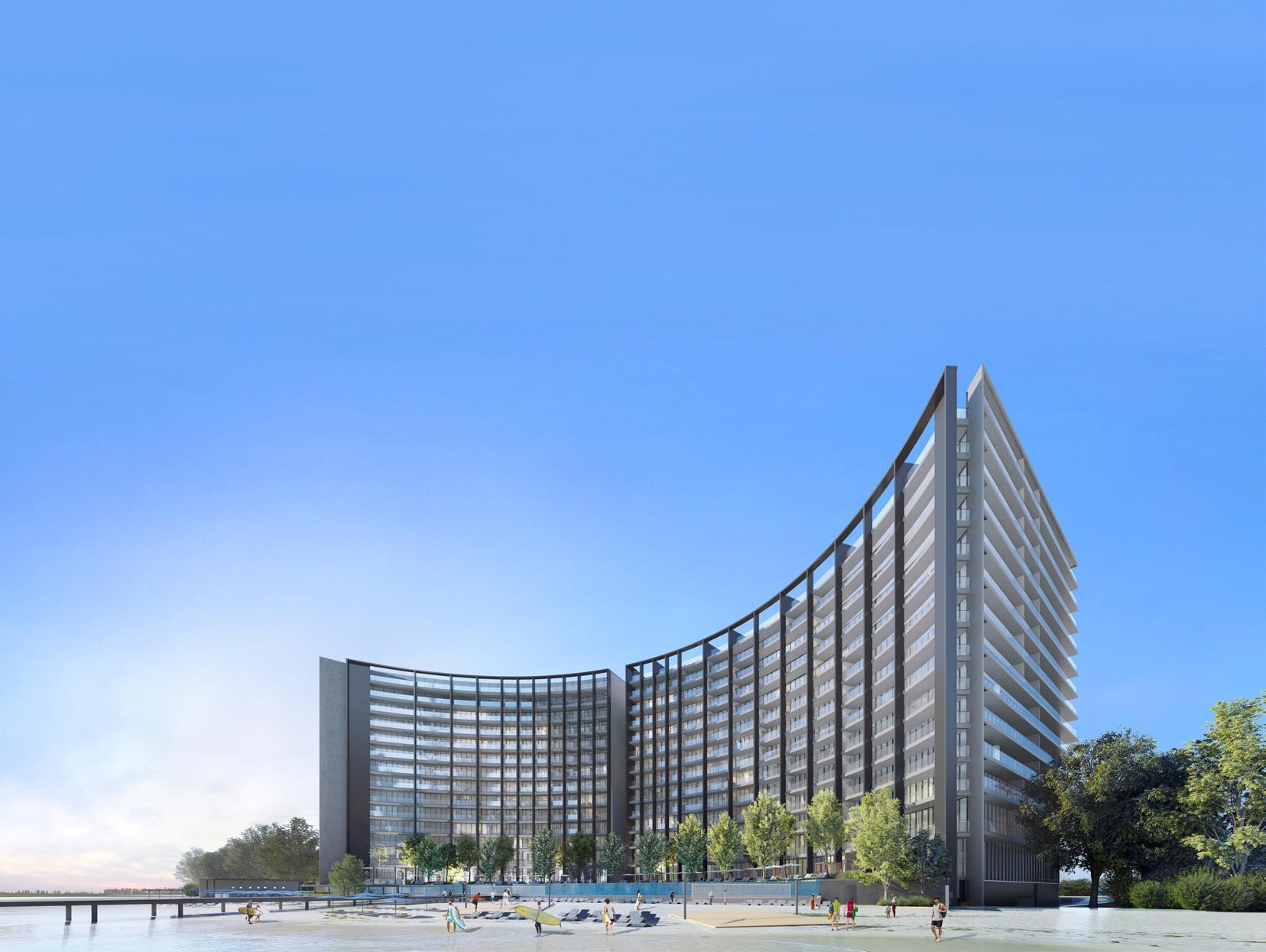
Bringing luxury seaside living to Sharjah for the first time, owners at the Anantara Sharjah Residences enjoy access to the Anantara Sharjah Resort’s world-class amenities, including an infinity pool, five distinctive restaurants, an Anantara Spa and a state-of-the-art gym. As an investment, owners can enjoy the benefits of a rental management scheme operated by Anantara Hotels, Resorts & Spas, allowing them to maximize their returns when they are not resident in the property.
To register your interest, visit arada.com
LIFE IS A JOURNEY.
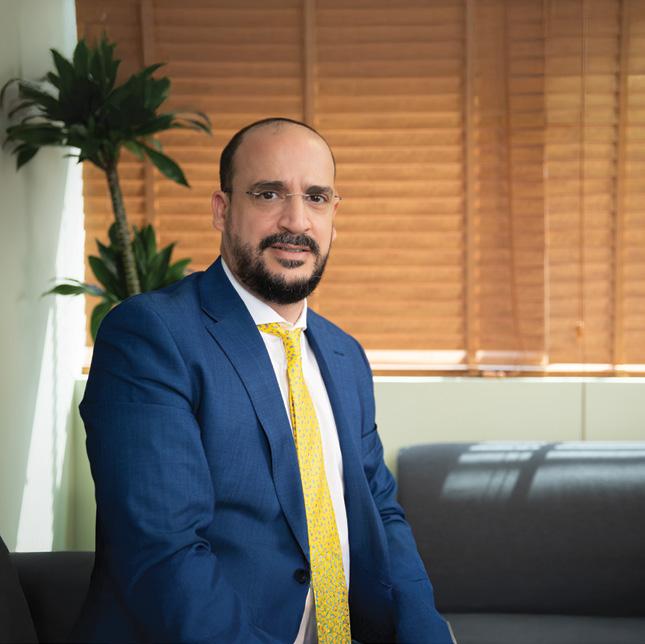
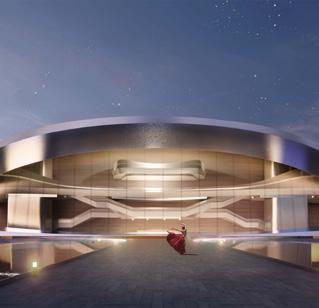
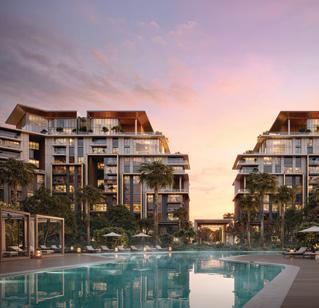
21 PROJECT
BEYOND THE BOULEVARD
23 INTERVIEW
HOW MASIN IS TRANSFORMING CONSTRUCTION CLAIMS THROUGH ON-SITE EXPERTISE AND AI
25 HOSPITALITY DESIGN THE QUIET LUXURY OF TIME: EMBRACING SLOW LIVING IN HOSPITALITY DESIGN
29 FM PARTNERSHIP POWERS PROGRESS
31 COVER STORY ICONS IN SPOTLIGHT
71 SUPPLIER THE WATCHLIST
75 TRADE SHOW IREIS 2025 – THE 14TH EDITION
77 REAL ESTATE MEGA MEANS MORE IN DUBAI
79 SUSTAINABILITY OUTCOMES OR OPTICS?
81 EXPERT INSIGHTS CODE MEETS CONCRETE
88 EXPERT INSIGHTS HEALTH AND SAFETY IN HIGH-RISE CONSTRUCTION
85 TALKING POINT SHIELD THE SPARKS


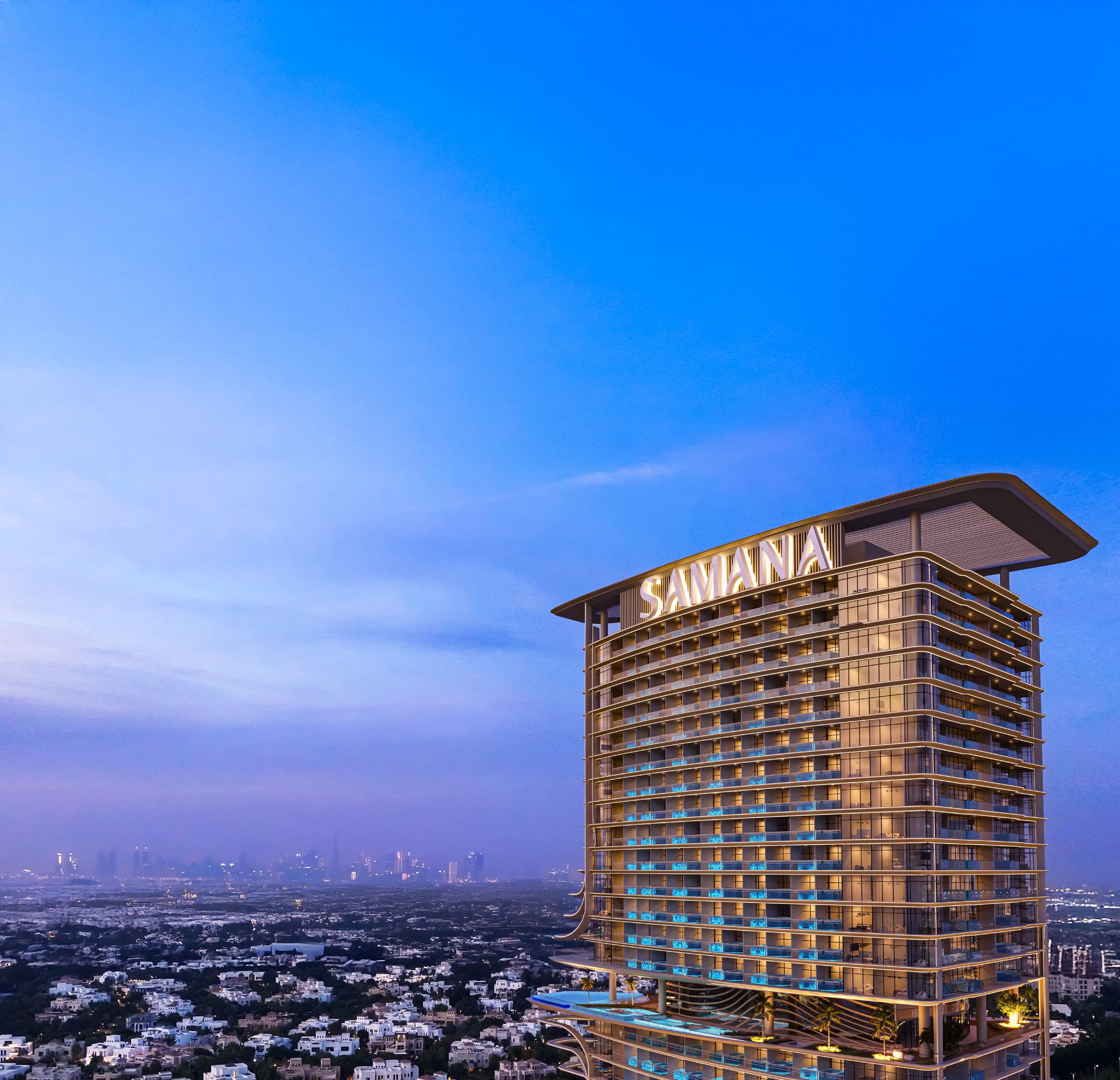
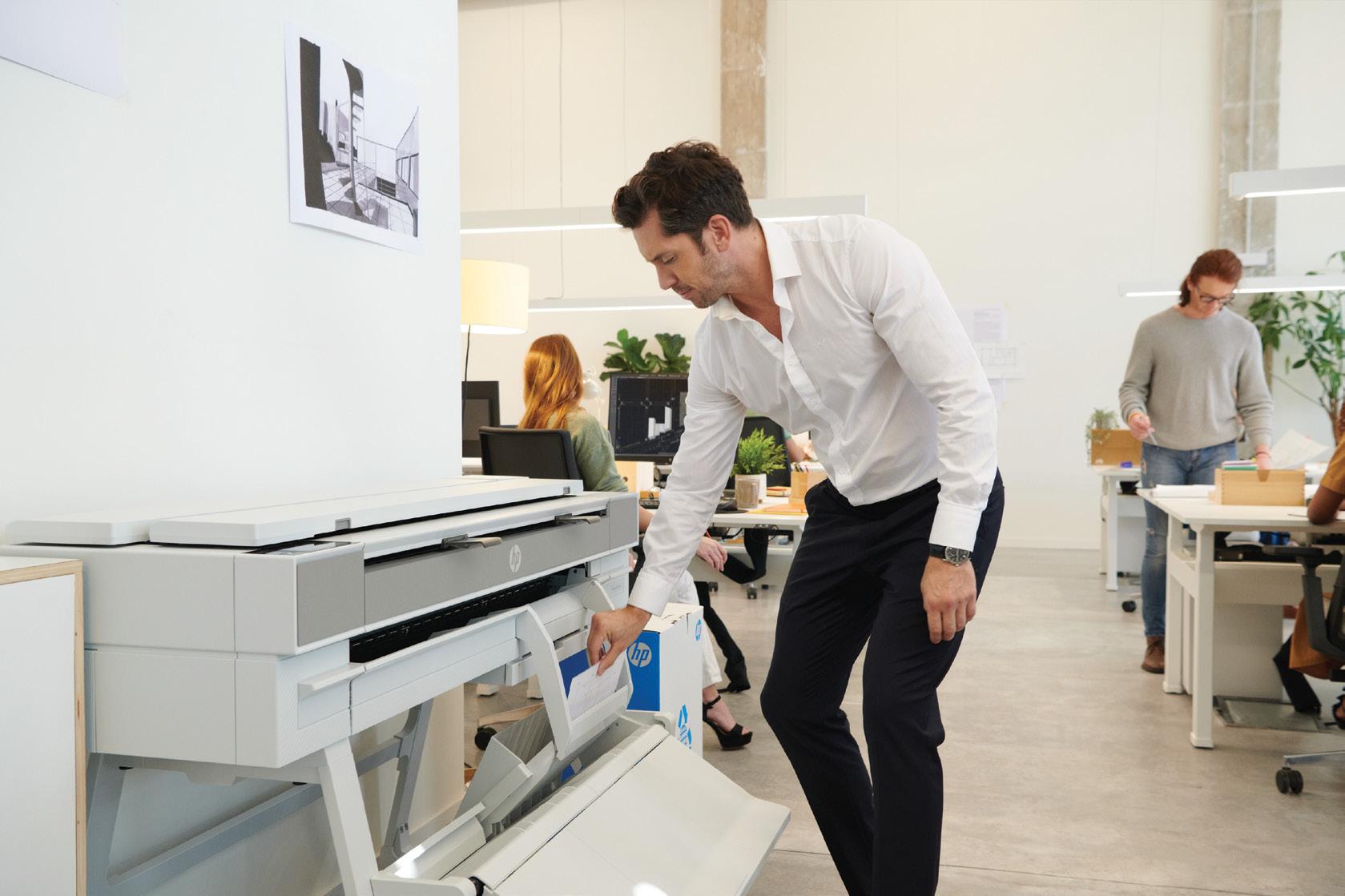
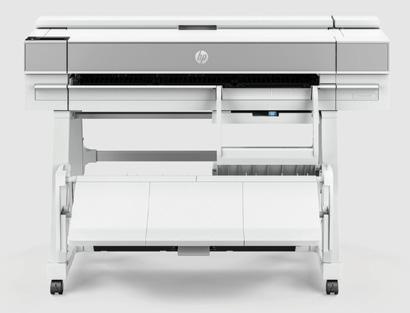
Save time with the most efficient A4-A0 experience. 2 Seamlessly print A4 jobs with integrated input and output trays, keeping pages sorted by size. The flat 40-page stacker makes collection easy, while fast print speeds keep projects moving.

Work securely from virtually anywhere. You can save time by printing in fewer steps with HP Click. Protect your printer and data from cyberthreats with HP Wolf Pro Security. Manage your device and print remotely with HP app.
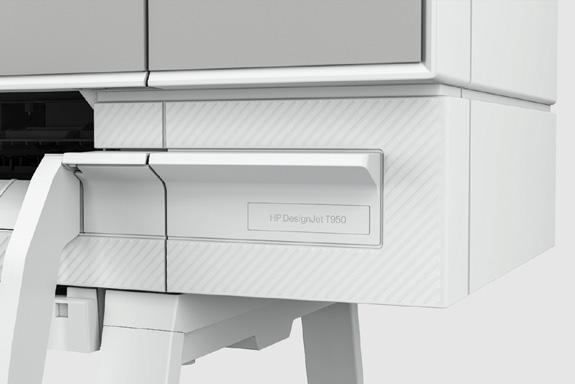
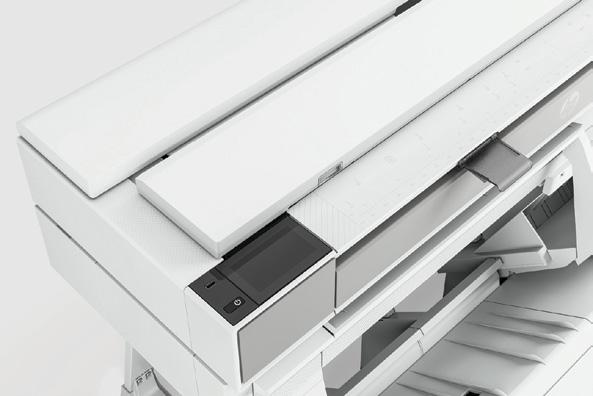
Go beyond and advance your environmental goals with a printer made with recycled plastics and recyclable supplies. This robust, compact plotter is designed to last while also helping to reduce energy and ink waste.
Scan to learn more

CEO
Wissam Younane wissam@bncpublishing.net
Managing Director
Rabih Najm rabih@bncpublishing.net
Group Publishing Director
Joaquim D'Costa jo@bncpublishing.net
Editor-in-Chief
Vibha Mehta vibha@bncpublishing.net
Commercial Director
Andrea Mocay andrea@bncpublishing.net
Editorial Assistant
Aya Zhang aya@bncpublishing.net
Digital Reporter
Reeba Asghar reeba@bncpublishing.net
Creative Lead
Christian Harb chriss@bncpublishing.net
Editorial Design
Rizaldi Febrian
Marketing Executive
Aaron Joshua Sinanbam aj@bncpublishing.net
Videographer
Eduardo Buenagua and Joel Amparo
Contributor
Khadeeja Hamid
PO Box 502511 Dubai, United Arab Emirates P +971 4 4200 506 | F +971 4 4200 196
For all commercial enquiries, contact jo@bncpublishing.net T +971 50 440 2706
All rights reserved © 2025. The opinions expressed are solely those of the contributors. Construction Business News Middle East and its affiliated publications in the MENA region are exclusively licensed to BNC Publishing. No part of this magazine may be copied, reproduced, or transmitted in any form or by any means without prior written consent from the publisher.
Printed by United Printing and Publishing | upp.ae
Images used in Construction Business News Middle East are credited when necessary. Attributed use of copyrighted images with permission. All images not credited courtesy Shutterstock.
Keep up to date with all the latest news, features and much more on our website and social media platforms


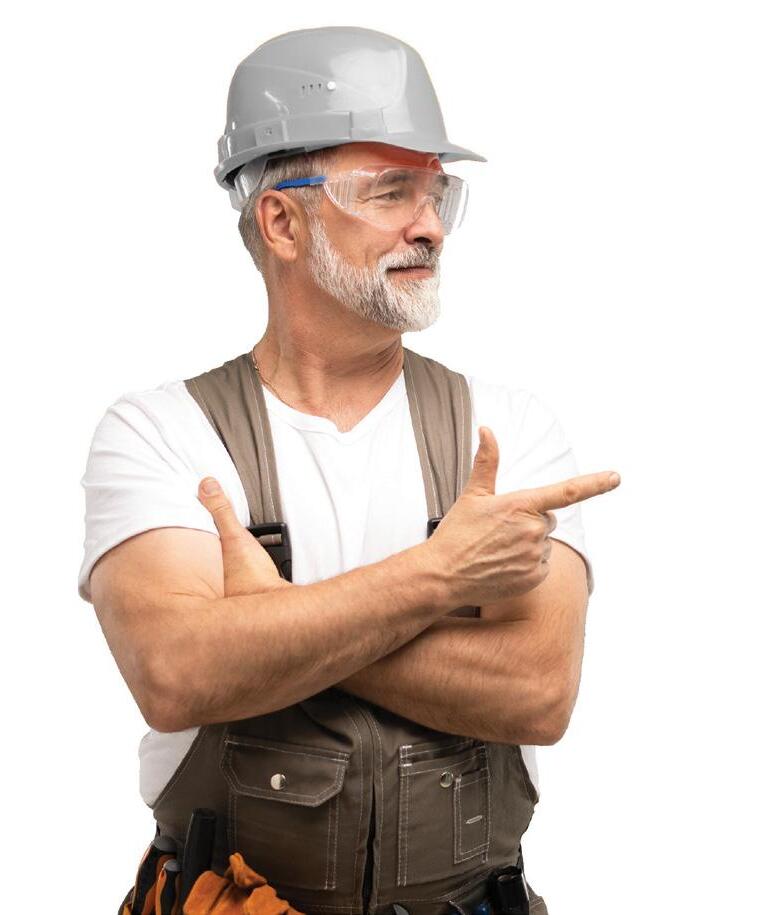
Require formwork and scaffolding? Check out Doka’s extensive list of products and systems, which now includes scaffolding for a variety of applications. At Doka, our philosophy is to provide a broad range of services under one umbrella based on a growing demand for single-source solutions that adhere to the highest standards.
/DokaMEA /company/doka-middle-east-africa /doka_mea
meaapmarketing@doka.com | www.doka-me.com

Step into a world of opulence when you book a Suite at Raffles Doha.
Experience the added luxury of QAR 750 credit to spend on dining in the hotel, and QAR 500 towards any Spa treatment.
Children aged 12 and below are welcome to indulge in the enchantment of complimentary dining.
Rates starting from QAR 3,500 per night
For reservations, please call +974 4030 7100 or email reservations.doha@raffles.com

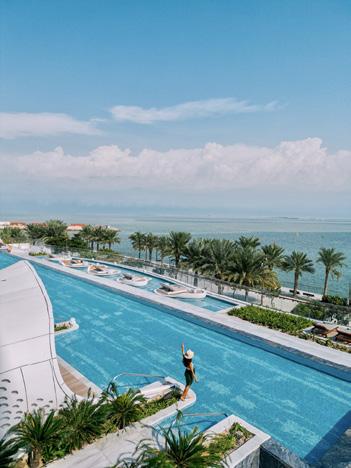
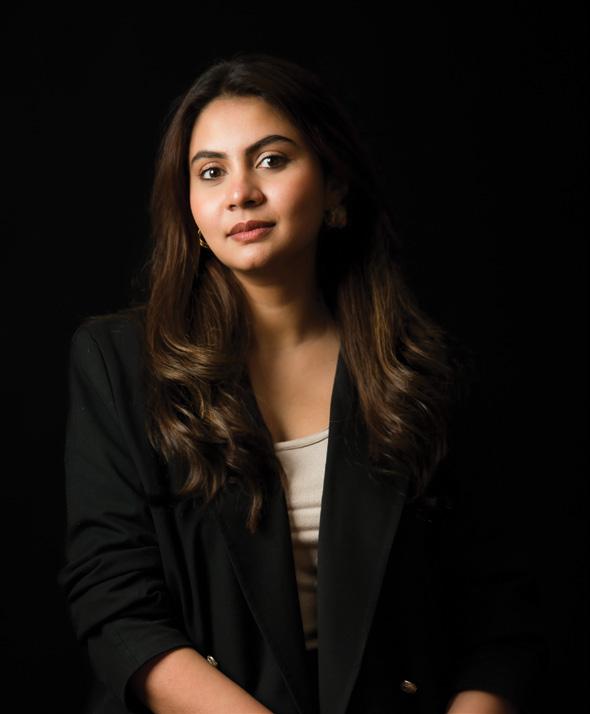
There's something magical about the moment the lights dim, the applause rises, and the final act of an event comes to a close. It's not just a culmination—it's a crescendo. Behind the scenes, that moment carries the echo of months of meticulous planning, sleepless nights, countless calls, and to-do lists that multiplied like rabbits. And when it all comes together seamlessly? That's when the real magic begins.
Delivering a successful event is more than just timelines met and name tags printed. It's about watching people connect, smile, celebrate, and experience something unforgettable—an
experience you helped shape. It's in those spontaneous happy dances backstage, the sparkle in someone's eyes as they receive an award, and the shared looks of "we did it" among a tired but proud team. That's the currency of this business—the intangible payoff of passion, effort, and relentless drive.
What we often underestimate is how this success fuels everything that follows. When a team sees their hard work manifest into a remarkable experience, morale soars. There's a renewed sense of purpose, a shared energy that carries into the next project, and a stronger bond built on collaboration and triumph. Productivity doesn't just rise—it sparkles.
This time, what made it even more special was how beautifully my team worked across departments—seamlessly syncing creative, logistics, editorial, and operations. Everyone stepped up, supported each other, and brought their unique magic to the table, making it not just successful, but truly memorable.
For me, each event is a reminder that the most beautiful outcomes are built on sweat, chaos, laughter, and trust. The late-night coffee runs, the eleventh-hour changes, the backstage mishaps—they all become part of the story, stitched into the fabric of something much greater. And when the last guest walks out with a smile, it all feels worth it.
So here's to the power of purpose-driven hustle, to the silent heroes behind the curtain, and to every confetti-filled moment that reminds us why we do what we do. Because when passion meets precision, success isn't just delivered—it dances.

Vibha Mehta Editor-in-Chief vibha@bncpublishing.net
Vibha
Mehta
vibhamehta01 @vibhamehta01

The sophisticated mesh texture of our new luminaire series is setting standards for design with a fascinating depth effect. Experience decades of indoor lighting expertise, now in a whole new dimension. bega.com/interior
Taraf has appointed Pinnacle International Piling Foundations LLC as the enabling contractor for the highly anticipated KARL LAGERFELD Villas
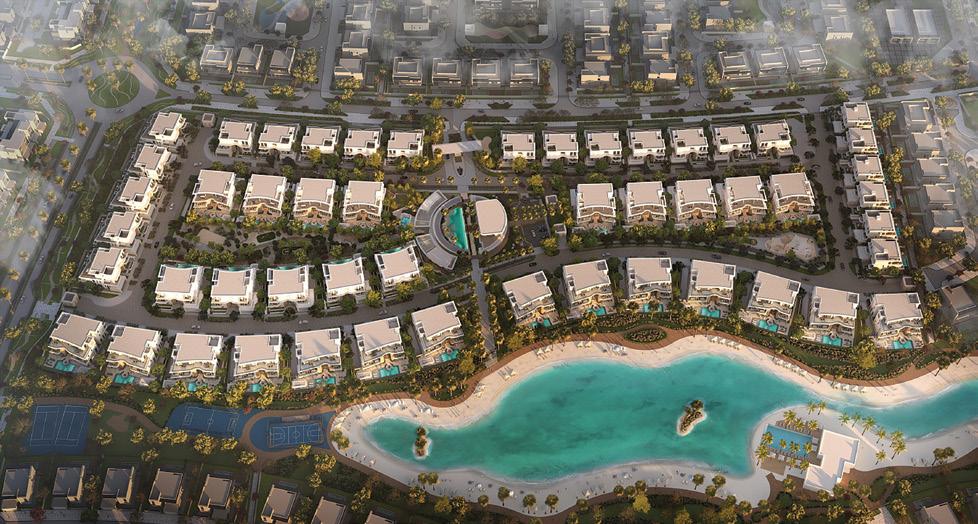
Taraf, the UAE-based real estate developer and a subsidiary of Yas Holding, announced the appointment of Pinnacle International Piling Foundations LLC as the enabling contractor for the highly-anticipated KARL LAGERFELD Villas, located in the heart of Meydan, Mohammed Bin Rashid City.
Set against the backdrop of Dubai’s thriving luxury real estate market, the KARL LAGERFELD Villas project responds to the growing demand for ultra-premium residences. The Mohammed Bin Rashid City area, in particular, has become a magnet for investors thanks to its prime location, high rental returns, freehold ownership opportunities, and multi-billiondirham infrastructure developments.
Mohamed Eldahan, CEO of Taraf, commented: “We are proud to collaborate with a globally respected partner who shares our vision to redefine luxury living. Our partnership with Pinnacle International marks a pivotal milestone in
turning the Karl Lagerfeld Villas into reality. These villas are more than a residence; they embody elegance, creativity, and architectural integrity, infused with the legacy and unmistakable signature of Karl Lagerfeld. This development reflects our unwavering commitment to excellence, while reinforcing Dubai’s global stature as a premier destination for luxury living and investment”.
Mr. Rahul Sai, Geotechnical Director of Pinnacle International commented: “We’re excited to bring our expertise to such a visionary project. Meydan’s landscape demands precision and innovation, qualities that align perfectly with Pinnacle’s approach to delivering resilient foundations.”
The KARL LAGERFELD Villas comprise of 51 ultra-luxury five- to seven-bedroom villas with bespoke interiors, private gardens, and exclusive clubhouse access, all overlooking the Crystal Lagoon with views of Downtown Dubai, with completion date targeted for Q4 2027.
WW+P Architects is deepening its investment in the Middle East, with 40 years of international infrastructure success
WW+P Architects, a Londonbased architecture firm that comprises over 200 architects and planners across nine studios globally, is poised to expand its presence with a significant emphasis on the UAE and Saudi Arabian markets. With 40 years of global infrastructure experience, WW+P is uniquely positioned to support national development goals through a strong global project portfolio and upcoming initiatives designed for urban transformation.
The company primarily focuses on transport and infrastructure, transit-oriented development, masterplanning, and urban regeneration projects that closely align with the strategic objectives for sustainable development in the UAE and Saudi Arabia. Its major global projects include Paddington Elizabeth Line Station, the multi award-winning station transforming the passenger experience at Paddington in London, UK; and the Metro Tunnel Project in Melbourne Australia, a project that transforms Melbourne’s rail network by delivering twin 9km tunnels under Melbourne’s CBD and five new stations (a world-class collaboration with practices with Hassell and RSHP) – due to open in late 2025.

Within the region, WW+P is delivering design services for transport hubs, taking the design from concept through to schematic and detailed including preparation of tender documentation and issue for construction; as well as working on concept design proposals for high speed rail – developing proposals for iconic, high-capacity sub-surface stations that reflect local character and provide solutions for flexible urban integration with emerging masterplans.
WW+P is part of 10N Collective, a leading collective of global urbanism, architecture and related design experts brought together by Egis Group – including WW+P, 10 Design, SvN, Fenwick Iribarren Architects, U+A, and Omrania. Each practice within 10N has achieved recognition for high profile and award-winning projects, from urban policy, transport and mixed use, to commercial, hospitality, stadia and housing.
Formerly known as Weston Williamson + Partners, WW+P is actively involved in planned industry visits and media features in the UAE and KSA, as well as exploring potential regional strategic partnerships. Furthermore, the company is celebrating its 40th anniversary in 2025 with international events and announcements, emphasizing WW+P’s long history of transforming urban development.
Neil Baker, Managing Director for the Middle East, commented, “As we expand our foothold in the Middle East, we find ourselves motivated by the region’s ambitious goals for urban infrastructure and sustainability. At WW+P, our business principles emphasize innovation and collaboration, and we are excited to use our global expertise to support transformative projects in the UAE and Saudi Arabia –working on some of the world’s most ambitious projects. The decision is especially significant given that we are celebrating our 40th anniversary this year, laying the groundwork for our path to excellence in these vital markets.”
With its upcoming projects in the region, WW+P is positioned to continue redefining urban development through its global expertise and teams. By expanding its presence in the UAE and Saudi Arabia, the company aims to advance its broader development objectives while also supporting the strategic infrastructure goals of both countries.
The Public Investment Fund (PIF) has announced the creation of Expo 2030 Riyadh Company (ERC), that will design, build, and operate the Expo 2030 Riyadh
Written by Reeba Asghar
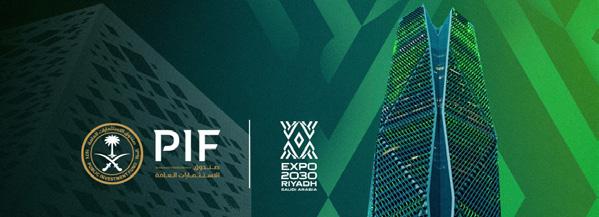
The Public Investment Fund (PIF) of Saudi Arabia has officially launched the Expo 2030 Riyadh Company (ERC), a whollyowned subsidiary established to develop, manage, and operate all facilities for the highly anticipated Expo 2030 Riyadh – the Kingdom’s first World Expo.
This strategic move marks a major milestone in Saudi Arabia’s vision to host a transformative global event, setting a new benchmark for innovation, sustainability, and international collaboration.
The masterplan for Expo 2030 Riyadh spans a vast 6 million square meters, making it one of the largest World Expo sites in history. Located in the northern part of Riyadh, the Expo site will benefit from direct connectivity to key city landmarks and will lie in close proximity to the upcoming King Salman International Airport , further positioning Riyadh as a global hub.
The event is expected to welcome over 40 million visits, showcasing Saudi Arabia’s cultural richness, technological innovation, and commitment to sustainable development on the world stage.
ERC’s role will extend beyond the Expo event . The company will spearhead the transformation of the site into a global village, a vibrant multicultural destination with a diverse mix of retail, food and beverage outlets, as well as a residential international community supported by world-class amenities. The area is designed to serve as a model for sustainable tourism and urban living, reinforcing Saudi Arabia’s ambition to be a leader in future city development.
The launch of ERC is in line with PIF’s broader strategic
mandate to drive economic diversification and generate sustainable long-term returns for Saudi Arabia. As one of the world’s most influential sovereign wealth funds, PIF continues to catalyze the development of critical sectors through landmark projects and giga-developments that shape the national and global economic landscape.
By backing Expo 2030 Riyadh, PIF continues to demonstrate its commitment to shaping Saudi Arabia’s future and positioning it as a global leader in innovation, culture, and sustainability.
Riyadh won the bid to host Expo 2030 in November 2023, securing victory in the first round of voting, a testament to the city’s growing international stature and bold developmental ambitions.
ERC Launches Full-Scale Operations
ERC is swiftly mobilizing operations to fulfill its mandate. The company will actively collaborate with local and global private sector partners to deliver world-class outcomes in construction, cultural programming, and event management.
Saad Alkroud, Head of the Local Real Estate Investment Division at PIF said: “ERC benefits from PIF’s diverse local and global ecosystem and the establishment of the company aligns with PIF’s local real estate strategy, which drives economic transformation and diversification, advancing urban innovation and enhancing quality of life, driven by the ambitious goals of Saudi Vision 2030.”
Economic Impact and Global Opportunities
Expo 2030 Riyadh is set to be a major economic catalyst. During its development and construction phases, the project is projected to contribute approximately $64 billion to Saudi Arabia’s GDP and generate around 171,000 direct and indirect jobs. Once operational, it will continue to stimulate the economy, contributing an estimated $5.6 billion to GDP.
Participating countries will also have the opportunity to build permanent pavilions, allowing them to play a role in shaping the long-term legacy of the site. This offers unique prospects for sustained international investment and business growth beyond the duration of the Expo itself.
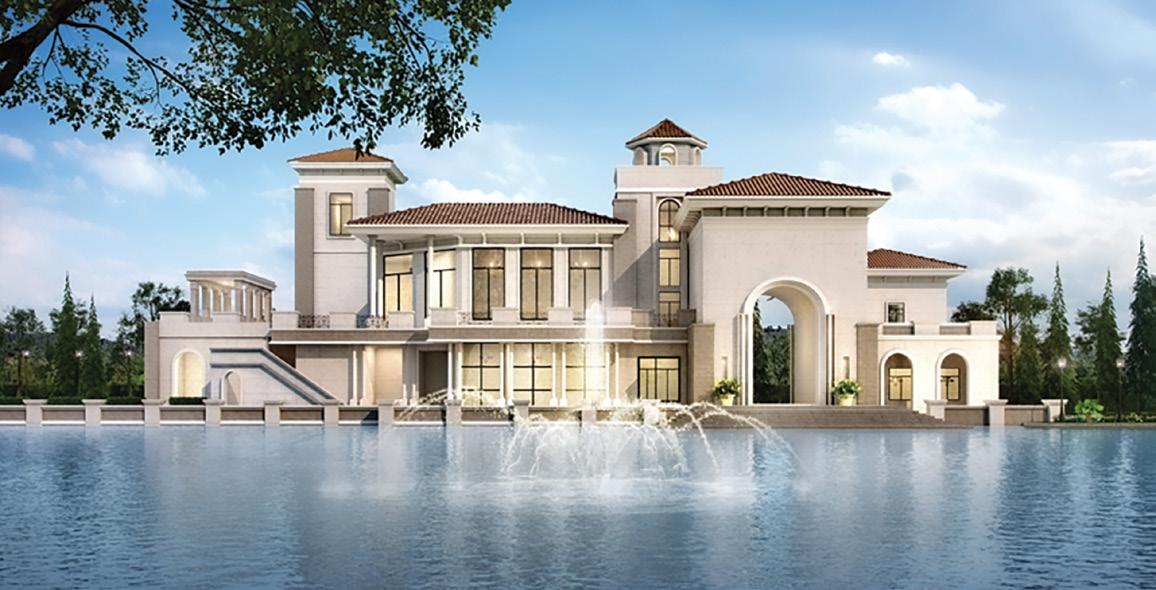
SmartCrowd has launched Flip, a pioneering solution that allows everyday investors to take part in luxury property flips through fractional ownership
SmartCrowd, the Middle East’s first regulated real estate crowdfunding platform has officially launched Flip, opening doors for everyday investors to participate in high-end property flips through fractional ownership.
Much more than just another real estate investment product, Flip is proven, powerful, and now accessible.
With four successful Flip projects already completed and sold, SmartCrowd is inviting more investors to take part in a market previously reserved for high-net-worth individuals.
Traditional property flipping often requires millions in upfront capital, deep industry expertise, and access to top-tier contractors, designers, and project managers. SmartCrowd has eliminated those barriers, enabling investors to co-invest in renovation projects valued up to AED 35M+, without the stress of managing the process themselves.
Flip is already delivering incredible results.
In just 10 days, SmartCrowd’s latest Flip project in Dubai Hills, valued at AED 16.2M — secured over 50% funding, demonstrating the immense demand for these exclusive opportunities.
SmartCrowd handles everything endto-end — from sourcing undervalued properties in prime locations to overseeing the execution of highquality renovations and reselling for maximum returns, typically within nine to 18 months. Investors simply choose a project, invest fractionally, and share in the profits upon resale.
SmartCrowd’s Flip model has already funded 10 projects worth over AED 200M, with four successful exits generating over AED 90M in value from AED 63M invested. With an average investor return of 28% over 15 months, Flip is setting a new benchmark in real estate investment efficiency.
“Most people don’t realise they can invest in large-scale property renovations without millions in the bank,” said Riz Ahmed, CEO of SmartCrowd. “Flip brings a rare opportunity to everyday investors — one that’s already working and delivering results. We’re making elite real estate flipping possible for more people than ever before. People use the phrase game-changing a lot, but Flip really is.”
Dubai’s soaring real estate market has seen a surge in demand for modern, move-in-ready homes, particularly in communities like Dubai Hills Estate, Jumeirah Golf Estates, Jumeirah Islands, Al Barari, and The Palm. Flip capitalises on this trend, transforming overlooked properties into premium assets that command high resale value.
With limited access and strong investor demand, Flip opportunities don’t stay open for long — giving investors a rare chance to be part of something exclusive, lucrative, and backed by a strong track record.
As a key addition to City Walk’s first waterside community, the two new residential towers feature an impressive double-height reception and lounge, a private cinema room, and a dedicated indoor kids’ club designed for family-friendly living
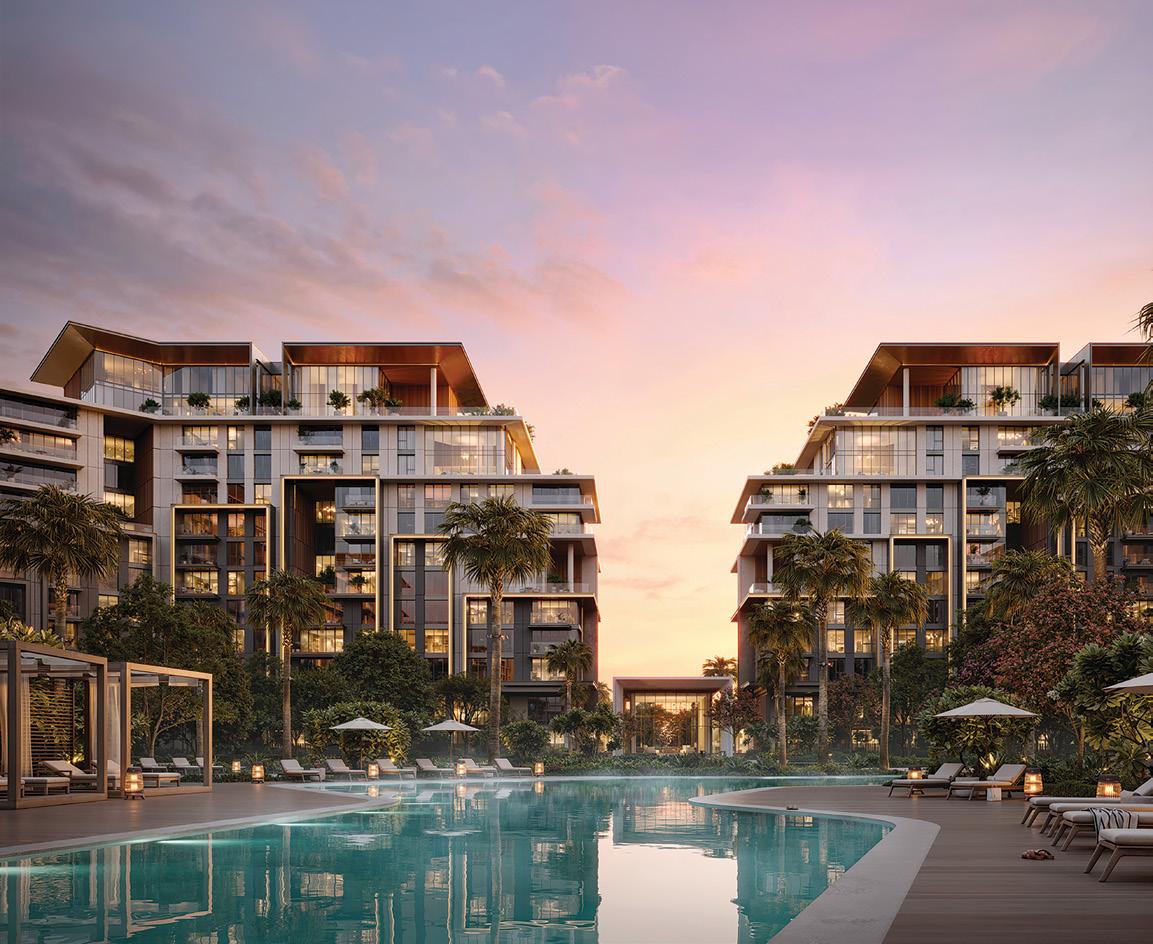
Meraas unveils the next chapter of City Walk Crestlane with the launch of two striking new towers, elevating the standard of luxurious urban living. Blending contemporary design with sophisticated comforts, the expansion promises an enriched lifestyle experience in one of Dubai’s most vibrant and sought-after communities
Meraas, part of Dubai Holding Real Estate, continues to redefine modern living with the launch of a new phase at City Walk Crestlane—Dubai’s first waterside residential development in the vibrant heart of City Walk.
Building on the strong investor demand since its debut earlier this year, this new release marks a significant step forward in Meraas’ vision to create lifestyle-driven, design-forward communities that blend nature, wellbeing, and urban connectivity.
This phase introduces two elegant residential towers featuring 198 meticulously designed residences that embody elevated living. From refined one- to three-bedroom apartments to spacious fourbedroom duplexes with private

terraces, and grand five-bedroom penthouses with dramatic double-height ceilings, every home is a modern sanctuary. Framed by lush landscaping, calming water features, and uninterrupted views of the Dubai skyline, these residences reflect a perfect harmony of tranquility and cosmopolitan vibrancy.
Residents will enjoy an exceptional suite of lifestyle amenities designed to foster both relaxation and community living. Inside, grand double-height lobbies, co-working spaces, a cinema lounge, indoor kids’ club, games room, and a fully equipped fitness studio offer comfort and convenience. Outside, the landscaped grounds are alive with resort-style pools, yoga lawns, outdoor cinemas, shaded playgrounds, a pet park, and cycling and jogging tracks, seamlessly interwoven with lush greenery and open spaces that promote wellness and leisure.
Set within a 22-building masterplan comprising over 2,600 residential units and thoughtfully allocated retail and recreational spaces, City Walk Crestlane is a testament to Meraas’ holistic approach to urban development. The architecture embraces human-centric design, seamlessly extending the aesthetic language of City Walk while introducing a refreshing waterside dimension.
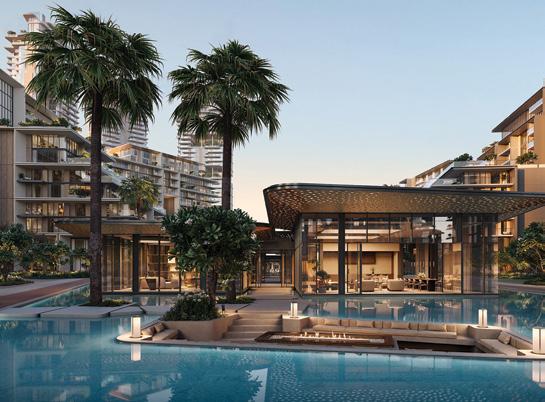
What sets City Walk Crestlane apart is not just its design or location, but the lifestyle it offers. Perfectly situated near Downtown Dubai, DIFC, Jumeirah Beach, and Dubai International Airport, the development offers unparalleled connectivity through key road networks, including Al Safa and Al Wasl roads. Here, urban living meets resort-like ease, where every element—from vibrant street-level experiences to elevated private residences—is crafted to inspire, connect, and elevate everyday life.

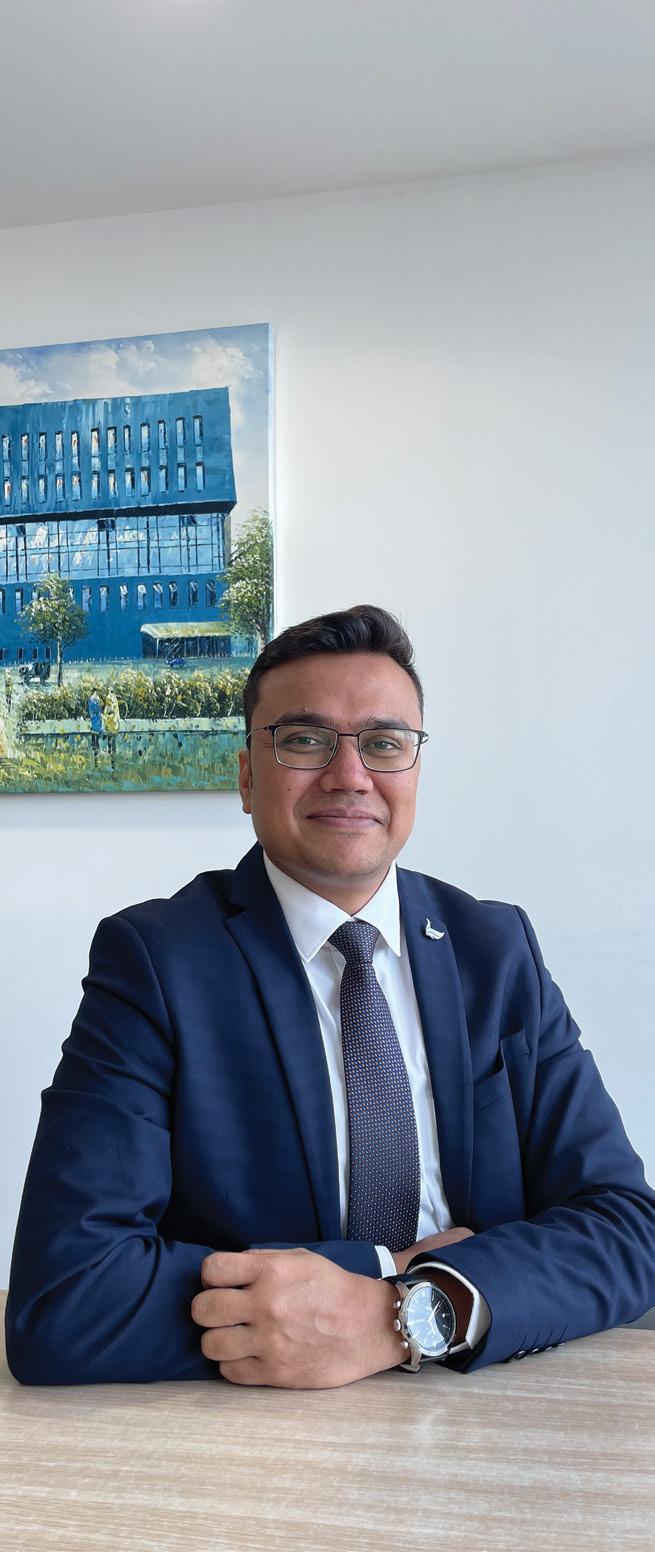
Masin is raising the bar in construction dispute resolution by combining on-site experience with advanced technology. Rajat Singla, Associate Partner, explains how their unique approach and regional expertise are transforming claims analysis
Masin is known for its deep expertise in complex engineering and construction disputes. how do you approach claim analysis differently from other consultants in the field?
A distinguishing feature of Masin lies in its team of experts with extensive on-site experience. In contrast to purely theoretical or desk-based consultants, Masin’s professionals provide opinions in areas where they have hands-on, practical experience. This approach ensures our assessments are firmly anchored in the actual conditions and complexities of real-world project environments.
What are the most common causes of construction and engineering disputes you encounter in your work?
That largely depends on the nature of the dispute. In the Middle East, for instance, disputes in road or railway infrastructure development projects often stem from issues such as scope changes and variations, ambiguities in contract terms, delays in payment, and permit-related approvals. Across sectors, a recurring pattern involves poor risk allocation within contracts and uncertainties in interpreting the scope of work. These structural shortcomings frequently result in misunderstandings which, over time, escalate into disputes.
Can you share the typical process of analyzing and preparing a construction claim?
The process we adopt depends on the stage at which we are engaged. If the claim is being prepared after project completion, we typically commence with a detailed review of the correspondence exchanged between the parties to establish the basis and context of the claims. Conversely, if the claim is being developed during the construction phase, forecast plans for the remaining works become equally significant. These projections enable us to understand the anticipated project trajectory and evaluate the potential implications for both time and cost.
With operations in eleven countries and a client base across the Middle East, India, and Southeast Asia, how do you tailor your services to meet the unique legal and cultural contexts of each region?
As mentioned earlier, our experts bring valuable on-site experience, and when region-specific expertise is required, Masin is well equipped to provide it. We maintain access to a wide network of specialists, allowing us to align technical expertise with local insight. Our dedicated support team plays a key role in maintaining and expanding this expert pool. They work closely with our operations department to identify and assign the most appropriate suitable expert, based on the client’s specific needs and the project requirements.
Given your work across diverse sectors and jurisdictions, what are some of the biggest misconceptions clients have about dispute resolution, and how does Masin help manage those expectations?
One of the most common misconceptions concerns the role of an independent expert. Clients sometimes perceive us as an extension of their internal team, whereas in formal dispute proceedings, we are required to remain independent and objective, providing impartial opinions. Another frequent misunderstanding is perceiving experts as a direct arm of the legal team, which is also inaccurate. To address these, we work closely with clients and legal representatives to clarify our independent role and its value in dispute resolution. Masin also conducts regular seminars and training
sessions to educate the industry on the responsibilities of independent experts.
As construction and engineering projects become more digitally enabled, how is Masin adapting its claims analysis methodology to incorporate data from digital project management tools and BIM systems?
At Masin, we recognise that the digital transformation of construction and engineering projects offers a significant opportunity to enhance the way claims are analysed and resolved. We are actively integrating data from digital project management tools, BIM systems, and other realtime construction technologies into our claims analysis methodology. This integration allows us to deliver deeper insights and more accurate assessments by aligning project timelines, cost data, and as-built models with contractual obligations.
Further advancing this approach, we are developing our own in-house AI-driven platform, Masin-AI. This cuttingedge B2B SaaS solution is designed specifically for the construction and legal sectors. Masin-AI combines decades of our dispute resolution expertise with artificial intelligence to provide faster, data-driven, and more efficient claim assessments. By merging digital data sources with expert analysis and AI capabilities, we are revolutionising the evaluation of technical claims and reinforcing our position as a forward-thinking leader in the industry.
Schedule delays, defective specifications, and business interruption damages are common dispute areas. What trends are you seeing in the types of claims being brought forward in today’s market?
These remain common areas of dispute. However, with a growing focus on risk management practices and effective contract administration, parties are increasingly proactive in addressing such matters. Equipped with empirical data and insights from previous disputes, stakeholders are better prepared to resolve specification-related issues early in the project lifecycle. Additionally, technological advancements have helped reduce disputes arising from defective specifications, as detailed technical requirements are now more frequently negotiated and finalised during the initial stages, often prior to contract execution.
How do Masin’s experts stay updated on changes in international construction law and best practices in claims management?
Masin maintains an active presence in the industry, regularly participating in symposiums, conferences, and panel discussions on contemporary issues in construction law. Additionally, we uphold a structured internal training programme, with our experts frequently attending and delivering seminars on the latest advancements in construction law and claims management.
Bianca van der Merwe and Henrique Dias of DLR Group Middle East explore how hospitality spaces can foster stillness and presence. Their approach to “quiet luxury” embraces comfort, authenticity, and intentional design.In a fast-paced world, they champion the beauty of slowing down.
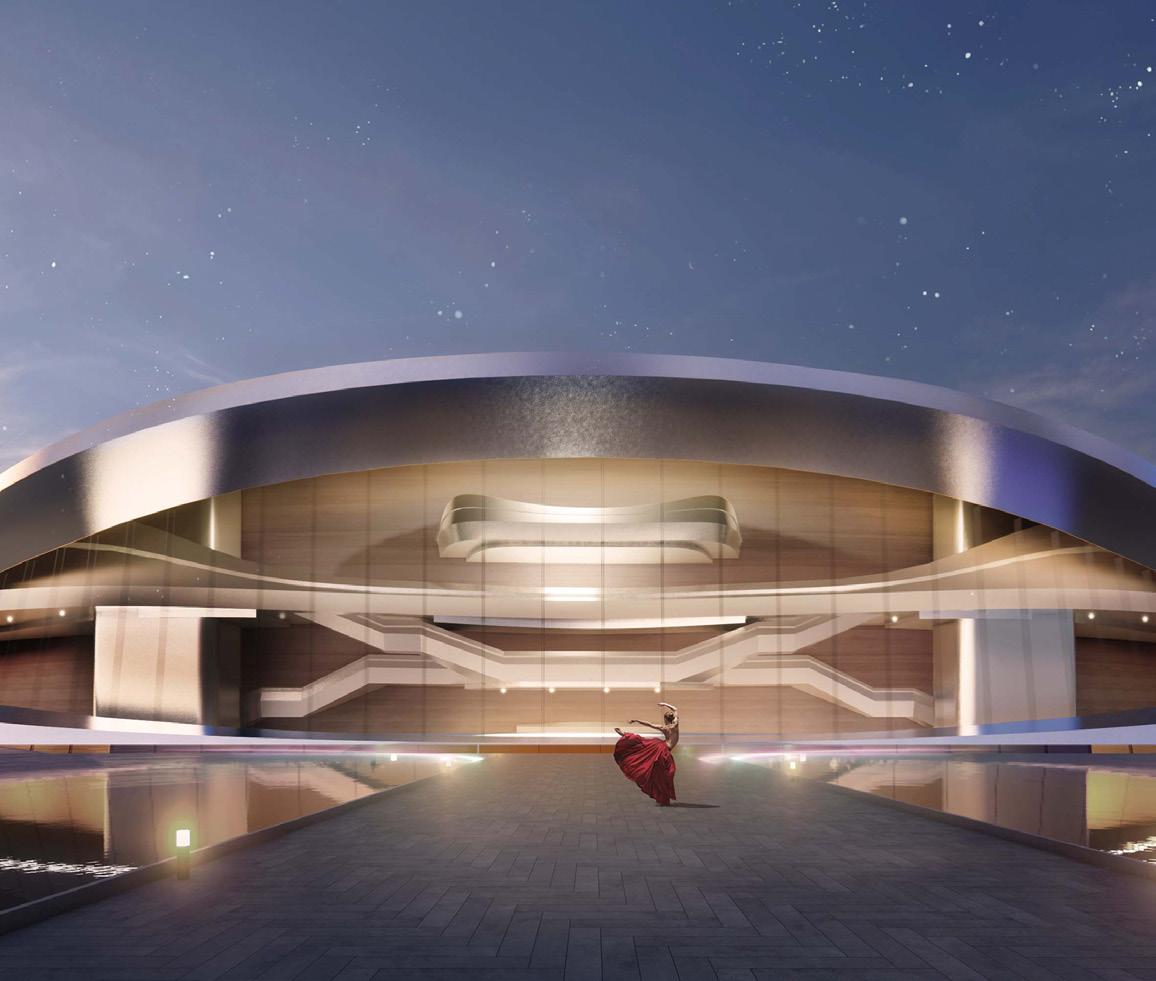
In recent years, a powerful shift has taken place in how we live, travel, and design. Born from a growing dissatisfaction with the fast pace of modern life—and accelerated by the global slowdown during the pandemic—the slow living movement emerges as a conscious lifestyle philosophy. At its core, slow living
invites us to pause, breathe, and reconnect with the present. It celebrates quality over quantity, depth over speed, and presence over performance.
What begins as a personal approach to daily life, such as mindful eating, unplugging

from technology, and embracing nature, now finds a natural home in hospitality. Today’s guests are not just looking for comfort but meaningful experiences. They want environments that help them unwind, restore, and reconnect with themselves, nature, and their culture.
Designers and architects face a growing question: How can we create spaces that not only look good but also feel meaningful, intentional, and restorative? This question marks a turning point in how we approach design in the hospitality sector. that convey a sense of slowness, softness, and soulfulness? Enter Slow Living Design, a design ethos transforming the hospitality landscape through intentional choices in architecture and interiors.
Before we delve into Slow Living philosophies within hospitality design, let us understand this new movement. In short, it involves slowing down to appreciate life’s simple pleasures and create more
meaningful connections with oneself, others, and the world.
This approach to hospitality design embraces intentionality, sustainability, and serenity. It directly responds to guests increasingly craving authentic experiences, emotional comfort, and a deeper connection to place.
In hospitality, this means transitioning from generic opulence to cozy minimalism, local artistry, and nature-based aesthetics— places that offer a refuge, not simply accommodation.
This philosophy does not begin and end with interiors. As Henrique Dias, Hospitality Design Director for DLR Group Middle East, highlights, the slow living movement reshapes how hospitality destinations are created, from site
selection and orientation to how guests physically move through a property. Architecture becomes the framework for emotional pacing, creating intentional transitions between public vibrancy and private tranquillity.
Thoughtfully curated interiors shift away from flash and spectacle, focusing instead on meaning and intention. Every element—from lighting and furniture to artwork and textiles—is chosen carefully. At the heart of hospitality lies the art of storytelling, and these stories are shaped through deep immersion in the local context. Design becomes a narrative tool, where handcrafted furnishings, regionally sourced art, and tactile materials are decorative and expressive of place, culture, and memory.

Slow-living design does not have a clear-cut roadmap. It is purposefully based on the intentional focus of ensuring that key core elements are included within each design.
While interiors create the emotional touchpoints, architecture sets the rhythm of the experience. Architecture supports this storytelling through spatial choreography—slow ramps instead of elevators, framed views that invite pause, and transitional courtyards that allow guests to decompress as they journey from one space to another—slow ramps instead of elevators, framed views that invite pause, and transitional courtyards that allow guests to decompress as they journey from one space to another.
Architecturally, these materials are celebrated in finishes and embraced structurally. Rammed earth walls, exposed trusses, lime plasters, and locally quarried stone re-emerge as low-impact, high-character materials that ground buildings in place.
The seamless connection of indoors and outdoors lends itself time after time to spaces that not only restore but rejuvenate the simple aesthetic
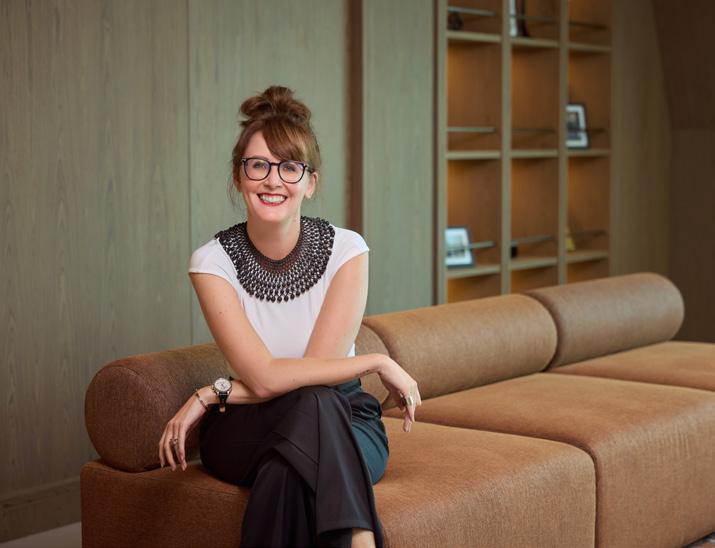
and overall sensory experience. It nurtures a sense of calm, enhances functionality, and reconnects us with rhythms often lost in modern life.
Lighting design is soft, layered, and adaptive, echoing the gentle
Neutral color palettes and natural materials such as wood, stone, linen, and clay in the interior design of the space bring tactile warmth to the desired moments. These choices not only elevate the aesthetic but also enhance the sensory wellbeing of each guest in that space.
rhythms of the natural world as it shifts from dawn to dusk. It creates atmospheres that soothe rather than startle, inviting rest, reflection, and presence. Equally essential is acoustic planning, which crafts a soundscape of serenity, promoting quietude in
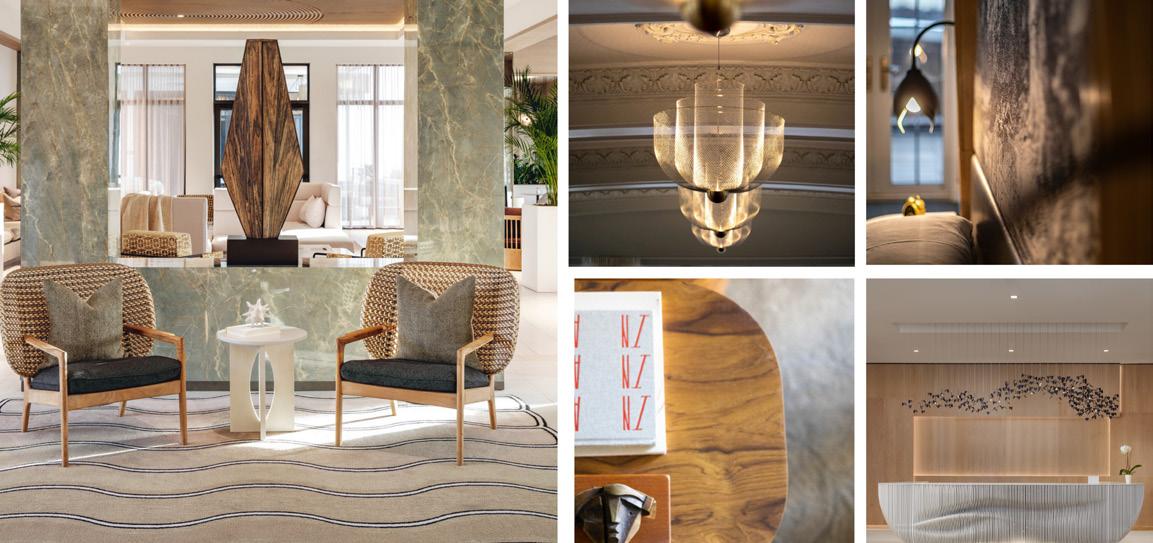
private retreats. Together, these sensory details awaken a more profound sense of harmony, turning interiors into sanctuaries of stillness and renewal.
Architecture, in parallel, supports these sensory intentions by shaping the envelope. Sloped ceilings that mimic the landscape, materials that diffuse sound, and operable facades that let in fresh air and birdsong aren’t luxuries. They are the foundations of slow living in built form. When architectural planning responds to sun angles, prevailing winds, and regional planting, it strengthens the biophilic experience and ensures guests feel organically tuned into their surroundings. A courtyard in the Asir region or a wind tower in Al Ula can do more than cool air—it can connect a visitor to culture, climate, and time.
This evolution in design isn’t happening in a vacuum—it mirrors how guests themselves are redefining what luxury means. As preferences shift from consumption to connection, Slow Living Design is emerging as both a response and a catalyst.
Today’s travelers are increasingly value-driven, seeking experiences that align with their beliefs, lifestyles, and aspirations. Rather than prioritizing luxury for its own sake, many now look for purpose, authenticity, and sustainability in the places they choose to stay. Whether they are committed to environmental responsibility, desire to support local communities, or long for spaces that foster wellness and mindfulness, deeper intentions guide today’s travellers. In short, people want meaningful moments.
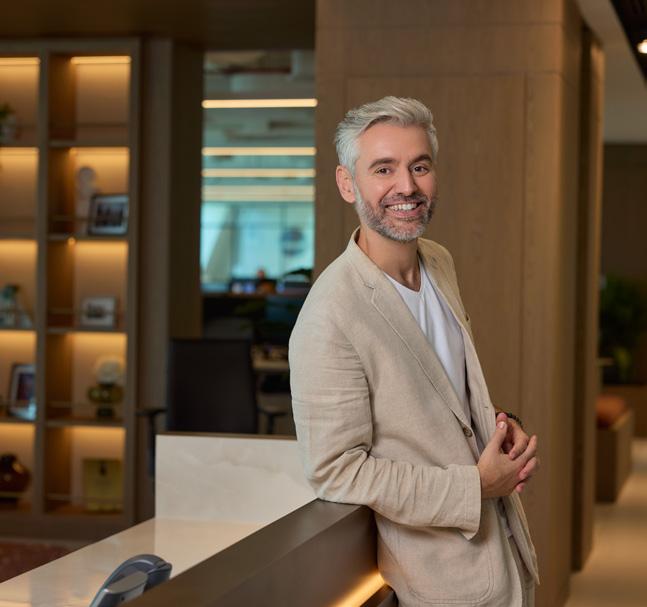
Slow Living Design meets this need by creating environments that foster genuine relaxation, cultural immersion, and wellness-oriented living, all without sacrificing sophistication or comfort. This also aligns with key industry metrics: enhanced guest satisfaction, longer stays, positive reviews, and repeat bookings—all outcomes of offering a truly resonant stay.
Equally important is rethinking how projects begin. A slow-living-driven hospitality destination calls for early collaboration. Architecture and interiors are not siloed disciplines—they are co-authors. From the moment a site is selected, the architectural response is already in dialogue with how the interiors feel, flow, and function. This collaboration creates spaces guests don’t just pass through—they remember.
Slow Living Design is not just a trend but a new blueprint for thoughtful hospitality. It’s about designing with soul and recognizing that the most memorable experiences often come from the simplest, most humancentered details.”
— Bianca Van Der Merwe, Design Director of Interiors.
The future of luxury wellness lies in how architecture and interior design work together to create atmosphere, pace, and presence. When both disciplines are aligned from day one, we move from simply designing spaces to designing emotion, wellness, and meaning.”
— Principal & Middle East Hospitality Director, Henrique Dias
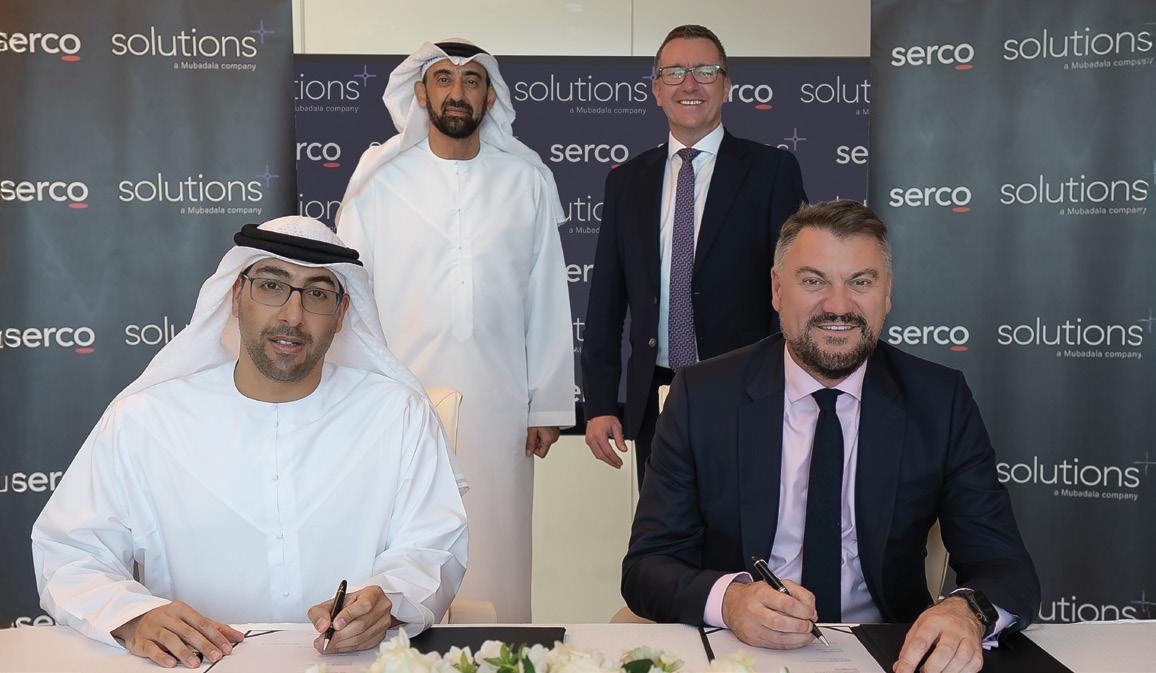
Solutions+ and Serco have strengthened Khadamat Facilities Management through a strategic alliance, aiming to enhance and advance the Integrated Facilities Management (IFM) sector across the UAE
Solutions+, a Mubadalaowned UAE consultancy known for its cuttingedge digital solutions and shared services, has joined forces with global public service leader Serco to usher in a new era for Khadamat Facilities
Management L.L.C. Through this strategic partnership, the two entities aim to elevate Khadamat’s capabilities and reinforce the UAE’s position at the forefront of Integrated Facilities Management (IFM). This bold collaboration combines local expertise with
global best practices, setting a new benchmark for innovation, efficiency, and service excellence in the region’s FM landscape.
The agreement was signed between Nasir Al Nabhani, Managing Director of Solutions+ and Phil Malem, CEO
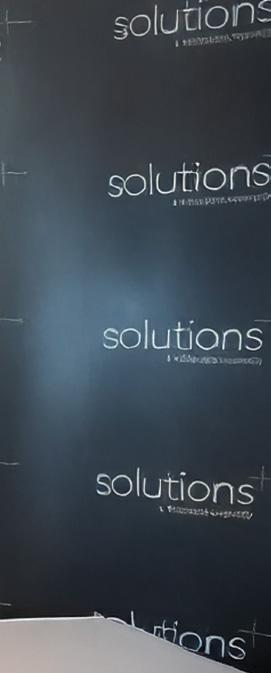
of Serco Middle East. It was witnessed by H.E. Homaid Al Shimmari, Chairman of the Solutions+ Board, alongside Dr. Bakheet Al Katheeri, Chief Executive Officer of Mubadala’s UAE Investments platform, and Anthony Kirby, Group CEO of Serco, at a signing ceremony in Abu Dhabi.
Under the new structure, Solutions+ and Serco will jointly consolidate IFM service contracts into Khadamat Facilities Management L.L.C. to create a national IFM champion. This collaboration leverages the complementary strengths of both organisations: Solutions+ in driving digital and operational transformation, and Serco in delivering world-class public services across transport, real estate, healthcare and citizen services.
The enhanced partnership is a pivotal step towards delivering operational excellence, innovation, and
sustainability across the UAE’s critical infrastructure. It reflects a shared commitment to Emiratisation, local value creation, and long-term capability building, in line with national development goals.
“This marks a major milestone in our journey to become a leader in smart and efficient service delivery,” said Nasir Al Nabhani, Managing Director of Solutions+.
“By combining our digital first approach with Serco’s international IFM expertise, we are setting a new benchmark for integrated service excellence that supports the UAE’s long-term infrastructure ambitions, in line with Mubadala’s UAE Investments platform strategy.”
“We are proud to strengthen our partnership with Solutions+ through the expansion of Khadamat FM,” added Phil Malem, CEO of Serco Middle East. “This partnership allows us to
deliver even greater value to our clients and communities, while supporting the UAE’s vision for a more sustainable, innovative, and locally empowered facilities management sector.”
Serco’s Group Chief Executive Officer Anthony Kirby said, “Partnering with Solutions+ to build a national IFM champion in the UAE not only reflects our commitment to investing in key growth markets, but also demonstrates the power of collaboration in delivering better services, meaningful local impact, and long-term value for governments and citizens alike.”
By combining global best practices with local insights, this partnership reinforces Serco’s purpose of creating a better future and supporting government visions, and Solutions+’s ambition to lead the next generation of smart, efficient, and customercentric facilities management services across the Emirates.
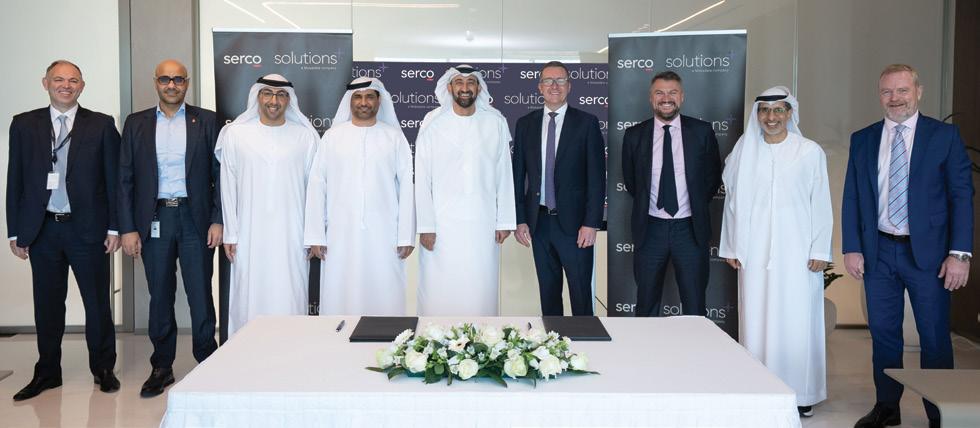




The Pillars of Real Estate Awards was a spectacular celebration of brilliance, vision, and architectural artistry, honoring the pioneers who have transformed the ever-evolving real estate landscape of the Middle East. This prestigious ceremony took place on the memorable evening of June 24, 2025, recognizing the creativity, innovation, and significant achievements of the region’s most influential real estate leaders.
Set against a backdrop of opulence and grandeur, the event brought together the best in the industry—visionary developers, pioneering architects, master planners, and design experts—under one magnificent roof. The atmosphere buzzed with energy and anticipation as the night unfolded into a vibrant tapestry of accolades, inspiration, and celebration.

The awards recognized projects ranging from groundbreaking luxury communities to iconic mixed-use developments. These transformative initiatives not only shape skylines but also redefine how people live, work, and connect. Individuals who made lasting contributions to the built environment were also honored, their passion and leadership celebrated with welldeserved recognition.
As the Middle East experiences a surge in real estate growth, the Pillars of Real Estate Awards stand as a beacon of aspiration and excellence, uniting the region’s finest minds under a shared vision of progress. It was a glamorous affair that highlighted the legacy of success, reminding all attendees that the future of real estate in the region is bold, brilliant, and just beginning to unfold.
Multimedia Production Credits: Eduardo Buenagua, Joel Amparo and Farooq Salik
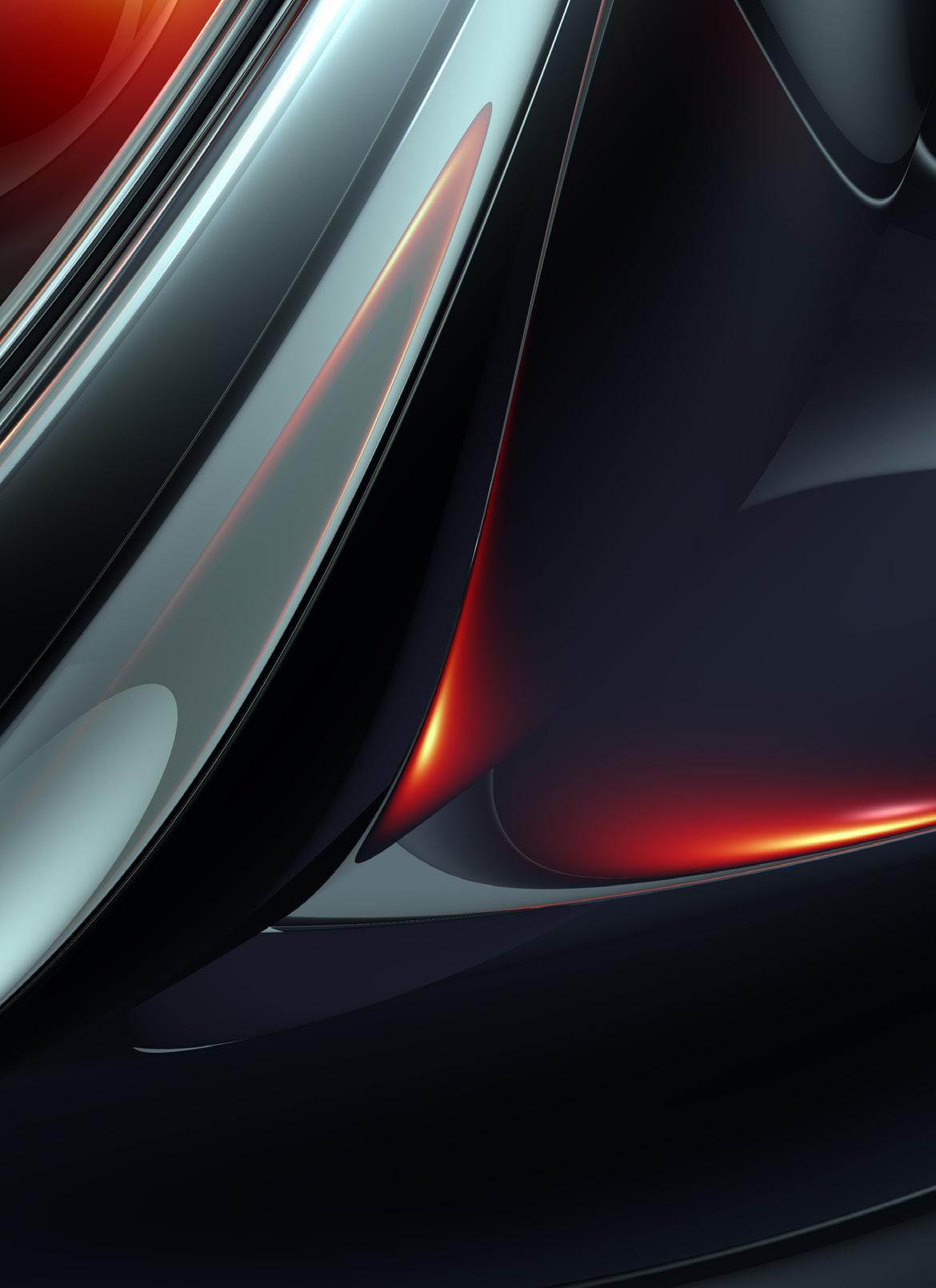
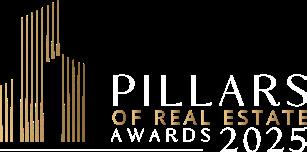
Atrue benchmark for sustainable urban development, this flagship community redefines luxury living with purpose.
Thoughtfully designed to foster connection, wellbeing, and environmental stewardship, it spans over 3 million square metres in the heart of Dubai. Seamlessly integrating residential, recreational, retail, and educational spaces, the development sets a new standard for inclusive, future-ready environments - embodying a vision where sustainability and sophistication go hand in hand.
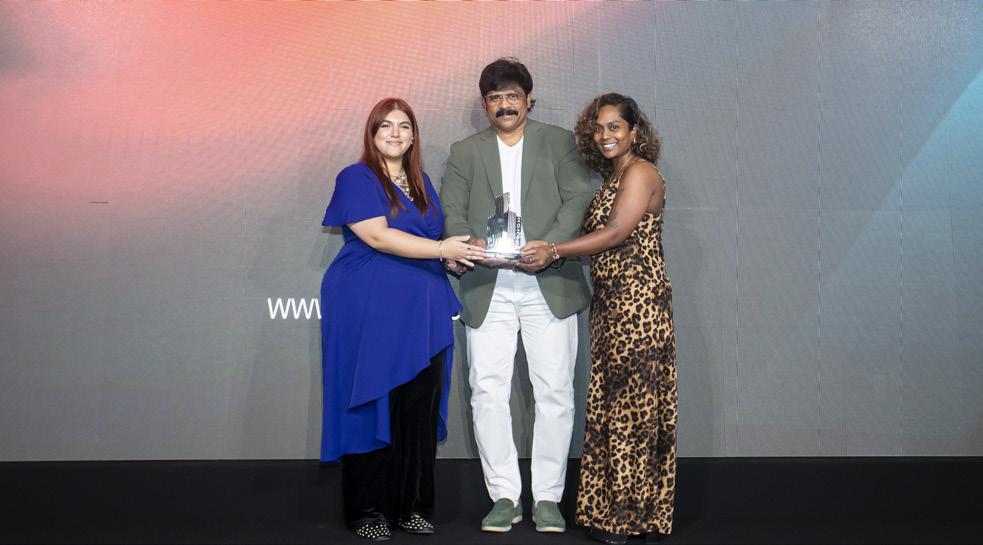



Abold US$6 billion hospitality landmark on The World Islands, The Heart of Europe by Kleindienst Group transforms six islands into a vibrant celebration of European culture. Featuring over 5,000 rooms across more than 20 uniquely themed resorts, the project redefines destination tourism and sets a new global benchmark for integrated leisure experiences. With its visionary scale and immersive concept, it represents a pioneering achievement in luxury hospitality and architectural ambition.



Sora Beach Residences Winner
This landmark beachfront development sets a new benchmark for luxury living in the UAE, with striking architecture, panoramic sea views, and 663 fully furnished residences. From sleek apartments to sky and beach villas, each home features European finishes, smart technology, and design by Nikken Sekkei and Shalini Misra - delivering a seamless blend of style, comfort, and innovation.
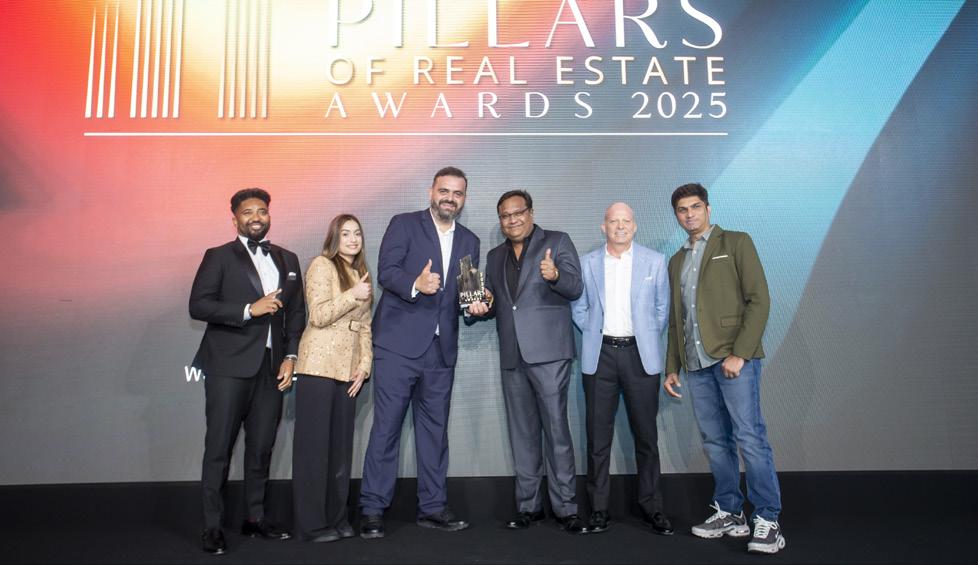



Six Senses Residences
Dubai Marina sets a new benchmark for ultraluxury living in the UAE. Soaring 122 storeys high, it offers 251 exclusive residences and over 61,000 sq. ft. of wellness-focused amenities. Designed as a vertical retreat, it thoughtfully integrates Feng Shui, sacred geometry, and biophilic design - promoting harmony, wellbeing, and a deeper connection to nature.
Six Senses Residences Dubai Marina Winner Highly Commended
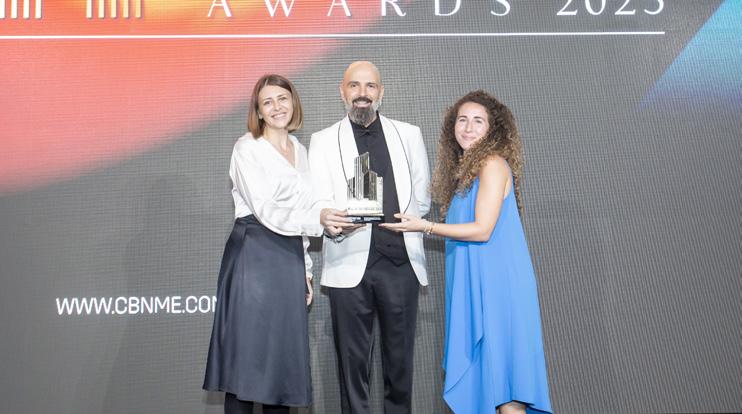
Fakhruddin Properties
Treppan Living project
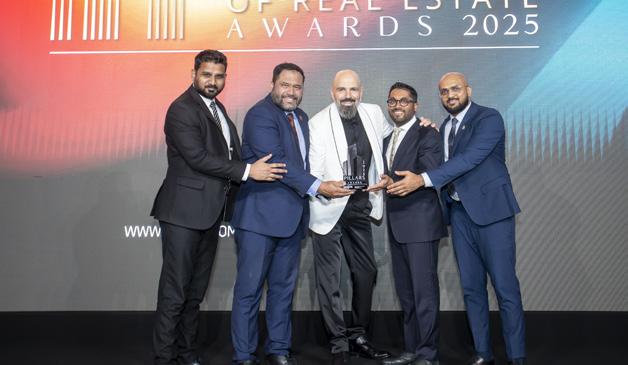


The LX by Mulk Winner
Located in the rapidly developing Arjan district near Dubai Miracle Garden, The LX by Mulk is a bold AED 350 million commercial development poised to redefine the market. With future-ready spaces that blend design, functionality, and accessibility, it sets a new standard for modern commercial environments in Dubai.
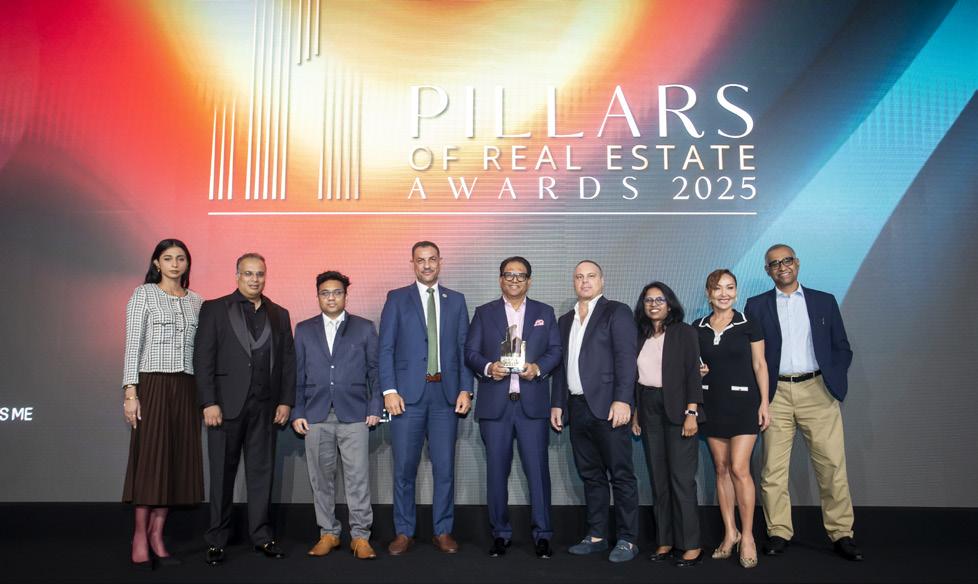



Located on Marjan Island, Miraggio is a striking residential development designed to harmonise with its natural surroundings. With stepped terraces and elegant, curving forms, it offers uninterrupted views of the Arabian Gulf - creating a seamless connection between residents and the ocean, and redefining coastal living through thoughtful, landscape-led architecture.
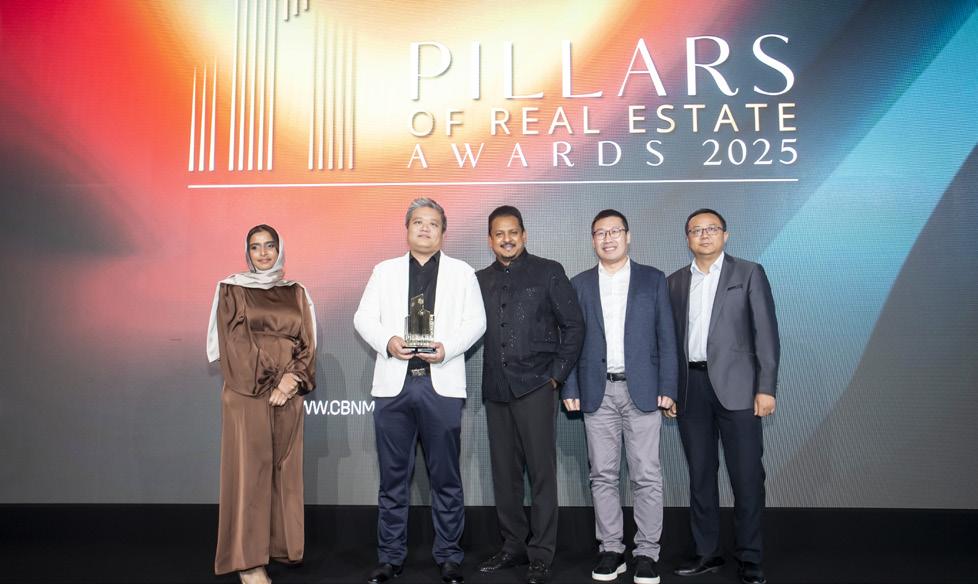


Shoba One
Sobha One sets a new benchmark for sustainable luxury living in Dubai, integrating advanced energy-efficient systems, eco-conscious materials, and cutting-edge smart technologies.
Recognised with the BCA Green Mark Platinum SLE (Provisional) Award under the Green Mark International framework, the project minimises energy and water consumption, enhances biodiversity through thoughtfully designed green spaces, and employs intelligent operations to deliver a future-forward, environmentally responsible lifestyle.

Majid Al Futtaim Properties
Ghaf Woods Highly Commended Winner
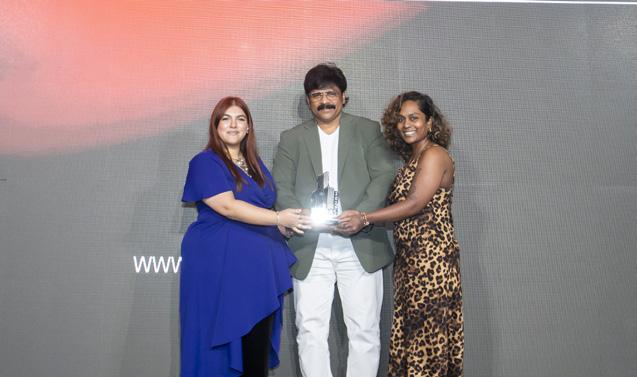



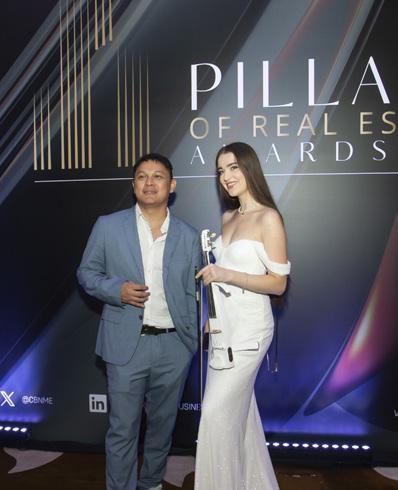
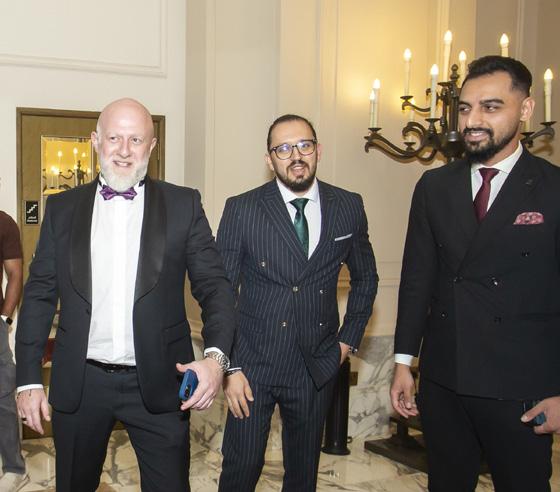
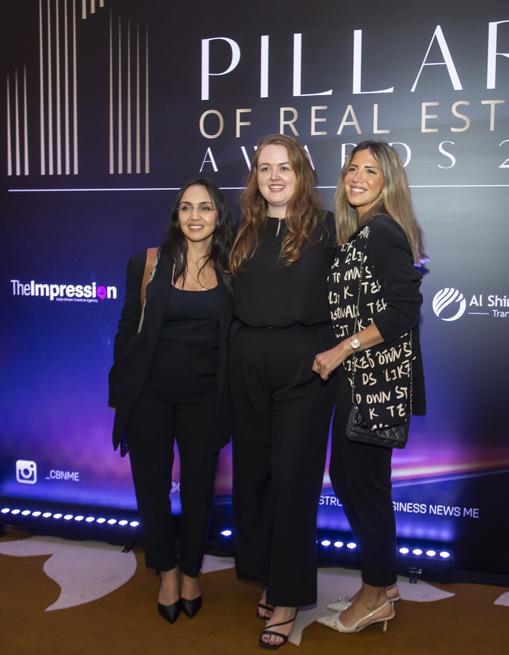
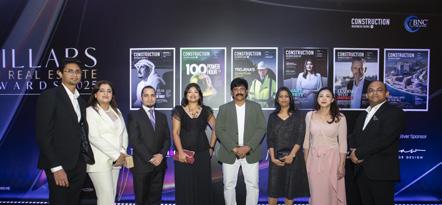



Waldorf Astoria Residences Dubai Business Bay
Perched on the Dubai Water Canal, Waldorf Astoria Residences
Dubai Business Bay is a striking architectural icon that masterfully blends heritage with cuttingedge technology. Drawing inspiration from the Waldorf Astoria’s legacy of luxury and bespoke service, it transcends the traditional hotel concept to offer a lifestyle defined by elegance, sophistication, and timeless charm.
Honeymoon Island Highly Commended Winner

Kleindienst Group
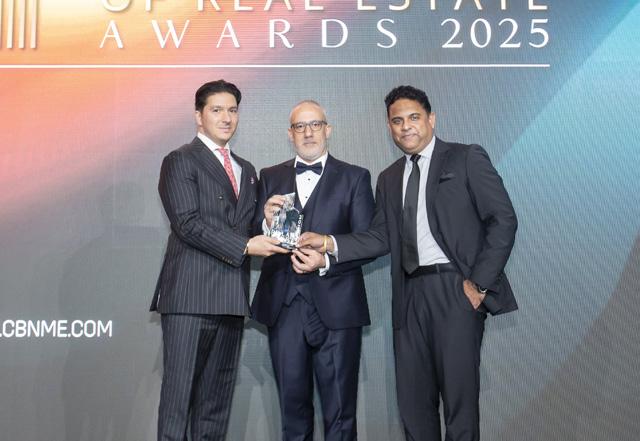



Rising 36 storeys above the bay, The Mural redefines elevated living by harmoniously blending architecture with nature. Its terraced design extends toward the waterfront and parklands, offering uninterrupted views. Every detail is carefully crafted to complement the surroundings, creating a tranquil yet vibrant lifestyle for its residents.
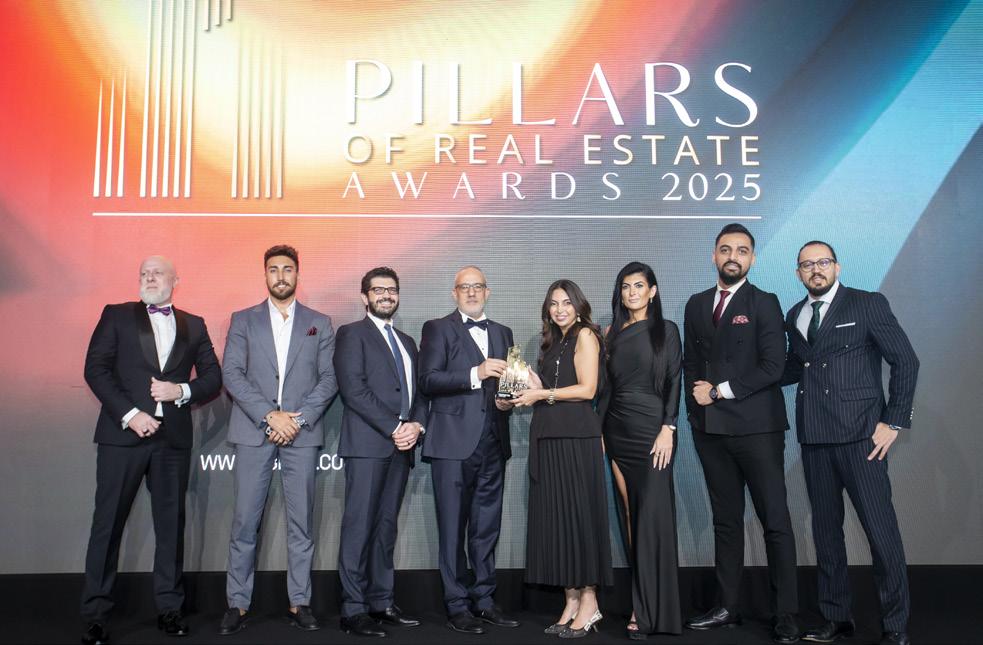


Keturah Resort Winner
Keturah Resort offers residents and guests an elevated living experience with upscale amenities including a luxury wellness hotel, private yacht dock, curated retail spaces featuring a weekend farmers’ market, 24/7 valet parking, and exclusive beach access to The Ritz-Carlton Jumeirah. Nestled within a gated community overlooking a serene wildlife sanctuary, it perfectly balances luxury, convenience, and nature.




Bayut is the UAE’s leading property platform and the region’s most advanced PropTech ecosystem, transforming how properties are discovered, evaluated, and purchased. Their nomination recognises their leadership in cutting-edge technology, AI-driven innovation, strategic partnerships with government entities, and ongoing commitment to research and development.
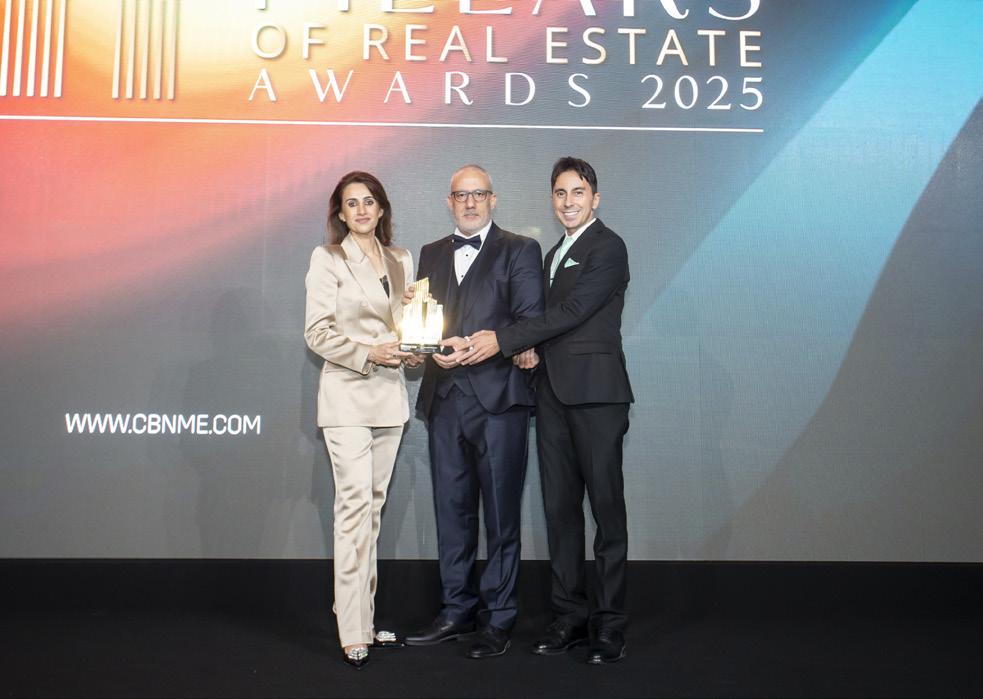


With 40 years of excellence, Asteco stands as a trusted leader in property and community management, valuation, and advisory services. Guided by a people-first philosophy, the company manages over 155,000 units across the UAE, Oman, and Egypt—covering 235 communities and more than 354 million sq. ft. of built-up area, making a significant regional impact.
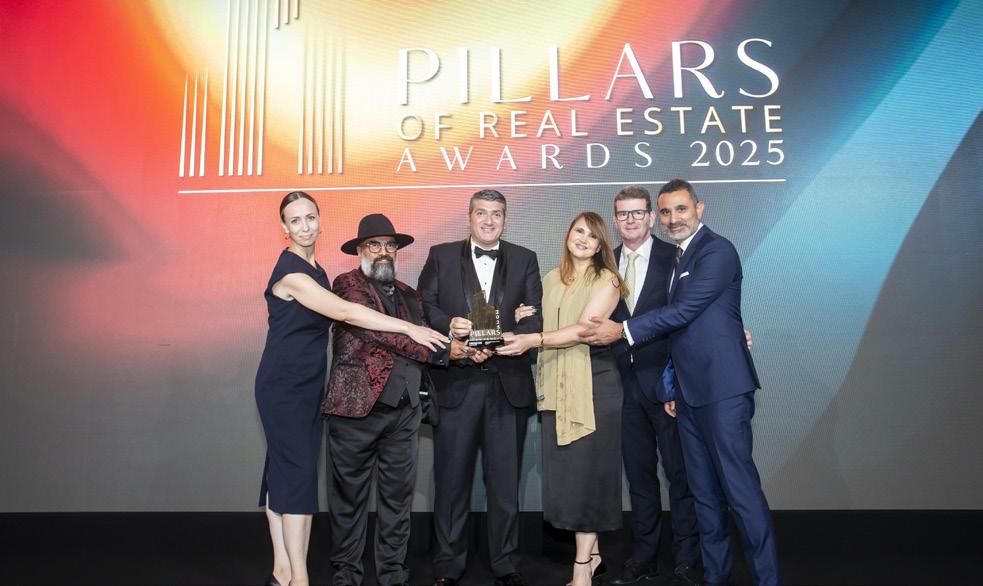



Marking its 10th anniversary in Dubai in 2024, Engel & Völkers Middle East continues to demonstrate remarkable growth and success. In Q1 2025 alone, the agency recorded a 33% increase in residential sales, a 44% rise in total sales value, and a 48% surge in luxury property sales exceeding AED 10 million—solidifying its position as a market leader in the region.
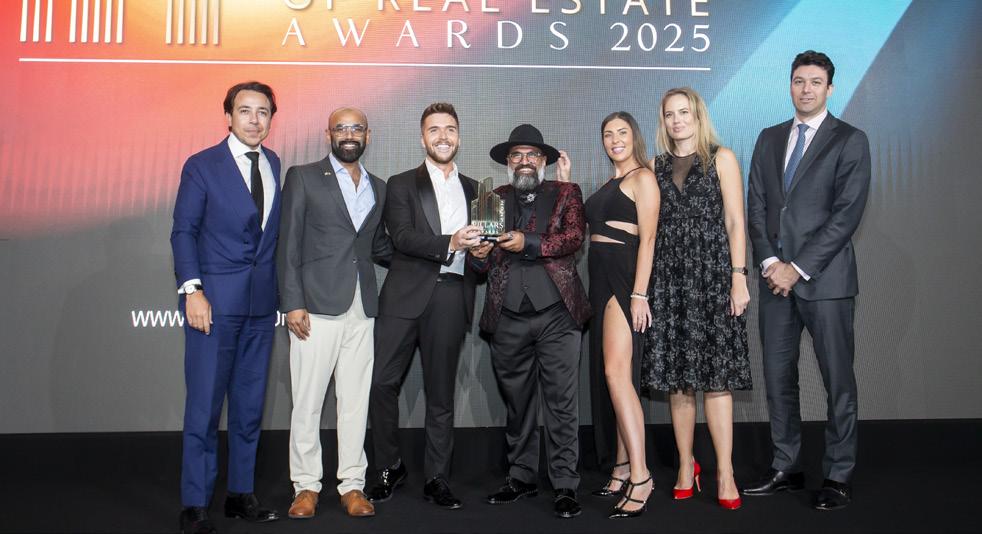


Managing one of the region’s largest residential leasing portfolios, Dubai Residential oversees over 35,000 homes across 20+ communities, serving 140,000 residents. Rebranded in 2024, it unified Nakheel and Meydan’s portfolios under Dubai Holding, signalling a strategic commitment to delivering exceptional living experiences across the city.
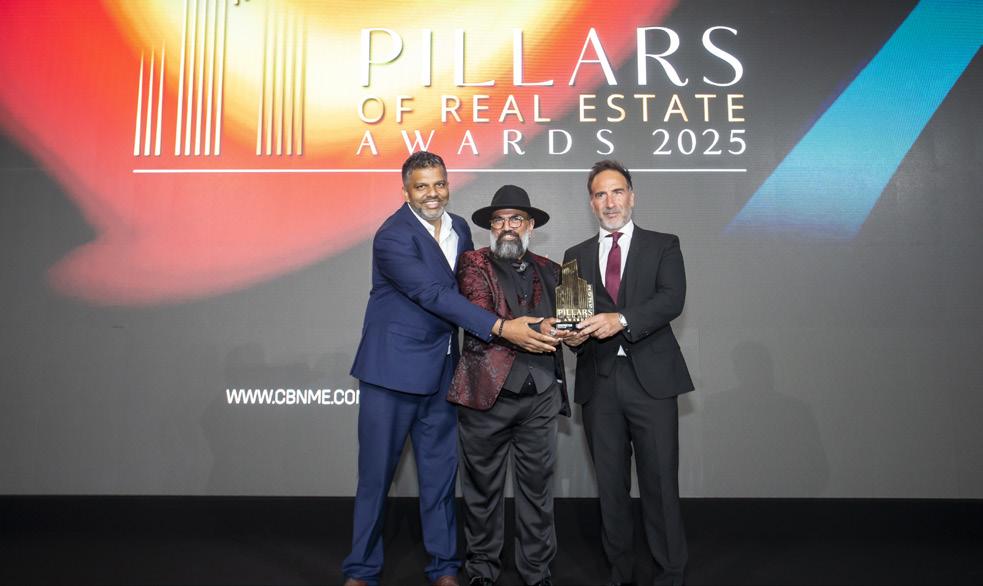



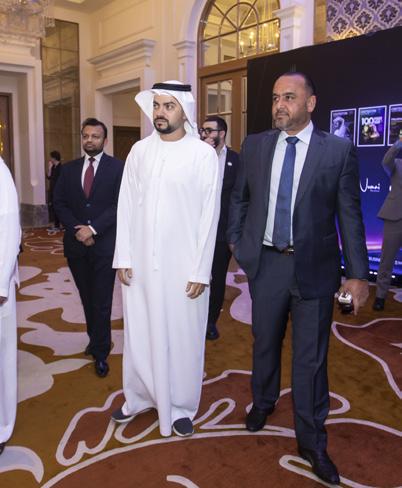

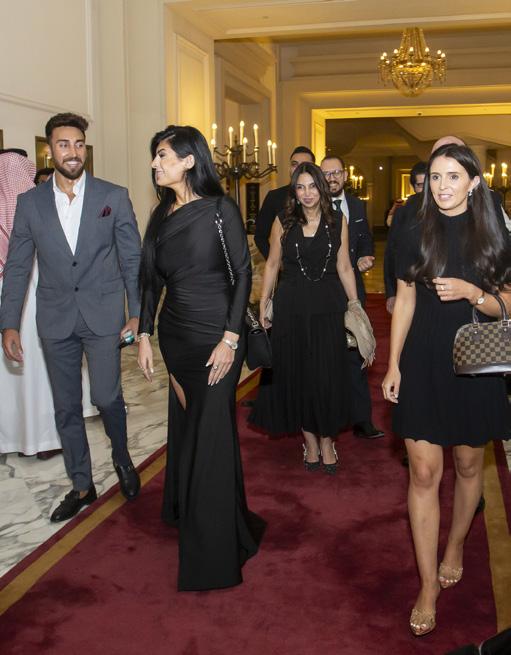
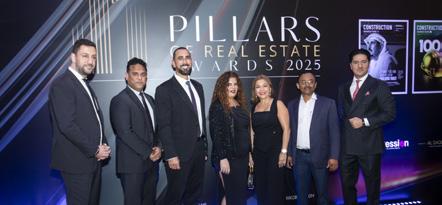
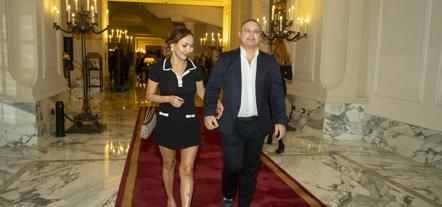
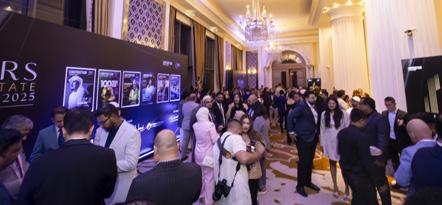


Ayana Properties is a leading real estate investment advisory firm specialising in residential and commercial properties across the UAE. Leveraging expert market knowledge and an extensive network of over 1,200 agents, the firm provides exclusive sales and marketing services - helping developers achieve outstanding results through efficient, end-to-end sales management.
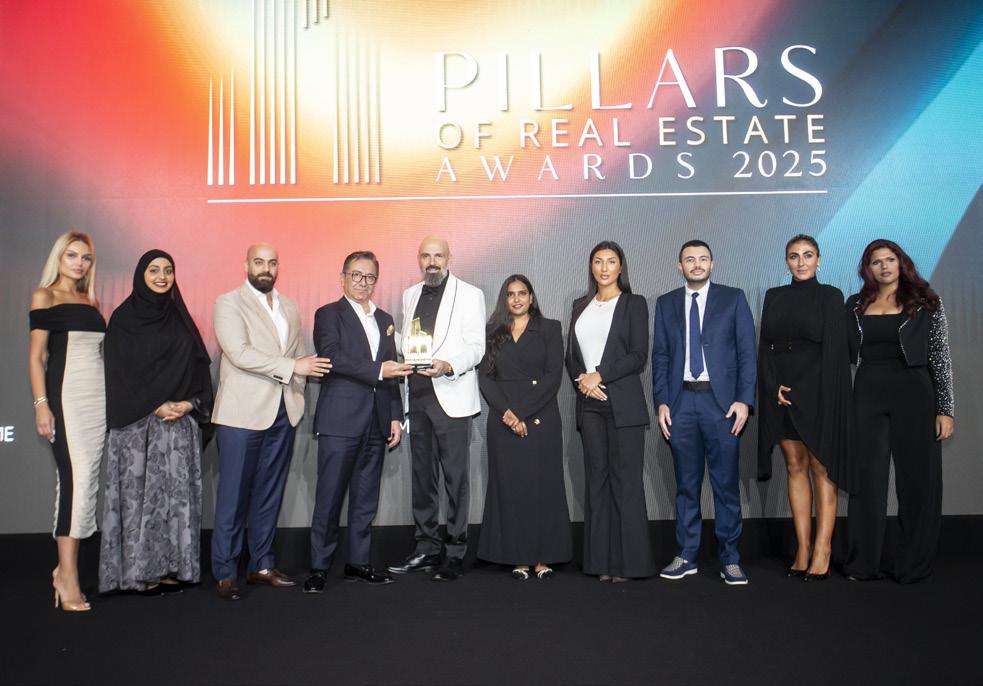



Recognised for outstanding advisory services, deep market knowledge, and strategic expertise across residential and commercial sectors, Colliers has a proven track record of guiding major developments and investments in the region. Continually leading the industry with innovative, data-driven, and client-centric solutions, it sets the standard for excellence in real estate consulting.
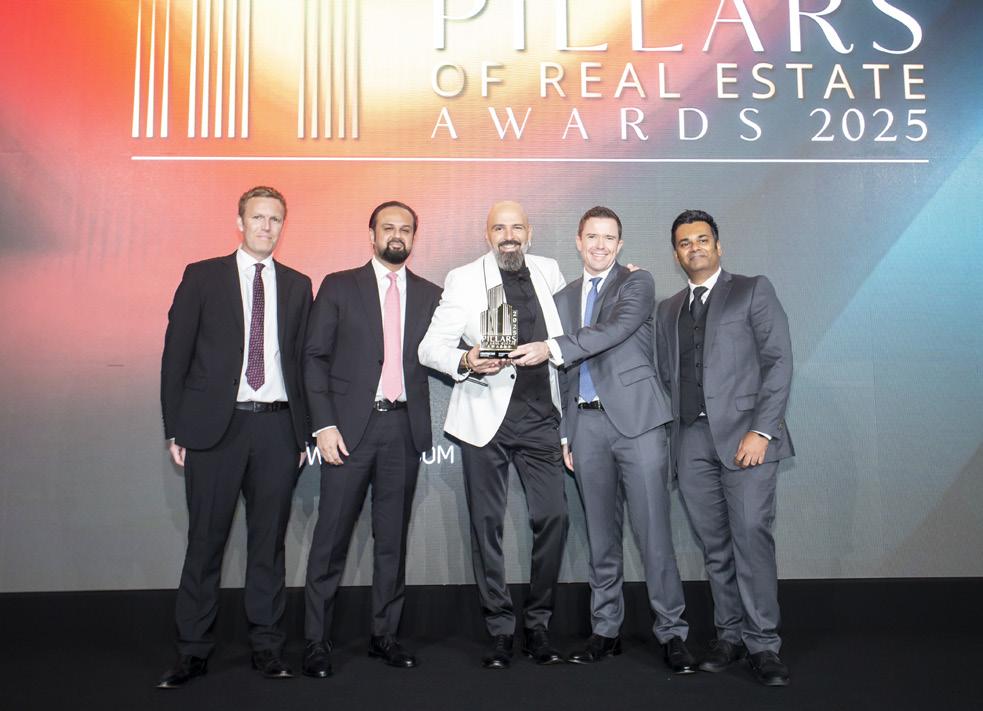


Recognised as a leader in real estate portfolio management, Al Saqer Property Management excels through strategic vision, operational excellence, and tailored solutions across diverse asset classes. Its commitment to maximising value, enhancing tenant satisfaction, and upholding exceptional service standards has firmly established its position at the forefront of the industry.




Calma Developments is a pioneering Saudi real estate developer transforming the Kingdom’s urban landscape with vibrant, people-centric communities aligned with Vision 2030. By creating modern, livable spaces that prioritise connection and quality of life, the company is playing a key role in humanising Saudi cities. With an ambitious vision and rapid project delivery, Calma has become one of the fastest-growing developers in the region.
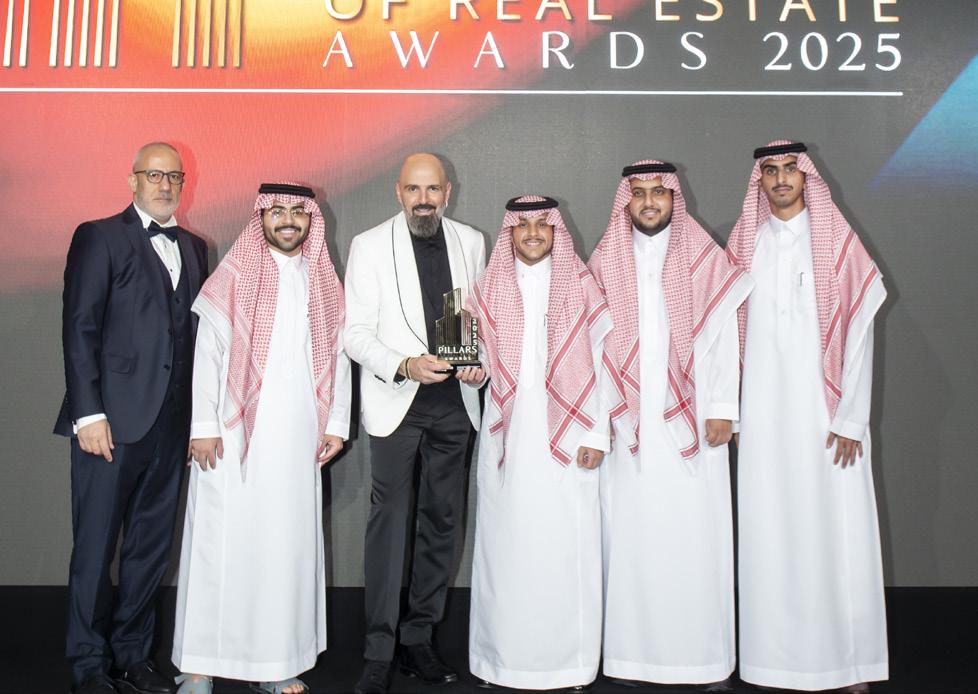

Qube Development is celebrated for its commitment to creating inclusive, well-integrated communities centred on residents’ wellbeing. Through carefully planned green spaces, communal areas, and essential amenities, their projects foster connection and a genuine sense of home. Setting a new standard in real estate, Qube prioritises lifestyle, sustainability, and meaningful community living.
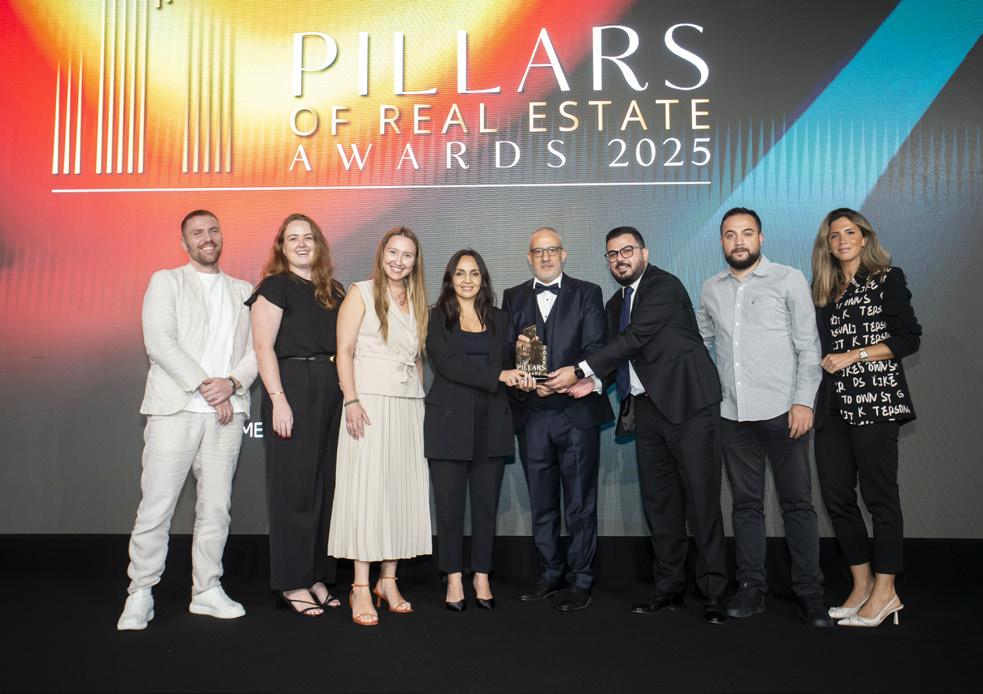






One development operates more like a tech company than a traditional developer, it employs agile, multidisciplinary teams to make rapid, data-driven decisions. AI is integrated throughout every stage, from feasibility studies to smart building systems, and powers a homeowner app that offers seamless control of property and amenities, establishing a new benchmark for technology-enabled living.




BNW Developments is rapidly establishing itself with a bold vision, innovative design, and a strong commitment to quality, lifestyle-driven communities. Backed by a growing project portfolio and a futureready, customercentric approach, the company is quickly becoming a standout name in the real estate sector.
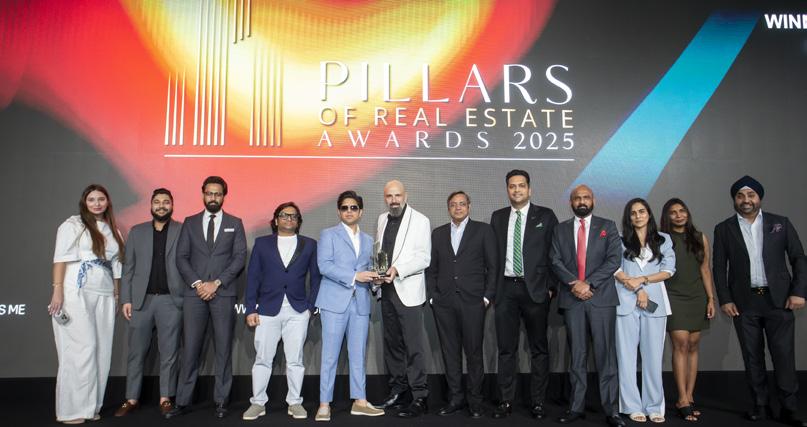



ustainability is embedded throughout every phase of Fakhruddin Properties’ projects - from design to operations. Their holistic approach focuses on cutting carbon emissions, minimising waste, enhancing energy efficiency, and improving air and water quality, setting a strong example for responsible development.
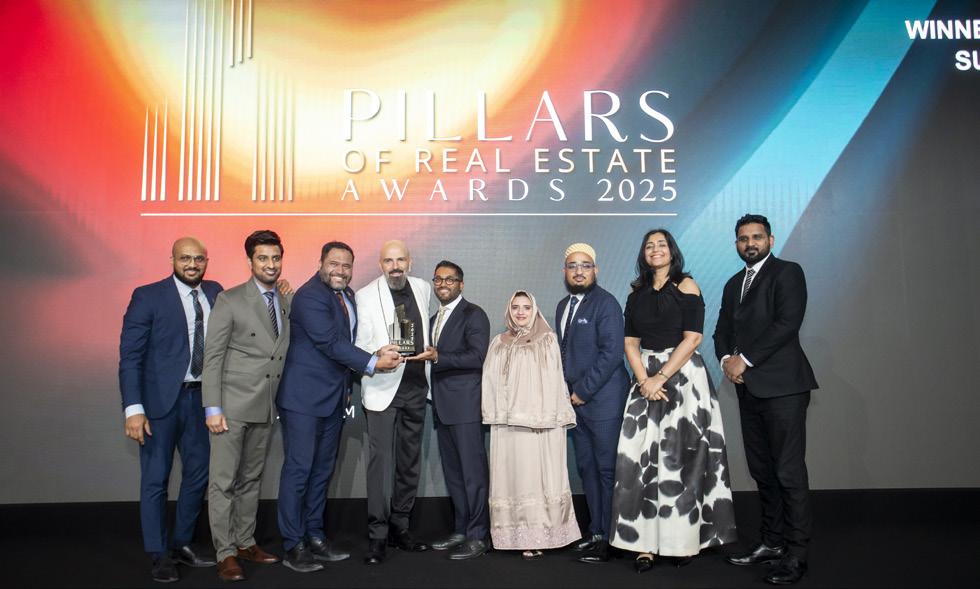




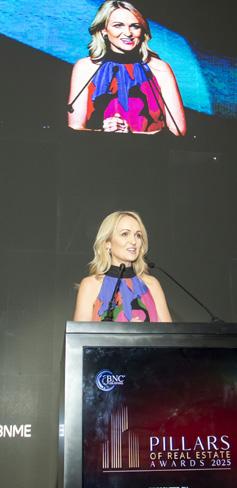
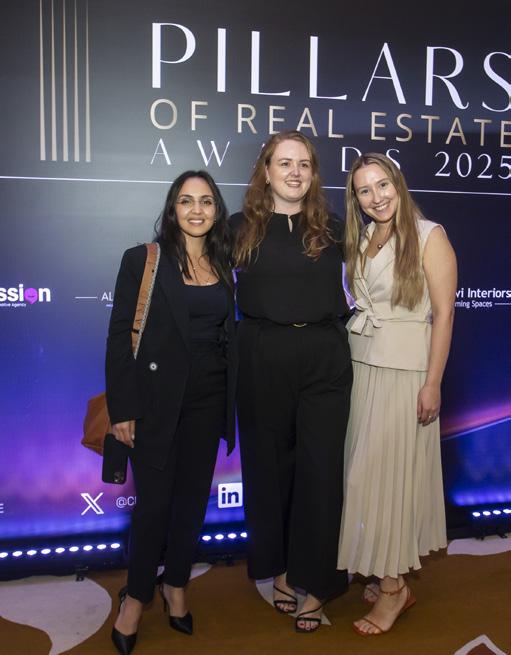
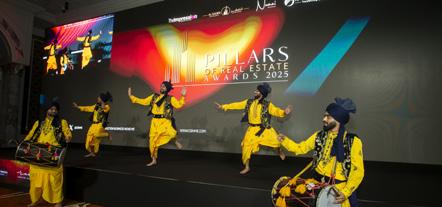
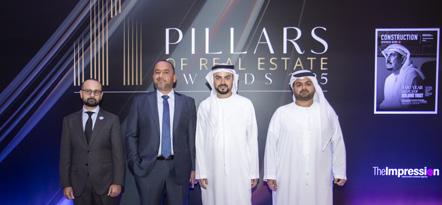
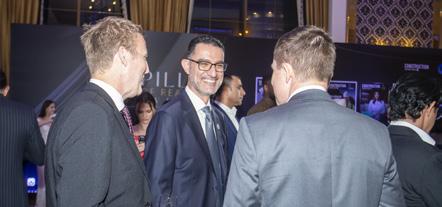


R.Evolution brings a distinctive vision to real estate, creating projects that not only elevate their cities but become enduring parts of their identity and legacy. For them, architecture transcends form and functionit is a lasting contribution to urban progress. Their forward-thinking approach ensures every development meaningfully shapes the future of the city.




amana Developers is one of Dubai’s fastest-growing real estate companies, demonstrating remarkable momentum across residential, retail, office, and hospitality sectors. With international ventures such as a luxury project in the Maldives and strong backing from global investors, the company has secured its place among the city’s leading developers.



Arada has established a strong reputation as a luxury real estate developer, delivering sophisticated designs, high-quality finishes, and exceptional amenities. From expansive master communities to landmark residential towers, its projects offer refined, lifestyle-focused living. Strategic collaborations with leading architects, alongside a commitment to sustainability and innovation, solidify Arada’s position in the region’s high-end property market.




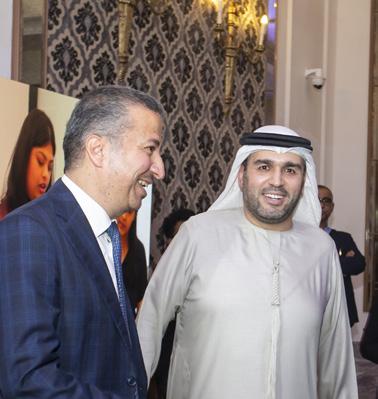
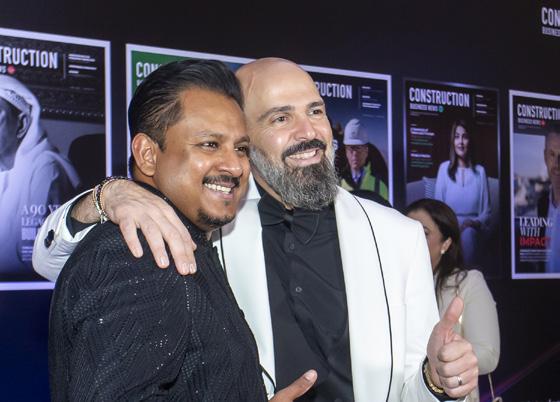
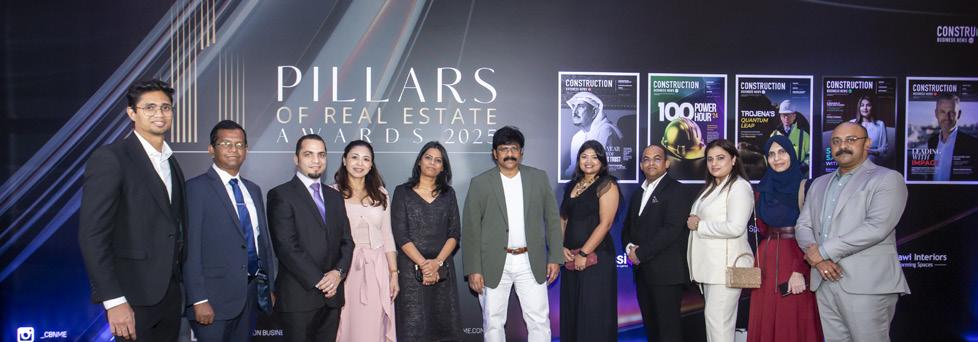
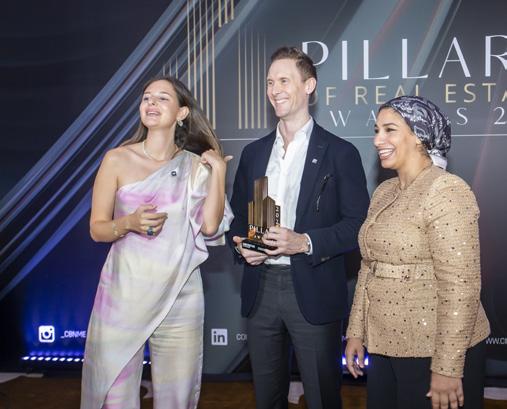
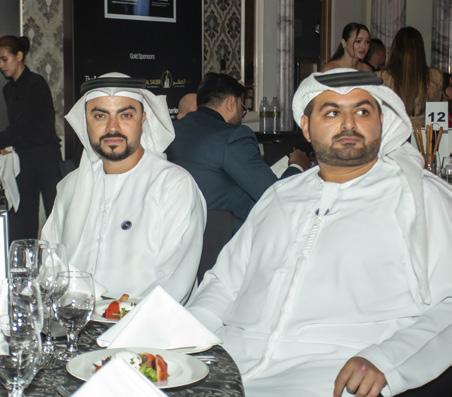


Sol Properties is recognised for its unwavering commitment to quality, innovation, and timely project delivery. With a versatile portfolio blending contemporary design and practical living, the company consistently sets new standards in both residential and commercial sectors. Its client-focused approach and dependable performance have established Sol Properties as a trusted leader in the UAE real estate market.
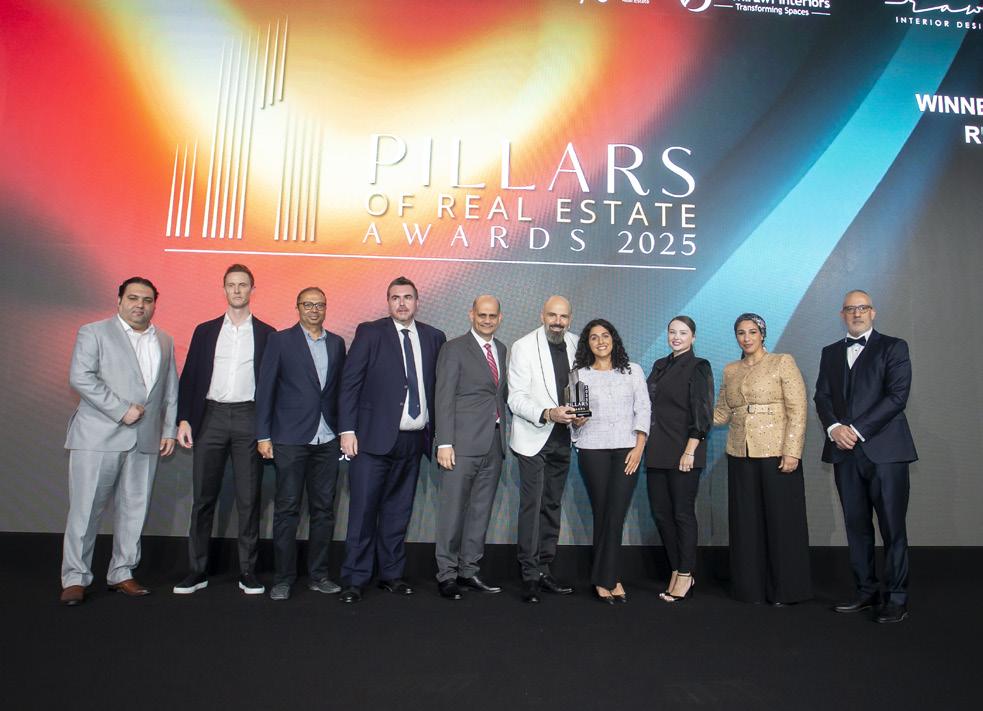



Azizi Developments is celebrated as a master developer, crafting expansive, strategically located communities that redefine key districts across Dubai. Focused on integrated living, it delivers a harmonious mix of residential, commercial, and lifestyle spaces tailored to modern urban life. With a bold vision, diverse project portfolio, and unwavering commitment to excellence, Azizi continues to shape the future of Dubai’s real estate landscape.
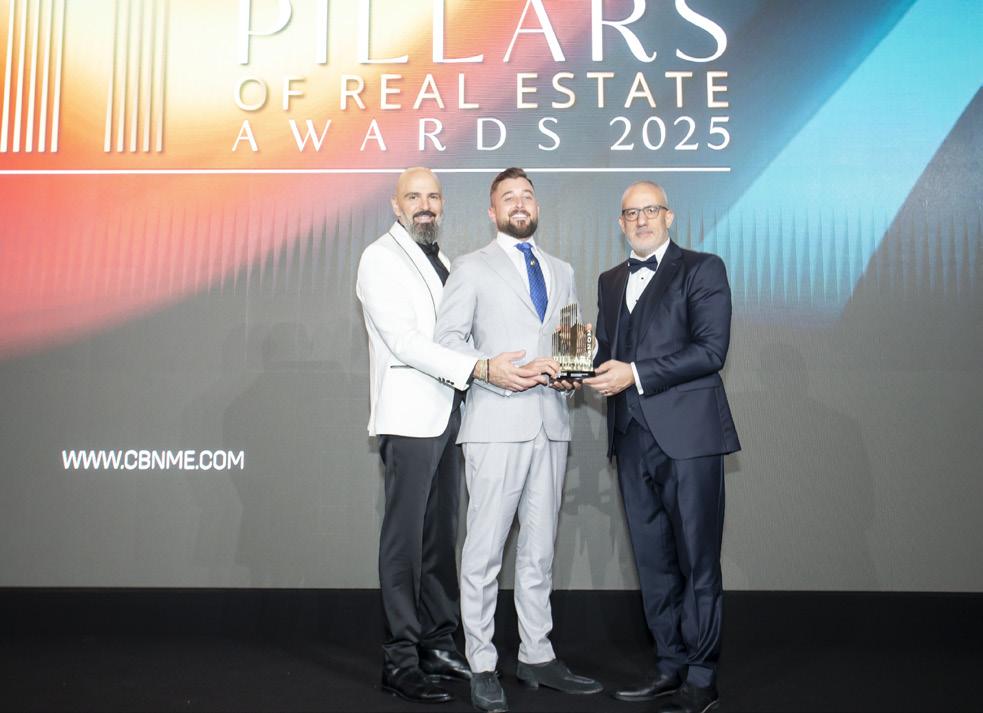


Zeina Khoury stands out as a trailblazing force in real estate, combining fearless leadership with sharp entrepreneurial insight. She has transformed Dubai’s luxury property landscape with vision and impact at every stage of her career. Beyond her professional achievements, Zeina is a passionate advocate for women in the industry, breaking barriers and inspiring the next generation of female leaders.
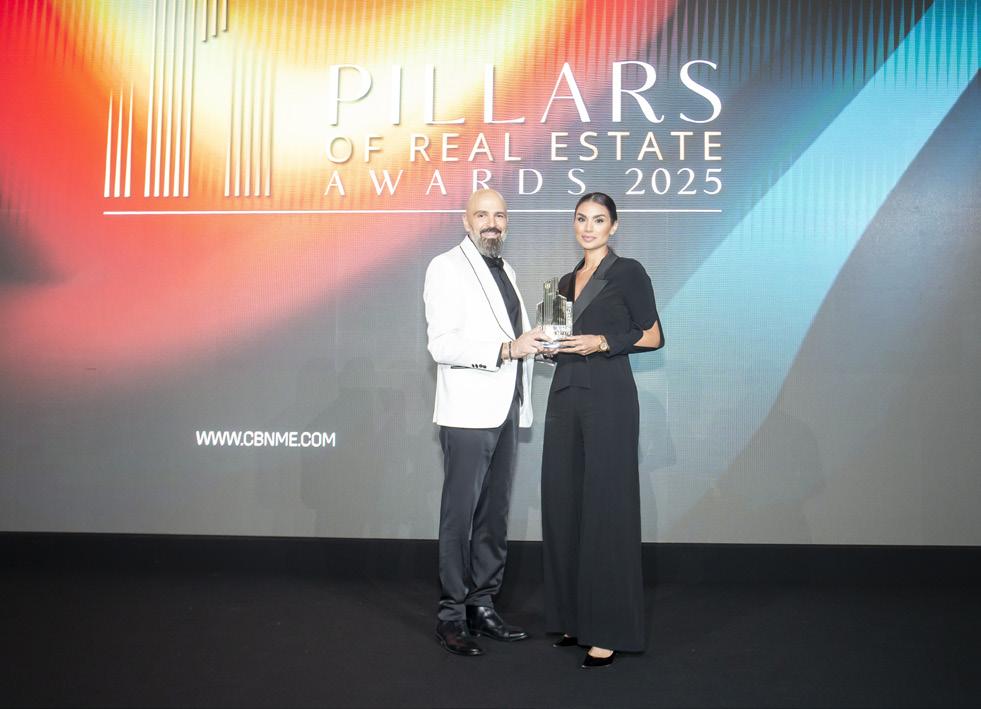



BNW Developments Winner
Ankur Aggarwal
Ankur Aggarwal has revolutionised real estate in the Middle East by combining sharp financial strategy, cultural insight, and bold design thinking. Leading a rapid rise with over AED 20 billion in assets amassed in under three years, his company has launched standout projects like Aqua Arc, FashionTV Acacia, Orvessa, and Pelagia - each embodying a unique blend of aesthetic brilliance, investment intelligence, and emotional resonance. For Ankur, it’s not just real estate - it’s real estate with soul and strategy.



With bold vision and transformative leadership, Hazem Al Hamed has redefined property management. Under his guidance, the company has expanded its portfolio, optimised operations, and elevated service excellence - setting new benchmarks for client experience and asset value. His innovative approach and community-first philosophy have bolstered the brand’s reputation, establishing it as a true leader in the evolving real estate market.
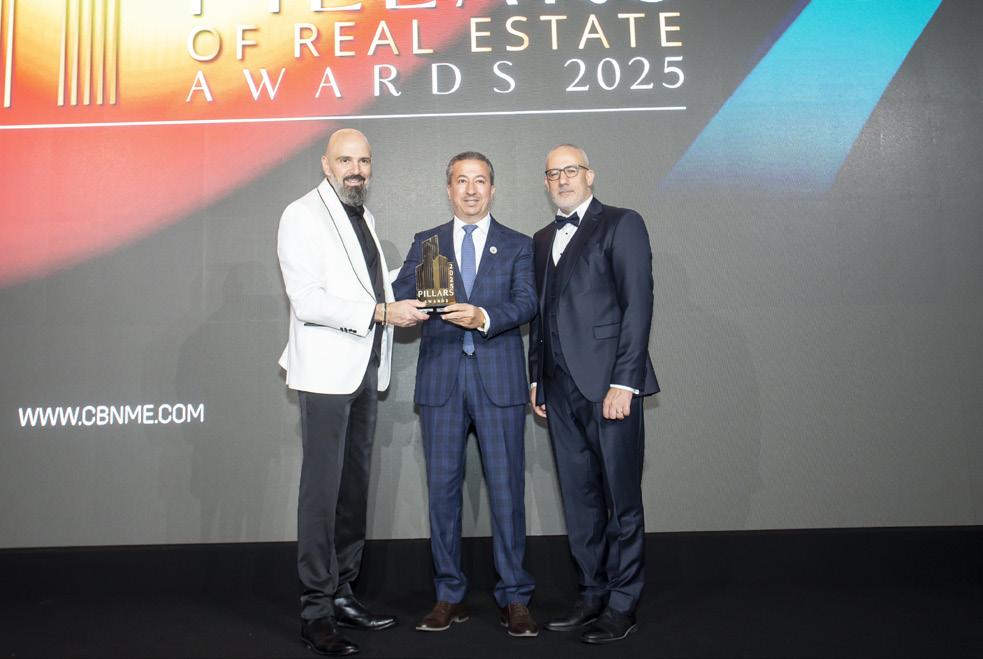



Driven by a passion for innovation and a keen eye for excellence, Rahul Kumar Gupta has reshaped the future of modern living. His journey is marked by an unwavering dedication to quality, sustainability, and bold architectural vision. Under his leadership, the company has become synonymous with luxurious, eco-conscious developments - culminating in the spectacular $1.2 billion Sora Beach Residences on Al Marjan Island, a breathtaking beachfront landmark redefining coastal living in the region.
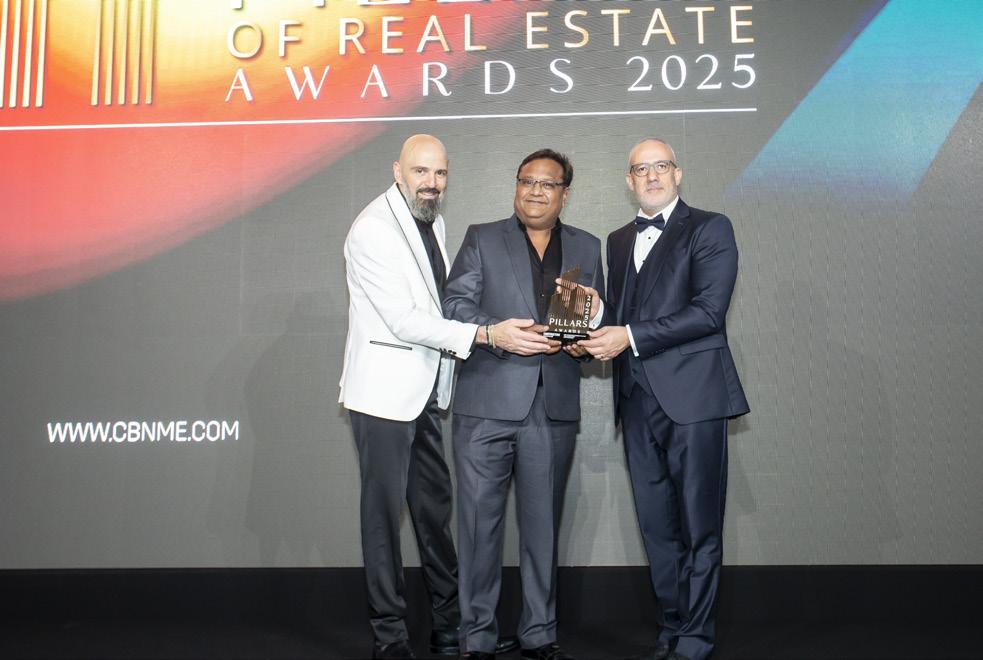


The award recognises Badr Al Helo Al Suwaidi, a visionary leader from a Dubai-based real estate powerhouse, celebrated for redefining the future of luxury living in the city. Under his dynamic leadership, the company has become synonymous with architectural elegance, uncompromising quality, and sustainable innovation. Through landmark projects that blend artistry with purpose, he has elevated design and craftsmanship standards while capturing the aspirations of a new generation - transforming luxury into a meaningful, timeless experience.
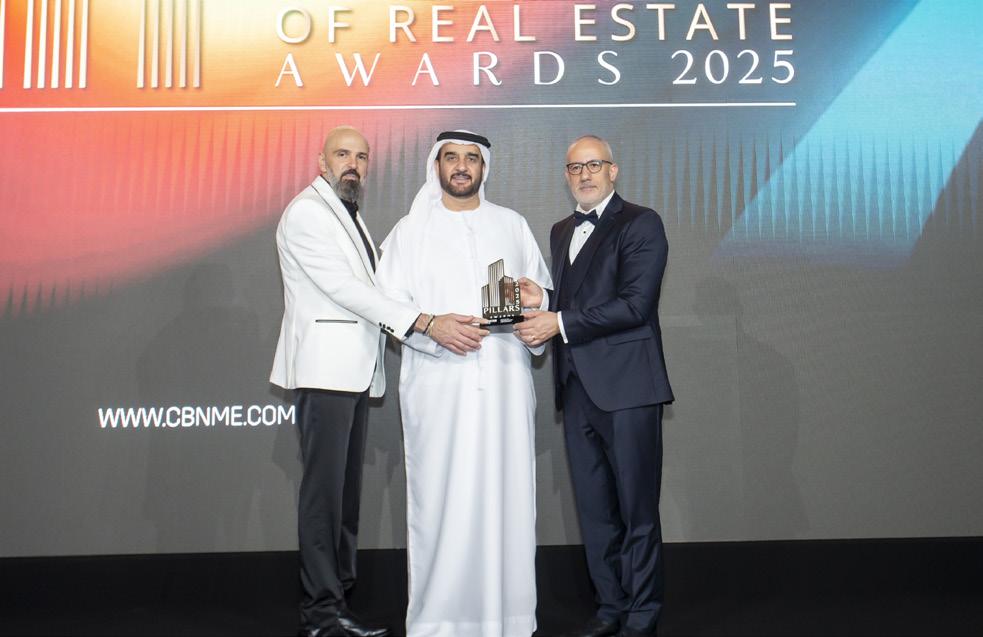

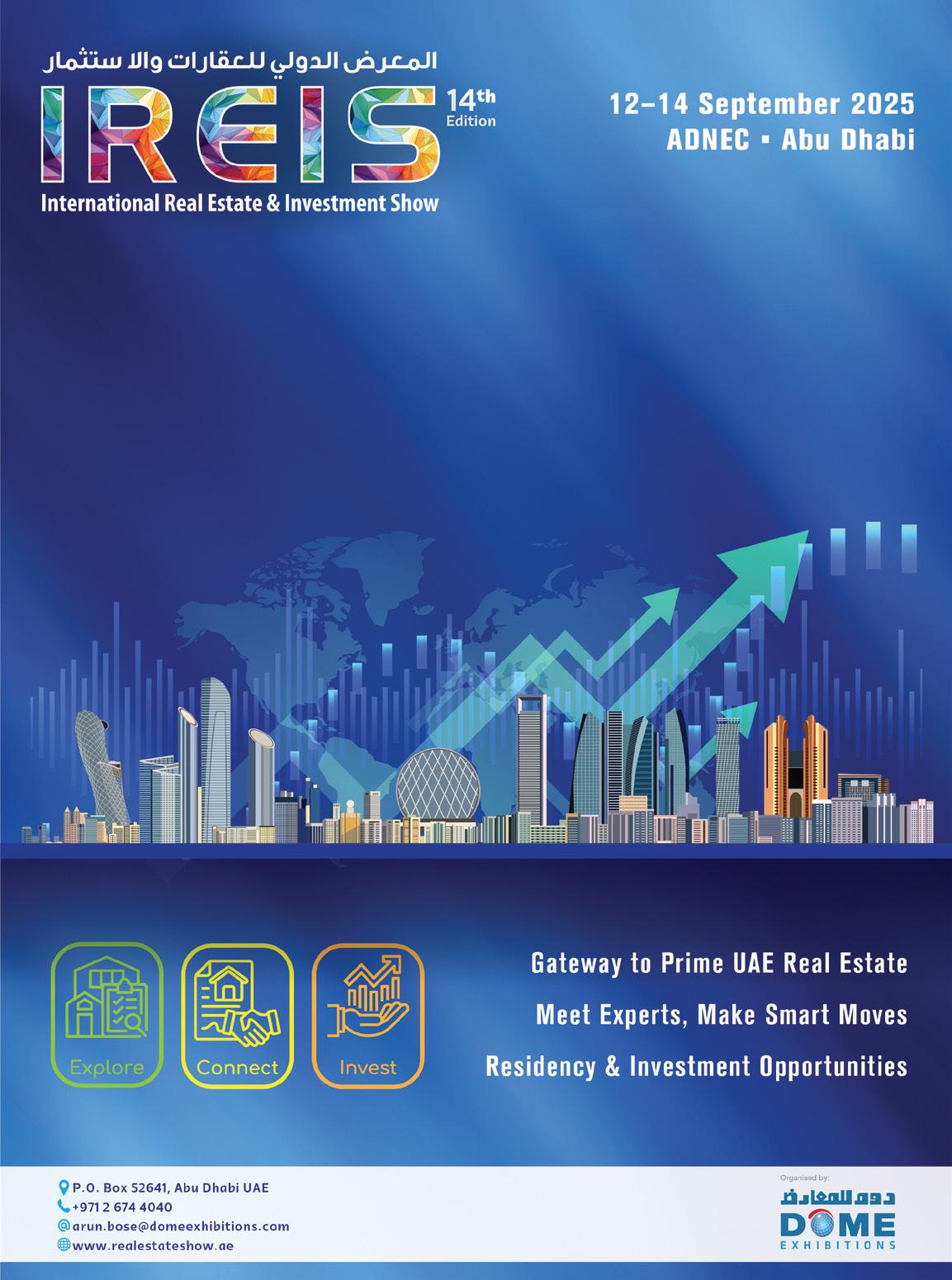
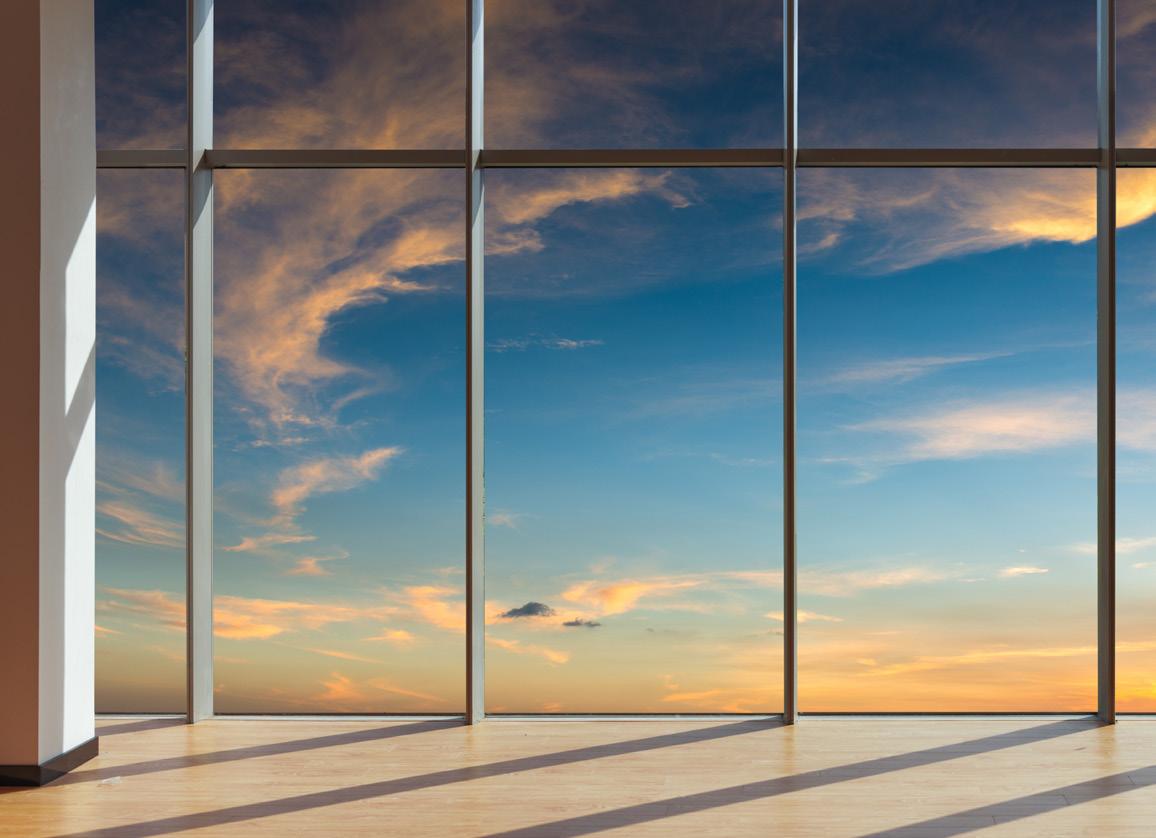
Pioneers of progress, these industry leaders elevate construction with unmatched quality, cutting-edge solutions, and trusted reliability—powering the foundations of tomorrow’s built environment.
Words by: Reeba Asghar
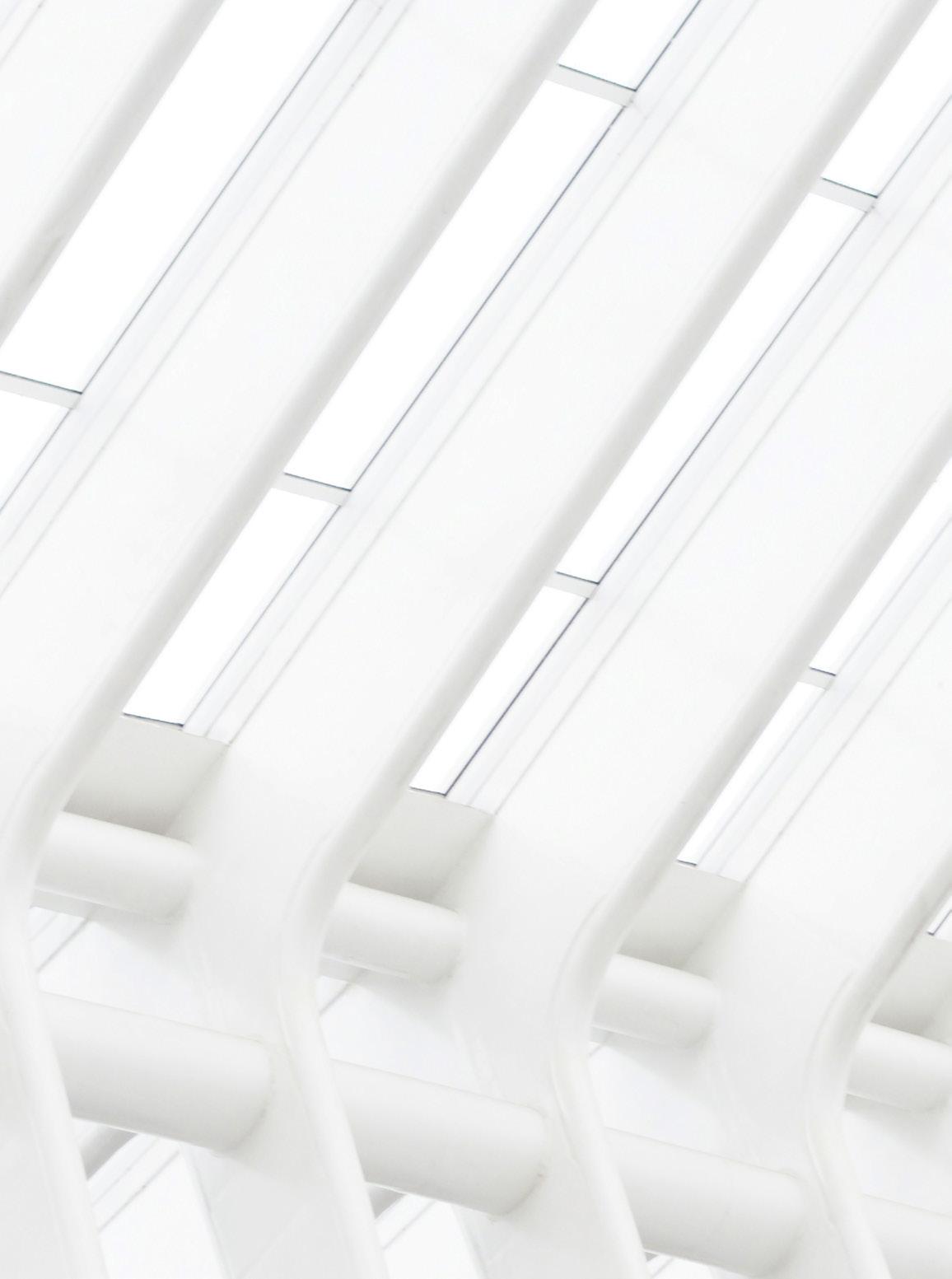
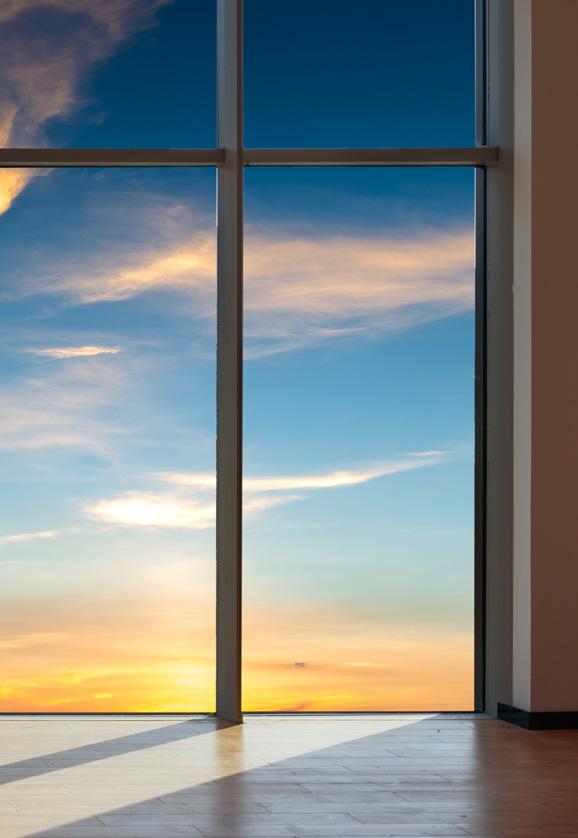
The Manitowoc Company, founded in 1902, has over 120 years of tradition in providing high-quality, customer-focused products and aftermarket support services to its markets.
The company offers a comprehensive range of products, which includes mobile hydraulic cranes, lattice-boom crawler cranes, boom trucks, and tower cranes from five leading brands: Grove, National Crane, Shuttlelift, Manitowoc, and Potain.
In pursuit of sustainable long-term growth in both revenue and profitability, Manitowoc is strategically shifting its focus to expanding non-new machine sales. This includes a robust offering of aftermarket parts, technical services, crane rentals, used equipment, and digital solutions.
A key advancement in Manitowoc’s digital transformation is the launch of GROVE CONNECT and POTAIN CONNECT, both of which aim to enhance the user experience for crane owners. These app-based systems enable real-time remote monitoring of crane performance, provide proactive alerts, facilitate seamless data exchange, and offer valuable operational insights.
Volvo Mobile Cranes is a significant player in the global construction equipment industry, continuously setting new benchmarks for performance, innovation, and sustainability. With a strong international presence and a commitment to engineering excellence, the mobile crane division of Volvo delivers advanced lifting solutions tailored for the modern construction era.
As the industry shifts toward greener operations, Volvo Mobile Cranes leads the way by investing in clean energy technologies, including battery-electric systems, hydrogen fuel cells, renewable biofuels, and grid-connected power. These initiatives are part of Volvo’s broader mission to minimize environmental impact while meeting the high-performance demands of today’s construction and infrastructure projects.
Volvo’s electric and low-emission mobile cranes are designed for optimal performance in urban areas, confined job sites, and even indoor environments. They are engineered for precision and efficiency, operating with reduced noise, minimal vibration, and zero direct CO2 emissions—making them ideal for environmentally sensitive and highly regulated locations.
In the Middle East and across global markets, Volvo Mobile Cranes also promotes circularity and durability by designing equipment that is built to last for generations. With a focus on reliability, sustainability, and technological innovation, Volvo Mobile Cranes continues to redefine the lifting landscape and raise the standard for what mobile cranes can achieve in a rapidly changing world.
Founded in 1998, Emirates Glass LLC, a subsidiary of Dubai Investments PJSC, is a leader in the architectural glass industry, recognized for establishing new standards in quality, innovation, and sustainability across the Middle East and international markets. The company is well-known for providing advanced, energy-efficient solutions and plays a crucial role in shaping the modern built environment throughout the Gulf region and beyond.
Central to its operations is the manufacturing of highperformance MSVD (Magnetron Sputter Vacuum Deposition) glass under the EmiCool brand. This product line includes a wide range of solar control glass, multi-functional Low-E glass, and standard Low-E glass, all specifically designed to significantly reduce solar heat gain in air-conditioned buildings, making them especially suitable for the challenging Gulf climate.
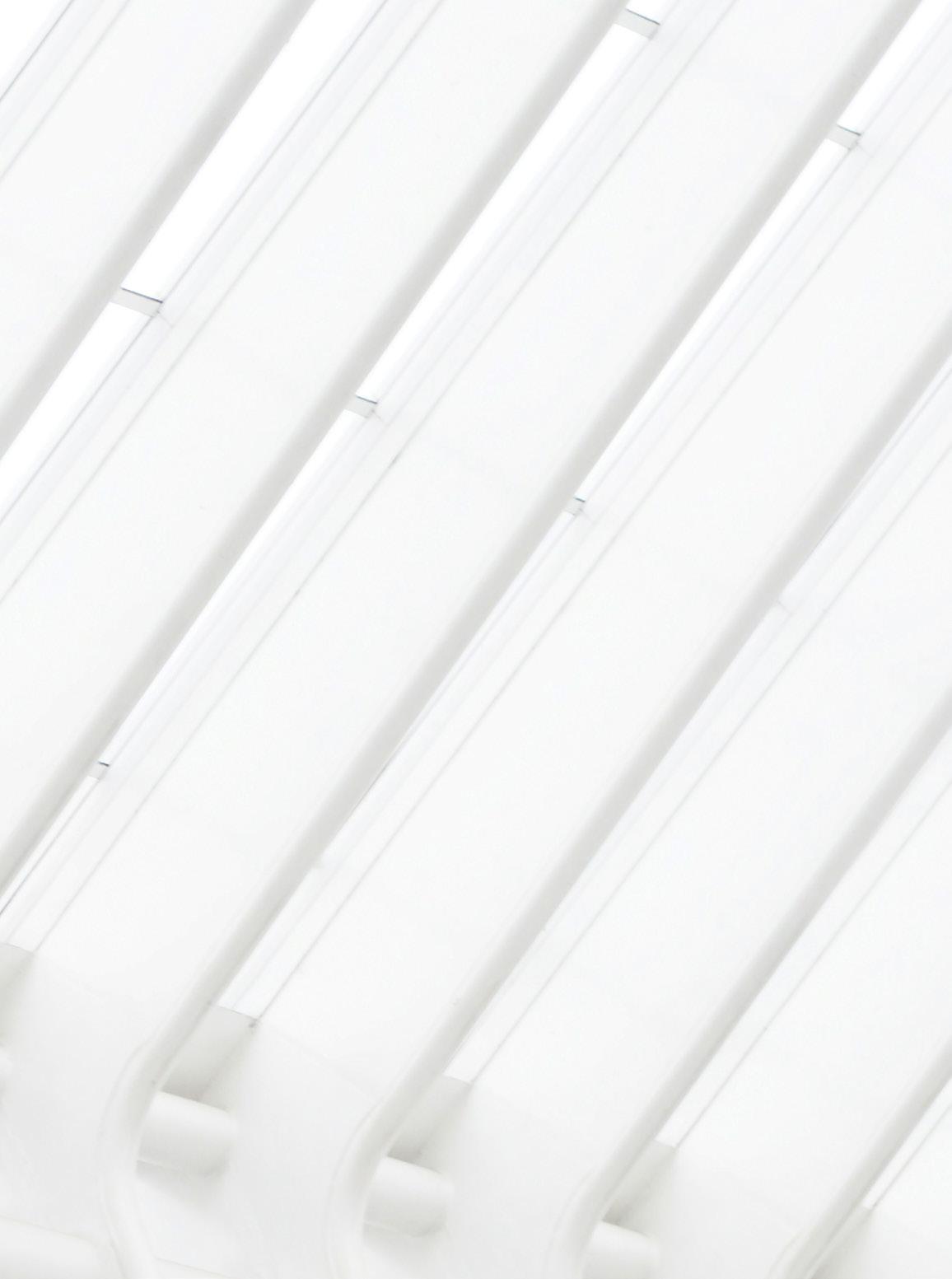

Emirates Glass places innovation and sustainability at the forefront of its operations, aligning its solutions with both the UAE’s and global environmental objectives. The company supports greener construction practices and promotes smarter urban development. Emirates Glass is committed to redefining the future of architectural glazing by delivering products that seamlessly combine form, function, and forward-thinking design.
Guardian Glass, with a legacy that dates back to 1932, is one of the world’s largest and most innovative glass manufacturers. Operating across five continents and serving customers in over 160 countries, the company continuously redefines the possibilities of glass in both function and form.
Today, glass can be available in any color or appear nearly colorless; it can provide shade as well as light, be shaped

into various forms, and come in mirrored or virtually reflection-free options. Additionally, it helps balance temperature while offering privacy and a sense of space.
Guardian Glass remains at the forefront of industry trends by providing innovative solutions that address the growing demand for oversized architectural glass, high-performance energy-efficient glazing, and advanced applications in digital signage and display technology. The company also plays a vital role in supporting renovation and retrofit projects, offering stylish and functional glass solutions tailored for both interior design and residential use.
At the heart of its innovation efforts is the Guardian Glass Science & Technology Centre (STC), a global research hub where leading experts in materials science and engineering explore the boundaries of glass performance. Since 1983, Guardian’s scientists have pioneered the development of

advanced glass coatings using Magnetron Sputter Coating technology, unlocking new possibilities in efficiency, aesthetics, and durability.
Guardian Glass is a driving force in the transformation of modern architecture, design, and sustainable building solutions, continually pushing the limits of what is possible with glass.
Since its establishment in 1977, the company has been a cornerstone of the national economy and a leading force in the cement industry. It is renowned for producing high-quality cement that meets global standards and for harnessing waste heat to generate electric power, contributing to industrial progress and environmental sustainability.
The company’s cement products are proudly used in the Kingdom’s most significant development and mega infrastructure projects, including airports, seaports, roads, bridges, industrial zones, and landmark buildings.
Committed to innovation and sustainability, the company continues to diversify its cement offerings while investing in advanced technologies and future-ready solutions.
Founded in 1972 in the heart of Khor Khwair Industrial Area, Ras Al Khaimah, Union Cement Company holds the distinction of being the UAE’s first cement producer to obtain both ISO and API certifications, setting early standards for quality and innovation.
Its cement has been used in numerous landmark developments, including the Burj Al Arab, Dubai Golf Club, and Abu Dhabi Mall, highlighting the company’s enduring contribution to the UAE’s skyline and infrastructure.
Union Cement also boasts a world-record clinker production capacity, producing over 14,500 metric tonnes per day from a single kiln—the highest ever achieved globally. A leading exporter of cement and clinker, leveraging its logistical advantage because of proximity to the Mina Saqr Port, Ras Al Khaimah.
With over a decade of established presence in the region, CEMEX UAE has become a key player in the nation’s dynamic development journey. As a globally trusted supplier of highperformance ready-mix concrete and cement, the company consistently delivers quality, reliability, and innovation for some of the UAE’s most ambitious and transformative projects.
CEMEX’s impressive project portfolio serves as a testament to the UAE’s architectural achievements and engineering marvels. The company has played a vital role in supplying materials for iconic structures such as the Burj Al Arab, the expansive Dubai Airports, and the prestigious Dubai Mall. Additionally, on Yas Island, CEMEX contributed to the development of popular entertainment destinations like Legoland, Motiongate, and Bollywood Park.
The company also supports critical national infrastructure, including the striking Hodariyat Bridge and major RTA transport projects. On the residential side, CEMEX has supplied concrete for hundreds of private villas and holds the distinction of providing concrete for the UAE’s tallest industrial tower.
Through its dedication to shaping sustainable cities and infrastructure, CEMEX UAE continues to lay the foundation— both literally and figuratively— for a stronger, greener, and more iconic future for the Emirates.


Arun Bose, Director – Exhibitions & Conference, Dome Exhibitions (IREIS 2025)
This September 12–14, 2025, Abu Dhabi proudly welcomes the world to the 14th edition of the International Real Estate & Investment Show (IREIS)—a landmark event where opportunity meets innovation and global dialogue takes center stage.
As the capital prepares to host over 2,000 investors along with developers, and real estate professionals, IREIS 2025 is set to be a powerful catalyst for strategic partnerships and visionary projects. The energy will be unmistakable as the industry’s most influential voices gather under one roof to share insights, forge collaborations, and shape the future of property investment.
From renowned developers to emerging markets, IREIS offers a diverse and dynamic platform for showcasing residential, commercial, and mixed-use projects—both from the UAE and across the globe. It is more than an exhibition; it is a curated marketplace where innovation thrives, investments take
shape, and global real estate ambitions come to life.
Visitors will discover exclusive opportunities, preview prelaunch offers, and participate in cutting-edge discussions on trends like smart urban development, sustainable architecture, and global investment migration.
Beyond the exhibition floor, IREIS will host a compelling lineup of expert panels and knowledge sessions, bringing together policymakers, economists, developers, and thought leaders to share meaningful perspectives that drive growth and resilience in the sector.
Held in Abu Dhabi—a city defined by its strategic vision and economic strength—IREIS 2025 stands as a testament to collaboration, foresight, and shared prosperity. This edition promises to be more than a milestone; it will be a meeting point for those shaping the future of global real estate.
Whether you’re seeking your next investment, expanding your portfolio, or simply exploring new frontiers, IREIS 2025 is where your journey begins.
Abu Dhabi Investors: The Foundation of Real Estate Growth in the UAE
Abu Dhabi has long stood as a symbol of vision, stability, and enduring economic leadership. At the heart of the UAE’s dynamic real estate evolution are the city’s institutional and private investors, whose strategic contributions continue to shape the nation’s built environment.
From large-scale master-planned communities to cuttingedge commercial districts, Abu Dhabi investors are laying the groundwork for the UAE’s future—bringing not just funding, but also trust, oversight, and a deeply rooted commitment to long-term value creation.
With the backing of sovereign wealth and a diversified approach, their investments are characterized by sustainability, resilience, and social relevance. They view real estate not just as an asset class, but as an engine for national development—enriching infrastructure, communities, and economic ecosystems.
The city’s investment influence also extends into innovation and smart urban planning, helping introduce advanced technologies, green design, and forward-thinking infrastructure that aligns with global best practices and local cultural values.
Investor confidence across the UAE is significantly strengthened by the presence of Abu Dhabi-based stakeholders. Their involvement signals credibility and stability—attracting local and international partnerships, encouraging FDI, and anchoring projects in long-term success.
As the UAE advances its goals of economic diversification and sustainable growth, Abu Dhabi’s investors remain central to this mission—quietly guiding the real estate sector with experience, strategy, and a bold yet steady hand.
Their role is not merely influential—it is foundational.
They are the cornerstone of the UAE’s evolving real estate future.
Arun Bose, Director – Exhibitions & Conference, Dome Exhibitions (IREIS 2025):“We are observing a marked surge in developer interest for IREIS 2025, with both regional and international players eager to showcase their latest residential, commercial, and mixed‑use projects. This year, we expect an even stronger developer presence from the UAE, GCC, Europe, North America, and beyond. IREIS is designed as a one stop destination for global real estate showcases—and the momentum is clear. Developers recognize Abu Dhabi as a strategic platform, and we’re proud to provide an ideal environment for engagement, visibility, and direct access to discerning investors
With over three decades of experience in the events industry, Dome Exhibitions has established a strong reputation for delivering high-profile real estate exhibitions in both the UAE and London.
In the UAE, Dome has successfully organized landmark property shows, including the flagship International Real Estate & Investment Show (IREIS), consistently attracting leading developers, investors, and industry stakeholders from across the region and internationally.
In London, Dome has extended its expertise by managing real estate and investment exhibitions that connect Middle Eastern investors with premium UK property opportunities, facilitating cross border collaborations and expanding global market reach.
Through meticulous planning, innovative event design, and seamless execution, Dome Exhibitions continues
to be a trusted organizer, bridging markets and creating platforms that foster growth and investment in the global real estate sector.
From September 12–14, 2025, Abu Dhabi will host the 14th edition of the International Real Estate & Investment Show (IREIS), a landmark gathering for investors, developers, and industry leaders. With over 2,000 visitors expected, IREIS 2025 promises to be a dynamic platform for showcasing residential, commercial, and mixed use projects from the UAE and around the world. The event offers exclusive investment opportunities, pre launch previews, and insightful discussions on trends such as smart urban development and sustainable architecture. Beyond the exhibition, expert panels will feature policymakers, economists, and developers sharing strategies to drive growth and resilience in real estate.
Abu Dhabi investors play a crucial role in the UAE’s real estate success. Their strategic investments—backed by sovereign wealth—focus on sustainability, innovation, and long term value creation. This commitment strengthens investor confidence and attracts global partnerships, supporting the nation’s diversification and growth.
Arun Bose, Director of Exhibitions at Dome Exhibitions, highlights a surge in developer participation from the UAE, GCC, Europe, and North America. Dome Exhibitions, with over 30 years of experience, organizes IREIS and other landmark shows in the UAE and London, connecting markets and fostering international real estate investment.
Abu Dhabi has long positioned itself as a symbol of foresight and financial strength—where visionary leadership is paired with enduring capital. Central to the UAE’s real estate success is the steady, strategic role played by its investors. From large institutions to
private entities, these investors are the driving force behind much of the country’s urban development.
Their impact stretches across every corner of the sector, from the creation of master planned communities to the rise of cutting edge commercial and mixed use spaces. But Abu Dhabi investors bring more than just capital. They bring trust, strong governance frameworks, and a long term outlook that provides the market with much needed stability.
Supported by sovereign wealth and diversified assets, these investors prioritize sustainability, livability, and future economic relevance in every project they undertake. Their philosophy is not just about owning land or property—it’s about shaping infrastructure that supports people, cities, and national growth for generations.
The influence of Abu Dhabi in real estate development goes far beyond physical construction. It includes the integration of smart technologies, green building practices, and urban planning that aligns with both international standards and local culture. These are developments designed not just for today—but for a future that is already taking shape.
Investor confidence in the UAE continues to grow, anchored by the reliable and committed presence of Abu Dhabi stakeholders. Their involvement acts as a signal of credibility, attracting regional and global partners, developers, and innovators to the UAE market.
As the country continues its journey toward economic diversification and innovation, the leadership of Abu Dhabi’s investors remains essential. They are the quiet but decisive force shaping the nation’s built environment—with experience, ambition, and an unwavering commitment to progress. Their role is not only important—it is foundational. A true cornerstone of the UAE’s future.

Dubai’s construction scene is entering a bold new era where mega projects are no longer just about scale, but about smart, sustainable purpose aligned with the city’s long-term vision
Words by: Aya Zhang
Dubai’s construction sector has long been synonymous with ambition. From the towering silhouette of Burj Khalifa to the visionary communities rising from the desert, the city has become a global case study in rapid, scale-defying urban development. But in 2025, something is shifting, not just in size, but in purpose.
A new generation of mega projects is sweeping across Dubai’s landscape, each embedded with strategic intent. These developments aren’t simply designed to impress; they are being built to support long-term national visions, from sustainable urban growth to economic diversification. For developers, contractors, and consultants, this evolving landscape offers immense opportunity, but also demands foresight, flexibility, and technological sophistication.
Unlike the early boom years where speed was king, today’s mega projects are governed by

more complex variables: sustainability KPIs, digital infrastructure, stakeholder collaboration, and increasingly stringent regulatory oversight. Developers are no longer just looking for builders, they’re looking for partners with the capability to deliver innovation, resilience, and compliance all at once.
One of the most striking examples of this shift is Palm Jebel Ali, a project once put on pause and now reborn with an entirely new ethos. While the original Palm Jumeirah symbolised iconic luxury, the new vision for Jebel Ali incorporates smart mobility, energy-efficient villas, and integrated green spaces. The message to the market is clear: future-proofing is no longer a premium feature, it’s the foundation.
In parallel, new concepts like The Loop — a climatecontrolled pedestrian and cycling superhighway — signal a different kind of mega project. Here, urban infrastructure merges with health, environment, and lifestyle. Contractors bidding on such projects

must demonstrate not just engineering expertise, but fluency in smart systems integration, renewable energy, and green building standards.
Then there’s Expo City Dubai, a live case of adaptive urbanism. What was once the heart of a global exposition is being transformed into a 15-minute smart city, complete with residential clusters, educational zones, and digital-first commercial hubs. For the construction industry, this represents a call to reimagine project delivery, from modular construction and AI-driven site management to circular materials and low-carbon logistics.
Even legacy mega projects are being re-evaluated. Dubai Creek Tower, once touted as the next record-breaker, is
undergoing strategic redesign. The focus, sources suggest, is shifting toward functionality, integrated placemaking, and commercial viability — a reflection of how even the most aspirational
developments must now align with long-term value creation.
Underlying all of this is Dubai’s 2040 Urban Master Plan — a comprehensive blueprint that places liveability, sustainability, and economic diversification at the heart of development. For stakeholders across the value chain, this means that winning bids will require more than competitive pricing or speed of execution. It will demand a shared commitment to vision, innovation, and legacy.
As these projects gather momentum, contractors and suppliers must begin investing in future-ready capabilities — whether it’s mastering digital twins and BIM workflows, sourcing lowcarbon materials, or forming crosssector partnerships. The margin for error is shrinking, and the appetite for outdated methods is vanishing.
The watchlist of mega projects in Dubai today is more than a business forecast — it’s a litmus test for what the industry is becoming. For those with the right mix of vision, agility, and expertise, the next chapter of construction in Dubai offers not just growth, but leadership on a global stage.
Because in this city, mega is no longer just about size. It’s about purpose.
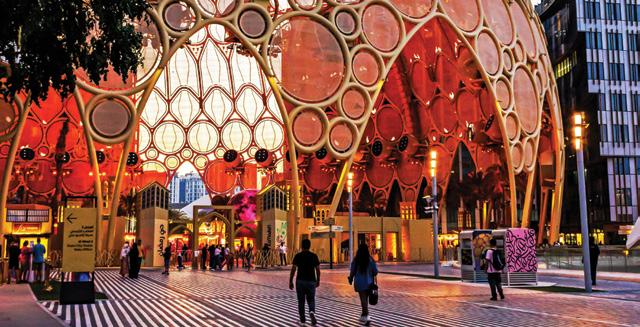

The GCC is building greener, or so we’re told. But in an age of net-zero pledges and LEED plaques, is sustainability delivering outcomes, or just optics?

TAs a member of Impact Innovation Board, Khadeeja merges creative strategy, emerging trends, and community building to drive transformation. With a Fine Art background and a passion for cultures, she crafts impactful narratives bridging startups, industry insights, and public-private sectors.
Words by: Khadeeja Hamid
he word sustainability is everywhere. It’s in boardroom presentations, glossy marketing brochures, and even the scaffolding banners that wrap new towers. But behind the talk lies a pressing question for GCC construction: when you strip away the buzzword, what does sustainability really mean?
As the region races to redefine its urban future, with
Saudi Arabia’s $1.3 trillion giga-projects, the UAE’s green corridors, and Qatar’s carbon-neutral infrastructure push, here’s an urgent need to move beyond slogans and into the hard mechanics of building better.
In GCC construction, sustainability is too often treated as a badge to wear. But true sustainability demands rigor across three dimensions: environmental performance, economic value, and social impact.

Environmental: Environmental impact is the most obvious pillar, and the one getting the most attention. From the UAE’s net-zero 2050 pledge to Saudi Arabia’s Vision 2030, governments are setting stricter benchmarks like Estidama’s Pearl Ratings and widespread LEED certifications. But true sustainability demands we go deeper: How much embodied carbon is locked into the concrete we’re pouring? Are materials sourced responsibly, or shipped halfway across the globe? What happens to this building in 50 years, will it adapt, or be torn down?
Economic: Sustainability is also about financial resilience. A circular economy could unlock $23 billion in the GCC by 2030 through reusing construction waste and cutting resource intensity. Developers are embracing lifecycle costing, asking not just how much a building costs to erect, but how much it costs to run, maintain, and eventually decommission.
Social: Worker welfare, community-centered design, and supply chains that prioritize human rights and local economies are critical. From modular housing for workers to shaded walkable corridors in dense urban zones, the question is shifting to a more human side of sustainability: who are we building for?
Together, these dimensions offer a more holistic definition of sustainability, and they expose how far the industry still has the potential to grow.
Concrete accounts for nearly 8% of global CO₂ emissions. In a region where it’s the default material, rethinking the mix is critical. Alternative materials are gaining ground: geopolymer cement, mass timber, and even façades made from photovoltaic glass. In Msheireb Downtown Doha, 90% of construction waste was diverted from landfill through careful material planning.
The GCC sends 35–40% of its solid waste to landfill through conventional builds. A shift toward circular design, where modules are designed for disassembly, and material passports track lifecycles is underway. UAE startup Midar is piloting scannable lifecycle IDs for concrete slabs and solar panels.
But without robust data, sustainability risks staying superficial. Abu Dhabi’s Estidama Pearl ratings and Dubai’s Green Building Regulations are
starting to mandate energy and water reductions, while embodied carbon tracking is creeping into regional standards.
No single firm can engineer a green future alone. Containerized solar microgrids from Enerwhere power remote camps without diesel. Consultancies like KEO guide developers on embedded carbon from concept stage. Legacy firms ALEC, KEO, LWK+Partners are partnering with agile startups to pilot new materials and circular workflows. This hybrid model blends scale with ecosystem agility.
Sustainability in GCC construction can’t remain a marketing buzzword. It must be quantified: carbon, waste, water, embodied energy. It must be operational: circular materials, passiveactive systems, and lifecycle thinking. And it must be systemic: measurable standards, enforced through regulation, and driven by cross-industry collaboration.
The region is building fast. Let’s ensure what it builds lasts, for people, planet, and profit. For outcomes, not optics.

PropTech is fueling Dubai’s soaring property market, with Q1 2025 transaction volumes surging 50% yearon-year to over 42,000 deals—signalling unstoppable momentum
Dubai’s PropTech Advantage And What It Means For Entrepreneurs
Property technology (PropTech) involves the use of technology to improve and streamline the real estate industry. It covers everything from online listing platforms and property management software to smart thermostats and other devices that modernise the home and make life easier. PropTech increasingly leverages AI to deliver with even greater efficiency.
PropTech is one of the elements supporting Dubai’s property sector as it continues its strong upward trajectory. The latest figures from Q1 2025 show that transaction volumes have risen to 42,273 – a 50% increase compared to the same period the previous year. Meanwhile, the total sales value reached $31 billion.
Therefore, the city has evolved into a high-value, globally competitive real estate market. But what is the role of PropTech in all this, and how will this change in the future?
This article examines how the government has contributed to driving the PropTech boom, the opportunities it presents for entrepreneurs, and its broader economic impact.
The Government’s Role In Dubai’s PropTech Boom
Several key government initiatives are at the heart of Dubai’s PropTech surge. One aspect is the recently launched Dubai PropTech Hub, which is designed to double the value of the PropTech sector. The stated five-year goal is to surpass $1.2bn.
This is part of the broader vision outlined in the Dubai Economic Agenda D33 and the Dubai Real Estate Sector Strategy 2033. The priorities outlined in these plans include a strong focus on innovation and sustainability –two areas that PropTech, in general, and the PropTech Hub, specifically, can support.
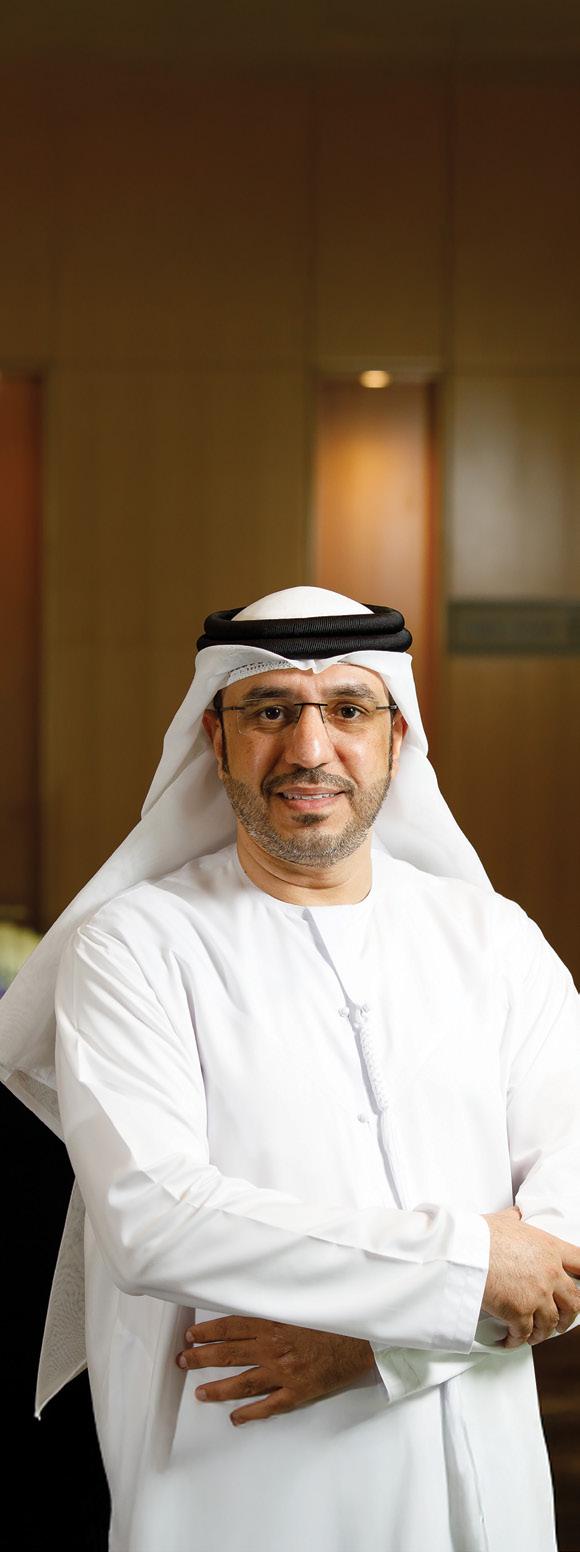
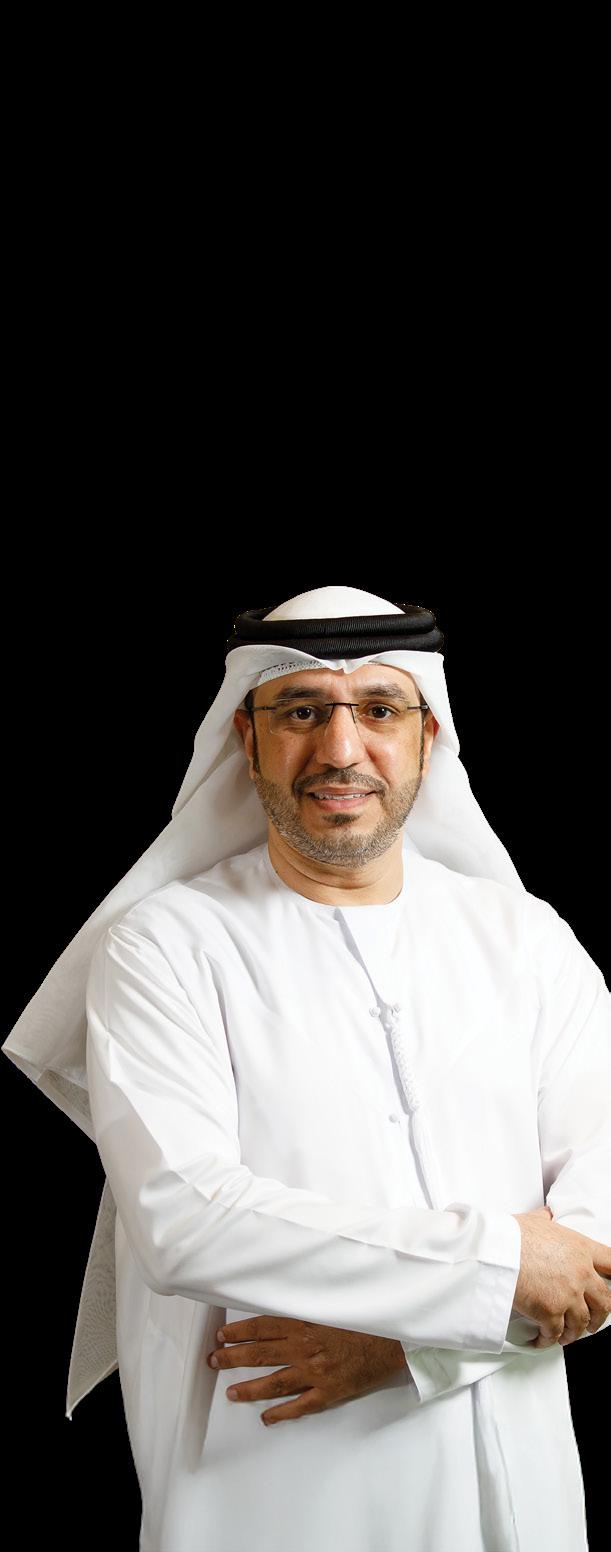
The Hub is a platform that brings together a wide variety of stakeholders, including real estate developers, government entities, and startups. Its goal is to speed up the digital transformation of the sector. This will include everything from the increased use of smart contracts, AIpowered valuations, blockchain-based transactions, and virtual- and augmented-reality property tours. There’s almost no area of real estate where PropTech is not active.
Empowering Startups And SMEs In The PropTech Sector Entrepreneurs can take advantage of unprecedented access to resources, funding opportunities and networking in the PropTech sector thanks to various government initiatives. It’s a fully functioning ecosystem backed by the private and public sectors.
One significant recent development is the MoU signed between the Dubai Integrated Economic Zones Authority (DIEZ) and the Dubai Land Department (DLD) as a way to support PropTech startups and SMEs.
Through this partnership, a series of joint programmes will be introduced to drive digital transformation in the real estate sector, boost efficiency for property businesses, and support the growth of startups by providing access to infrastructure and regulatory support. This is good news for those considering entering the market. Meanwhile, these initiatives also aim to enhance market transparency by adopting data-driven technologies.
There are already several notable Dubai-based PropTech companies operating in the real estate sector. Focuses include creating real estate search portals that provide smarter and more intuitive user experiences. If we look beyond listing platforms, the industry is increasingly focused on smart building systems, AI-driven real estate analytics, and digital twin modelling for construction. These developments include predictive maintenance to anticipate and address issues proactively, as well as optimising energy consumption.
Virtual and augmented reality tools are being developed in Dubai for a more immersive property visualisation experience, as well as blockchain-based models for fractional ownership and secure transactions.
It makes sense that these developments are driven by Dubai-based startups, given the city’s move towards putting data at the centre of everything to deliver a more sustainable and investor-friendly city.
How Entrepreneurs Can Capitalise?
For forward-thinking founders and innovators, Dubai’s PropTech boom presents a real opportunity. Whether you’re a seasoned real estate professional or a tech entrepreneur looking to break into the sector, here’s how you can take advantage:
• Join the Dubai PropTech Hub: Participate in accelerator programmes, pitch events, and collaborative challenges that connect you with investors, developers, and government agencies.
• Use DIEZ-DLD support: Register your business in one of Dubai’s economic zones to benefit from streamlined licensing, R&D incentives and co-working spaces.
• Build the right tools: Develop PropTech solutions that help businesses meet new regulatory demands, automate due diligence, or enhance tenant onboarding.
• Target niche needs: There’s untapped demand for technologies in areas such as fractional ownership, property management automation, AI-led investment advisory services, and smart maintenance solutions.
• Stay aligned with Dubai’s strategies: Understand the policy landscape and align your product or service with Dubai’s long-term strategic goals to increase your chances of securing grants or partnership opportunities.
• Scale regionally: With Saudi Arabia and the wider GCC following Dubai’s lead, a scalable PropTech solution can quickly gain traction across multiple markets, especially given the region’s shared enthusiasm for economic diversification and digital transformation.
Real estate has long been a key pillar of Dubai’s economy. But in today’s digital-first landscape, the sector’s sustained growth depends on its ability to adapt and innovate. PropTech should not be seen as just another buzzword –it’s at the heart of creating greater market efficiency, more transparency, and an overall better customer experience.
Dubai’s early adoption of PropTech solutions also enhances its global appeal to investors and businesses, further solidifying the city’s position as a magnet for both capital and talent. The ripple effects include increased FDI, job creation, and elevated standards across the entire real estate value chain.
Dubai’s embrace of PropTech is more than a technological trend – it’s a strategic move to future-proof one of its most critical economic sectors. With record-breaking real estate transactions, a supportive regulatory environment, and strong government backing, the city is laying the groundwork for PropTech to become a central driver of economic growth over the next decade.
For entrepreneurs, this is a rare moment when timing, market need, and government support have all aligned. The window to enter and Scale in Dubai’s PropTech ecosystem is wide open, and the rewards for those who act now could be transformational.
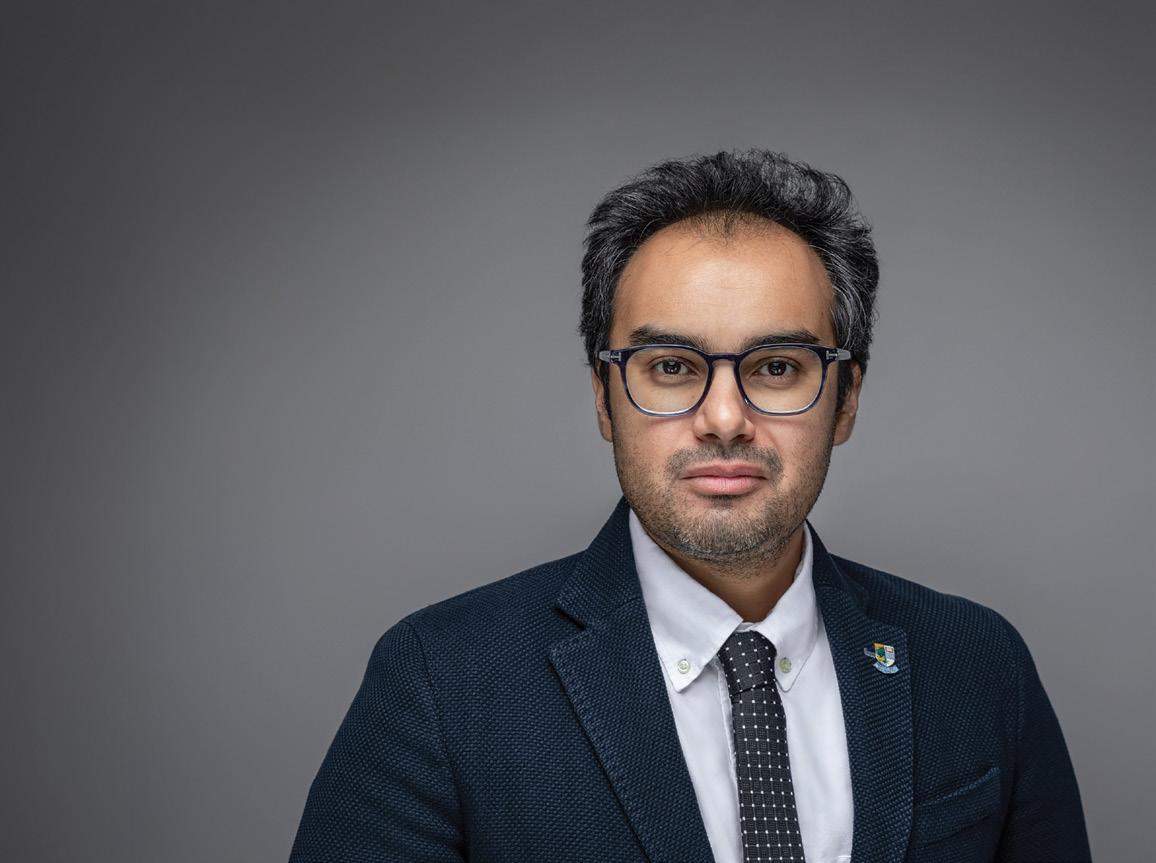
When cities grow upward, safety can’t fall behind. Dr. Hassam Chaudhry sheds light on the life-saving role of fire protection in high-rise construction.
As cities worldwide become more densely populated, high-rise buildings have emerged as a practical and popular solution to urban expansion. Nowhere is this more evident than in fast-
growing hubs like Dubai, where towering skyscrapers define the skyline and accommodate diverse residential and commercial needs. However, the very nature of high-rise living introduces complex safety considerations, of which fire
protection remains one of the most critical.
From a health and safety standpoint, ensuring the wellbeing of occupants, workers, and emergency responders in high-rise environments demands

a robust and proactive approach. These buildings bring inherent challenges related to evacuation, emergency access, and exposure to hazards, all of which must be addressed through thoughtful design, regulation compliance, and continuous safety management.
Fire hazard is one of the most serious risks to occupant safety in high-rise buildings. Unlike low-rise structures, where escape and firefighting are more streamlined, high-rise towers create logistical challenges. Extended vertical travel, high occupant loads, and limited firefighting equipment access can significantly impact an emergency’s outcome. Additionally, smoke and heat can rapidly spread through shafts, stairwells, and service ducts, threatening health through asphyxiation, burns, or panic-induced injuries during evacuation.
A recent incident in Dubai Marina,
where a fire broke out in a 67-story building, highlighted these concerns. The fire initiated on the upper floors of this residential high-rise, and several occupants were impacted by smoke inhalation. However, the worst was avoided thanks to the building’s internal protection and the swift response of Dubai Civil Defence. From a broader occupational and public health perspective, this incident highlights the ongoing responsibility of building operators and health and safety professionals to safeguard lives during construction and throughout the building’s life. Safe design, continuous maintenance, and stakeholder training are all part of a healthy built environment.
In this context, passive fire protection (PFP) is crucial in safeguarding life. Unlike active systems such as sprinklers or alarms, passive fire protection works silently and constantly, forming part of the building’s fabric. It is designed to
contain fire and smoke at the source, reduce heat transfer, and buy precious time for occupants to evacuate safely, significantly reducing the risk of injury or loss of life. From a health and safety perspective, key passive systems include fire-rated partitions and floors that compartmentalise the building, fire doors and dampers that limit the spread of smoke, and intumescent coatings that help maintain structural integrity under heat. Proper installation and routine maintenance of these systems are crucial. Inadequate fire stopping, poorly sealed cable penetrations, or degraded materials can lead to system failure, directly jeopardising occupant health and safety during an incident.
The UAE’s Fire and Life Safety Code of Practice integrates health and safety principles into building regulations. It emphasises design and post-occupancy safety through requirements like fireresistant construction, safe entry and exit planning, signage, and periodic safety drills. For health and safety professionals, this means working with architects, engineers, facility managers, and tenants to ensure systems are understood, regularly inspected, and compliant.
The lessons are clear- health and safety in high-rise construction must go beyond compliance. It requires a human-centred approach, considering how people move, respond, and survive in emergencies. Passive protection systems are one element in a larger design, behaviour, and regulation ecosystem that works together to protect life. A well-designed building is efficient and beautiful; it is one where every occupant feels safe, and every emergency has been anticipated.
Dubai’s proactive steps in reviewing safety systems, upgrading codes, and enhancing emergency preparedness show the value of a city committed to health and well-being in the built environment. As vertical urbanisation continues to rise globally, other cities can take note that prioritising health and safety is not just a regulatory need but a moral and social imperative.
Director,

Systems

Why is Preventive Maintenance Essential for Fire Safety in the UAE?
IOriginally written by Charalampos Sarafopoulos. Edited by Vibha Mehta.
n the UAE’s rapidly urbanising landscape, fire safety is not just a regulatory requirement; it is a societal imperative. The UAE fire protection market was valued at USD 3.4 billion in 2024 and is projected to grow at a compound annual growth rate of 9% through 2030, driven by stringent government regulations, increased safety awareness, and the ongoing expansion of the construction sector. Dubai and Abu Dhabi, as regional business hubs, are at the forefront of implementing advanced fire safety solutions, reflecting the government’s commitment to protecting its substantial investments in real estate and infrastructure.
The regulatory backbone of fire safety in the UAE is the UAE Fire and Life Safety Code, first established in 2011 and most recently updated in 2020. This comprehensive framework mandates the use of non-combustible, fire-resistant materials, the installation of NFPA 72-compliant detection systems, and regular maintenance and testing of suppression systems, evacuation plans, and façade safety.
Non-compliance can result in fines, insurance complications, or even suspension of operations, making regular preventive maintenance a non-negotiable priority for every facility manager and building owner.
Data from the Ministry of Interior shows that civil defence teams responded to 2,473 fires in 2023, a decrease from 3,000 in 2022, yet residential fires and major incidents have increased year-on-year, with 1,636 residential fires recorded in 2023, up from 1,385 the previous year. These figures underscore the critical importance of ongoing vigilance and robust fire safety systems, particularly in high-occupancy buildings and rapidly growing urban areas.
The Dubai Civil Defence’s “1 Billion Readiness” initiative, launched in January 2025, is a testament to the UAE’s leadership in global fire safety. This unprecedented campaign aims to train and raise awareness among 1 billion people worldwide on fire prevention techniques by 2027, leveraging international collaboration across 34 countries and 18 major
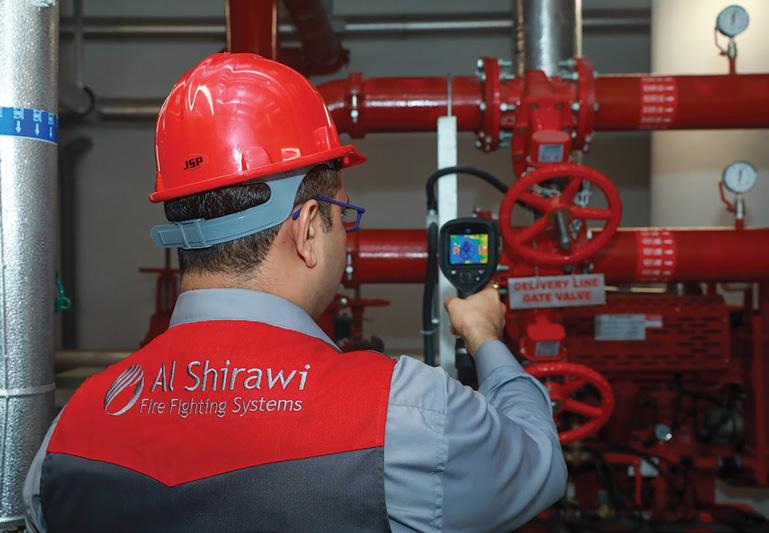
firefighting organisations. Locally, the initiative will deliver comprehensive awareness campaigns targeting individuals, government institutions, private sector entities, and schools, ensuring that fire safety knowledge reaches every segment of society.
Preventive maintenance is the linchpin of this ecosystem. It bridges the gap between equipment installation and dependable performance, reducing unexpected failures, ensuring regulatory compliance, and extending the lifespan of critical assets. Regular inspections of fire alarms, sprinklers, extinguishers, emergency lighting, and fire doors are essential to ensure that all systems are operational and ready to perform under emergency conditions. Best practice guidelines recommend weekly visual checks, semiannual servicing of alarms and emergency lights, and annual maintenance for hoses, hydrants, and extinguishers, all of which are documented and digitally tracked for audit readiness.
A structured preventive maintenance plan should begin with a comprehensive fire hazard assessment, identifying and categorising risks by likelihood and potential impact. Facility management software can transform this process, enabling real-time tracking, automated reminders, and seamless sharing of documentation across teams. Asset tagging, condition monitoring, and digitised inspection reports are now industry standards, ensuring that every component
from smoke detectors to suppression systems is maintained to the highest standard and ready for immediate response.
Innovation is playing an increasing role in fire safety. The adoption of Building Management Systems (BMS) that integrate fire safety monitoring, graphicsbased alarm panels, and Central Monitoring Systems (CMS) is transforming traditional approaches. These technologies provide real-time data, automated diagnostics, and remote oversight, thereby reducing the need for manual checks and enhancing compliance tracking. In Dubai, the introduction of DXB-Specific Certificates of Conformity and enhanced verification protocols in 2024 has set a new global benchmark for product and system compliance, ensuring that only genuine, high-quality components enter the market and are maintained throughout their lifecycle.
Sustainability is also becoming a central pillar of fire safety strategy. The UAE’s push for green infrastructure and smart cities is driving demand for energy-efficient fire pumps, clean agent suppression systems, and retrofitting solutions that minimise environmental impact while maximising safety. Digital transformation through paperless operations, mobile reporting tools, and cloud-based systems not only supports environmental responsibility but also enhances operational efficiency.
Ultimately, the UAE’s progress in fire safety is a result of strong regulation, proactive government initiatives, and a growing culture of preventive maintenance. Facilities management leaders must prioritise regular audits, leverage digital tools for oversight, invest in ongoing workforce training, and align their strategies with national programs, such as the “1 Billion Readiness” initiative. The stakes are high: lives, property, and reputations depend on the reliability of fire safety systems. By adopting a proactive, datadriven, and collaborative approach, the region’s built environment can continue to set benchmarks for safety, resilience, and operational excellence.
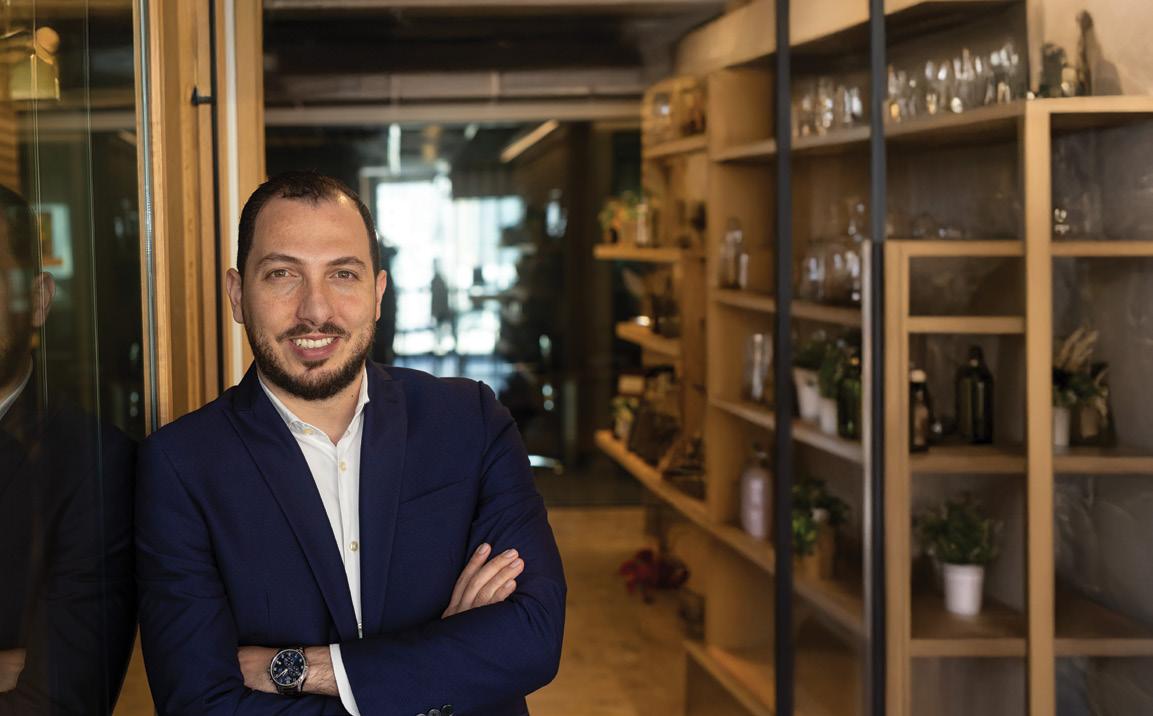
Across the MENA region, momentum surrounding ESG and climate action is accelerating, driven by a convergence of national net-zero targets, global investor pressure, and increasingly visible climate risks. As countries move from ambition to enforcement, both public and private sector players are being called to act with greater urgency and clarity.
The UAE’s Federal Decree-Law No. 11 on Climate Change is a powerful example of this shift. As the first legally binding climate law in the Arab world, it mandates emissions reductions, introduces governance structures, and puts climate risk and resilience squarely on the agenda. While the UAE is charting a bold course, similar legislative and policy developments are underway in Saudi Arabia, Qatar, Egypt, and beyond, signalling a region-wide transition toward enforceable climate policy.
For businesses, the implications extend far beyond compliance. Climate risk, whether physical (such as rising temperatures, water stress, or extreme weather) or transitional (like regulatory shifts, carbon pricing, and evolving
Cundall is a global, multi-disciplinary engineering and design consultancy known for delivering innovative, sustainable solutions across the built environment. With a strong presence in the Middle East, the firm is widely recognised for its expertise in MEP, sustainability, and smart building design. Cundall’s commitment to environmental responsibility and engineering excellence positions it as a trusted partner for forward-thinking projects across the region.
stakeholder expectations), is now a material consideration. Understanding how these risks impact asset performance, business continuity, and long-term value has become critical.
Climate risk assessments, scenario planning, and resilience strategies are no longer optional -they are foundational tools for forward-thinking organisations. This is especially relevant in the MENA region, where many companies manage ageing, energyintensive assets that were not designed for a carbon-constrained future.
While retrofitting will continue to play a role, the broader shift is toward integrating climate and carbon considerations into investment strategy, procurement, operations, and governance.
Decarbonisation, too, is no longer limited to new projects. It now demands portfolio-level action, setting baselines, establishing credible targets, identifying abatement pathways, and aligning with global standards such as TCFD, ISSB, and regional frameworks.
This is where ESG plays a unifying role: connecting climate strategies
with governance structures, disclosure practices, and stakeholder engagement. Regulators, investors, and clients are all looking for transparency, action, and measurable impact. Organisations that respond early will secure competitive advantages, not just in compliance, but in resilience, reputation, and access to green capital.
Our firm has been supporting this transformation across MENA, working with both public and private sector clients to turn sustainability ambitions into actionable strategies. From ESG frameworks and climate risk assessments to net-zero roadmaps and decarbonisation programs, we tailor our approach to regional realities and sector-specific challenges. Our work spans early-stage baselining, scenario modelling, and retrofit planning, through to aligning disclosures with global and local standards, helping organisations navigate complexity and move forward with confidence.
The path forward is clear. In a region already on the front lines of climate change, leadership will not be judged by the strength of commitments, but by the speed, substance, and credibility of its execution.
